Nombre:
Foshan
Otro:
Localización:
View Larger Map
Tipo: Urbanismo
Categoría:
Foto:
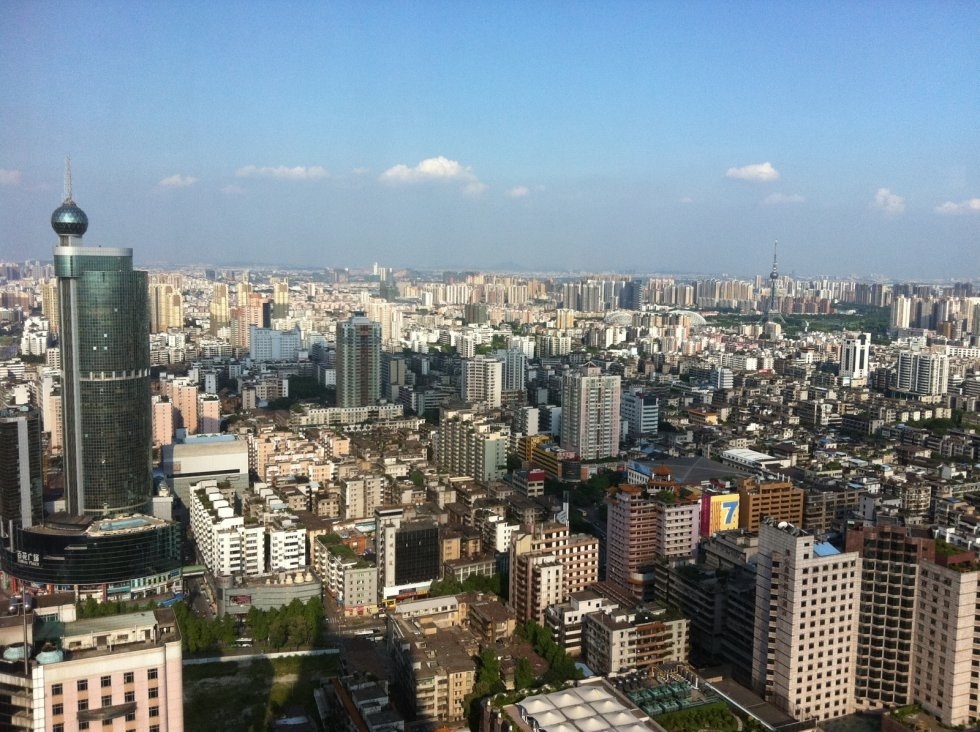
Voto:
Continente: Asia
País: China
Localización: Provincia de Guangdong
Año:
Estado: Terminado
Descripción:Foshan, la ciudad de la porcelana
Foshan es una ciudad en el centro de la provincia de Guangdong en el sur de China. El área bajo la jurisdicción de la prefectura de la ciudad tiene un área de 3.840 km ² y muchos siglos de edad, y era famosa por su industria de la porcelana.
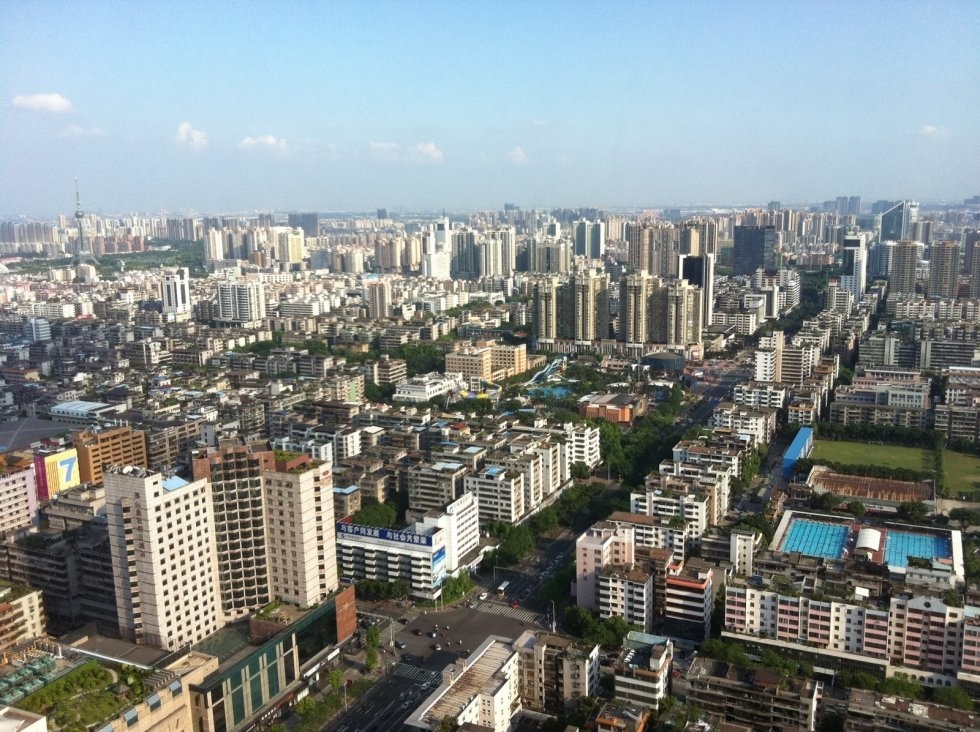
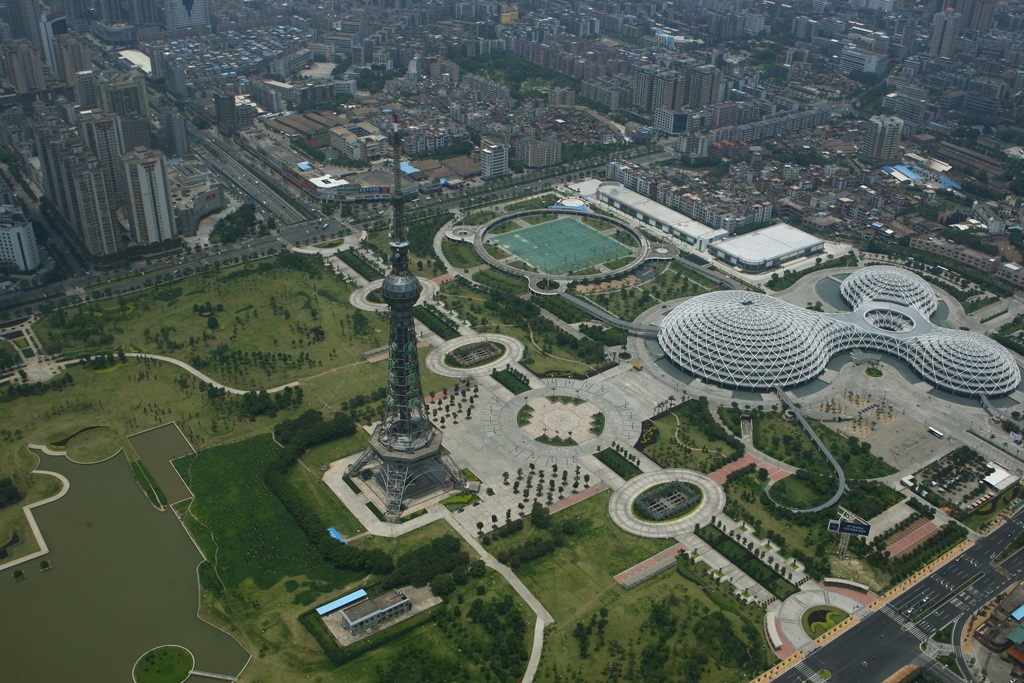
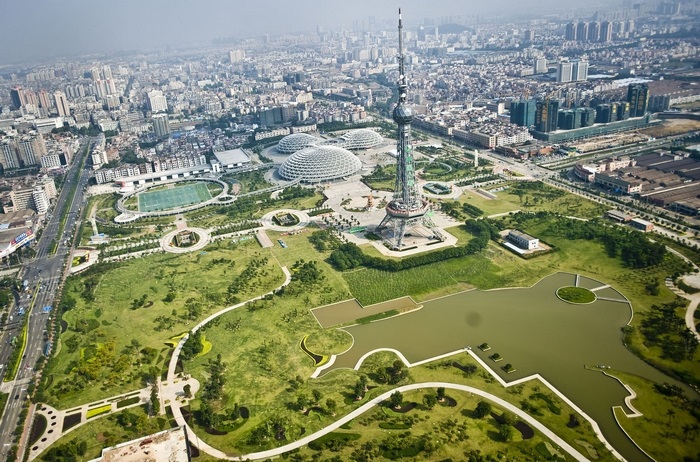

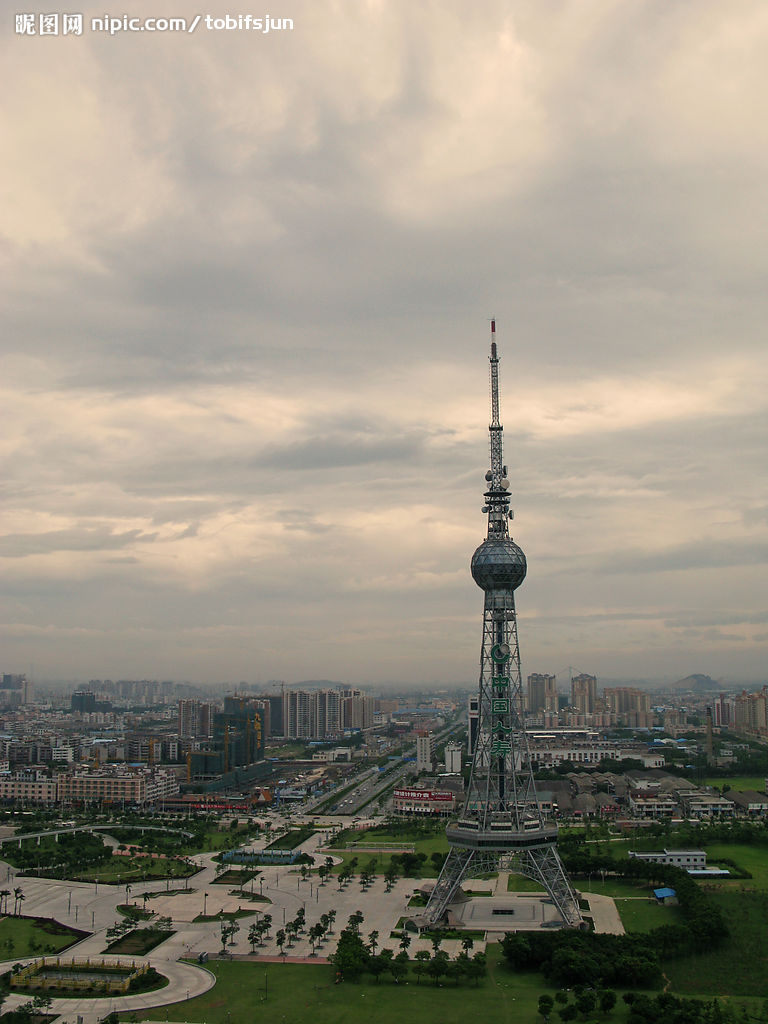
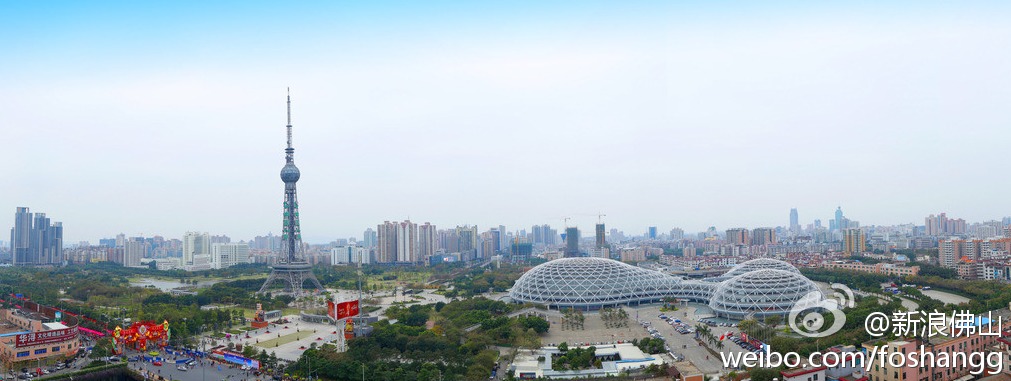
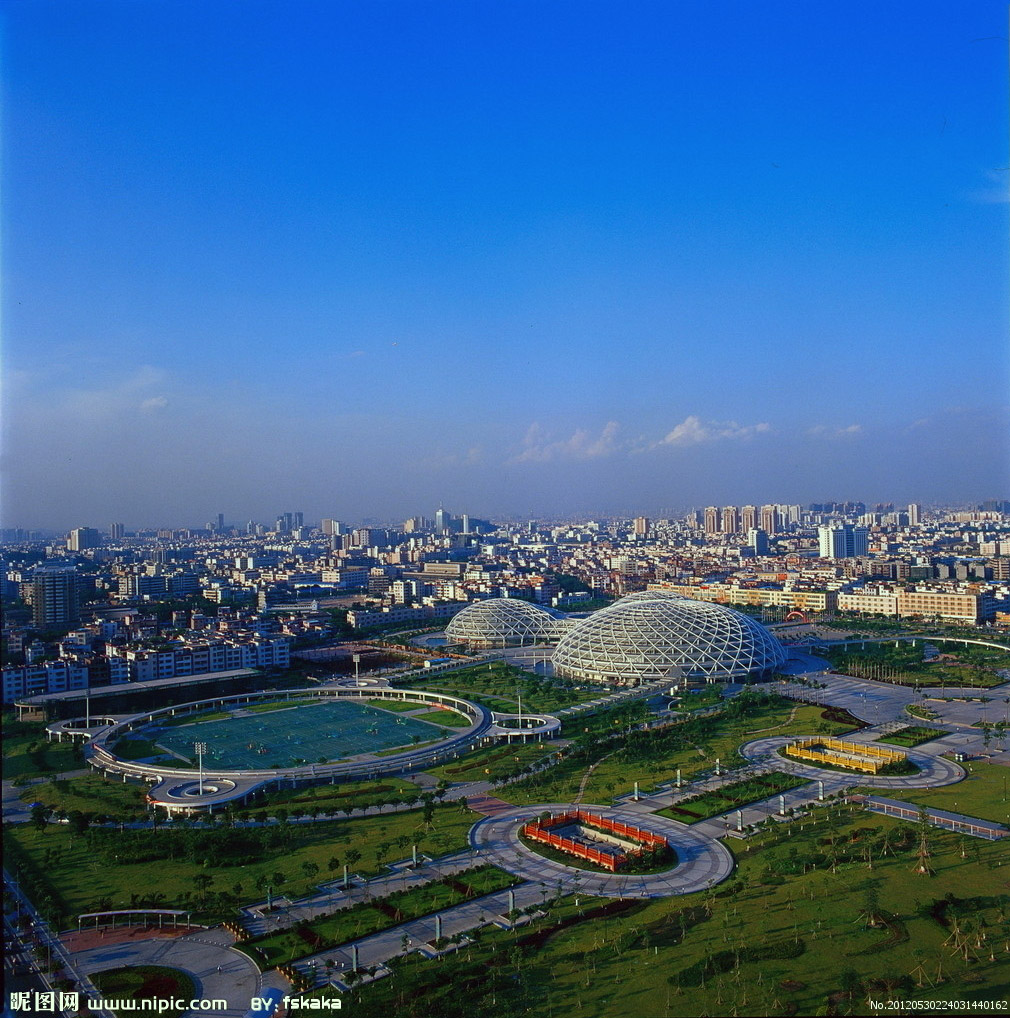
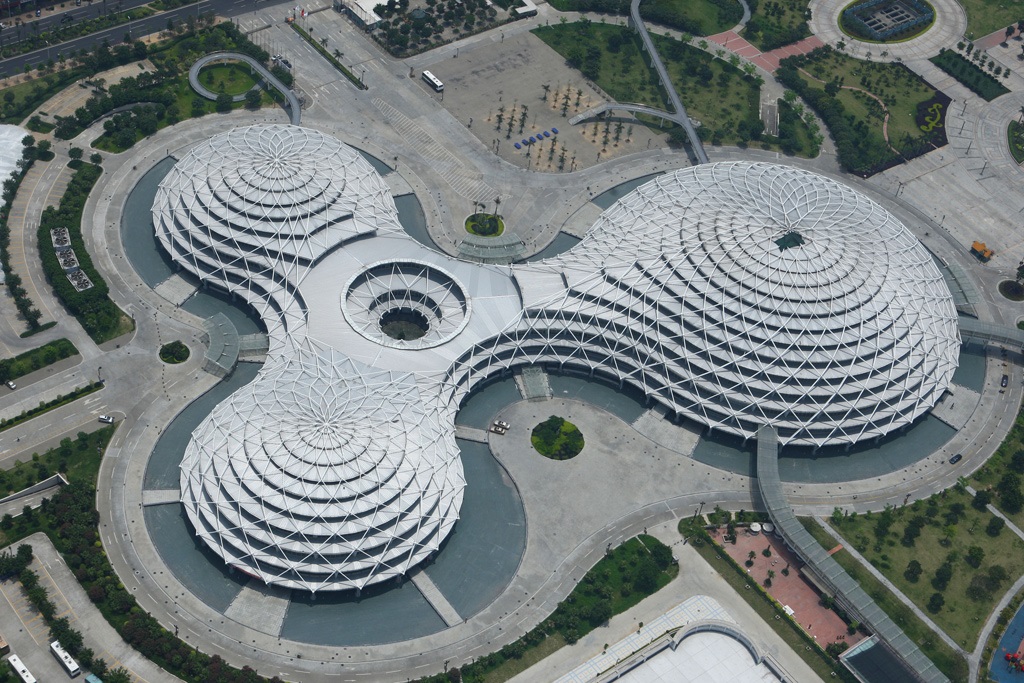
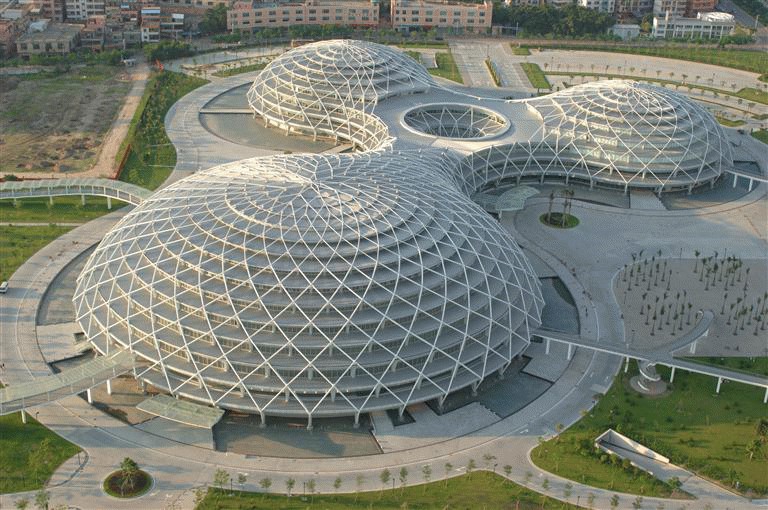
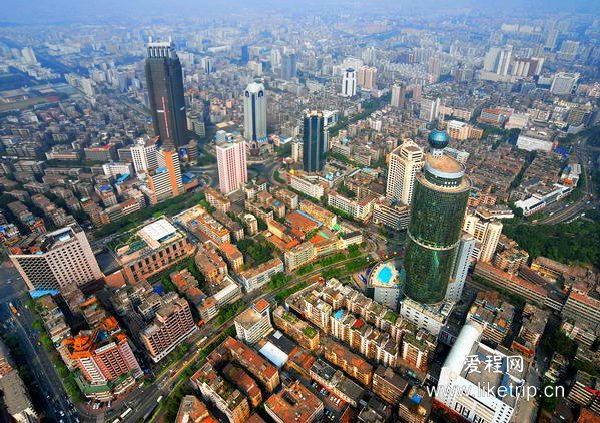


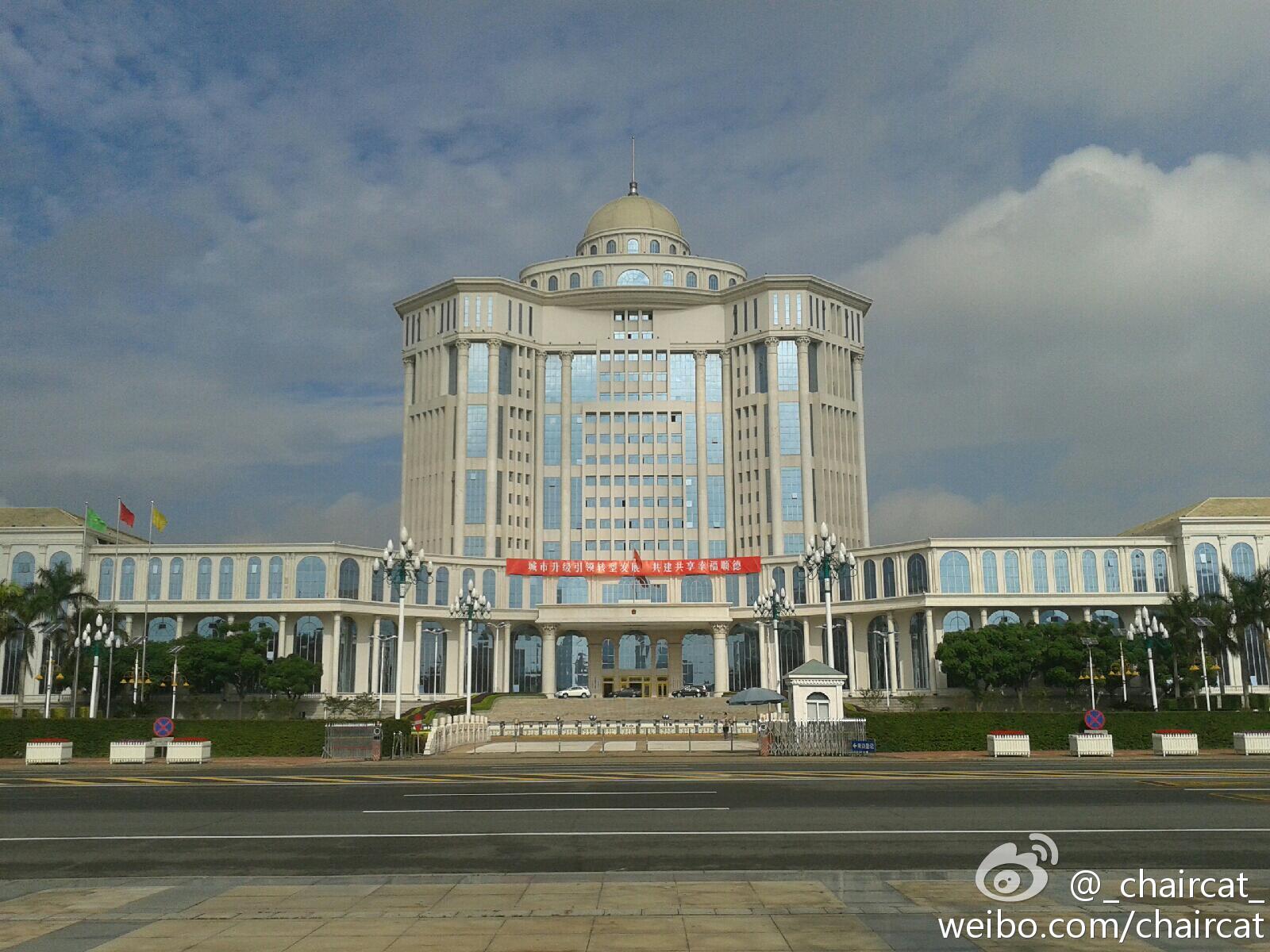
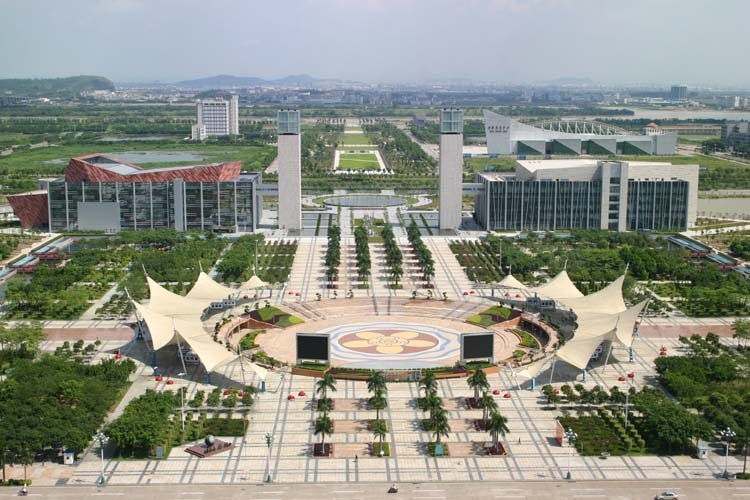
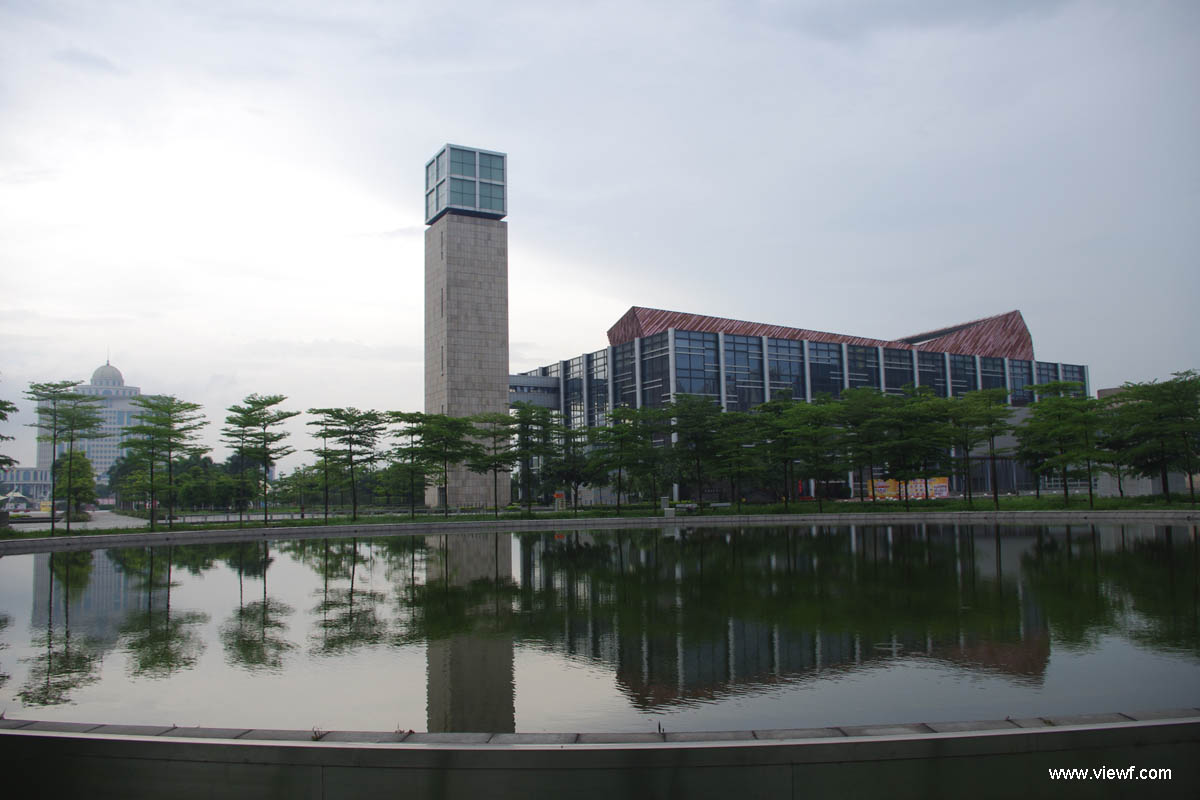
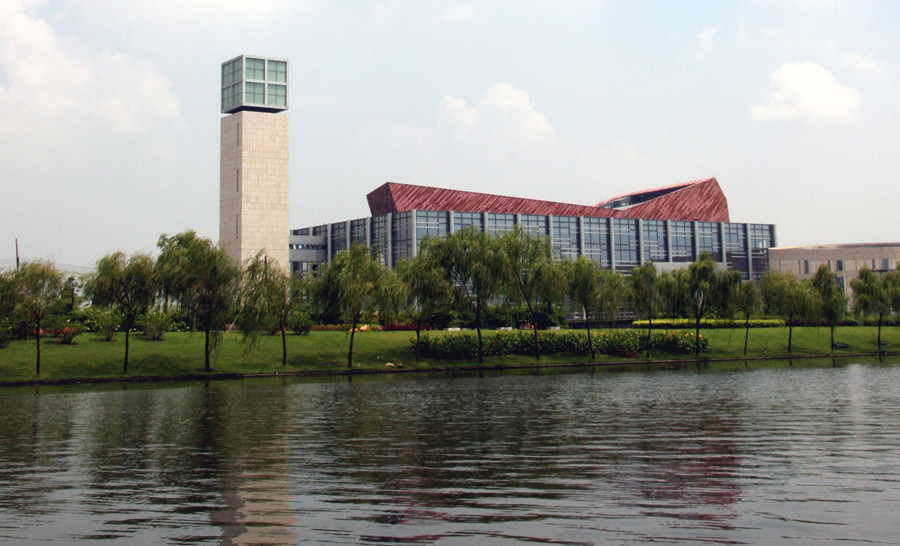
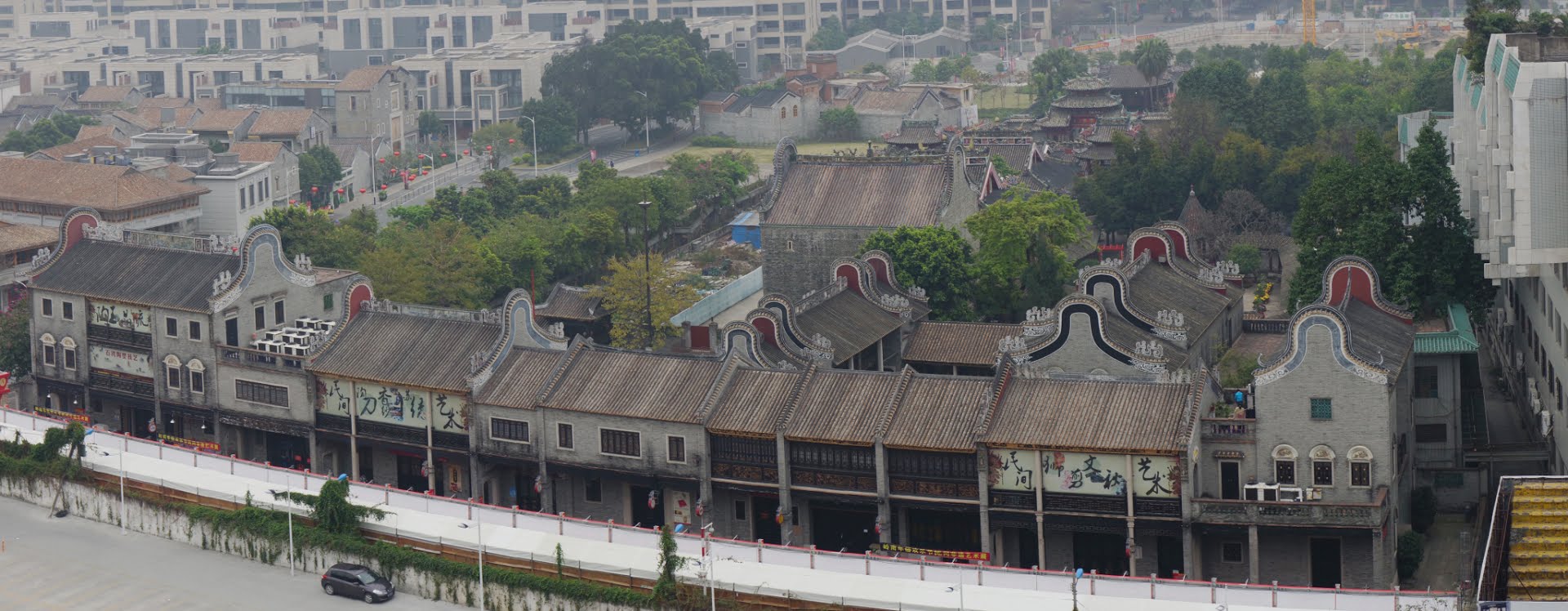

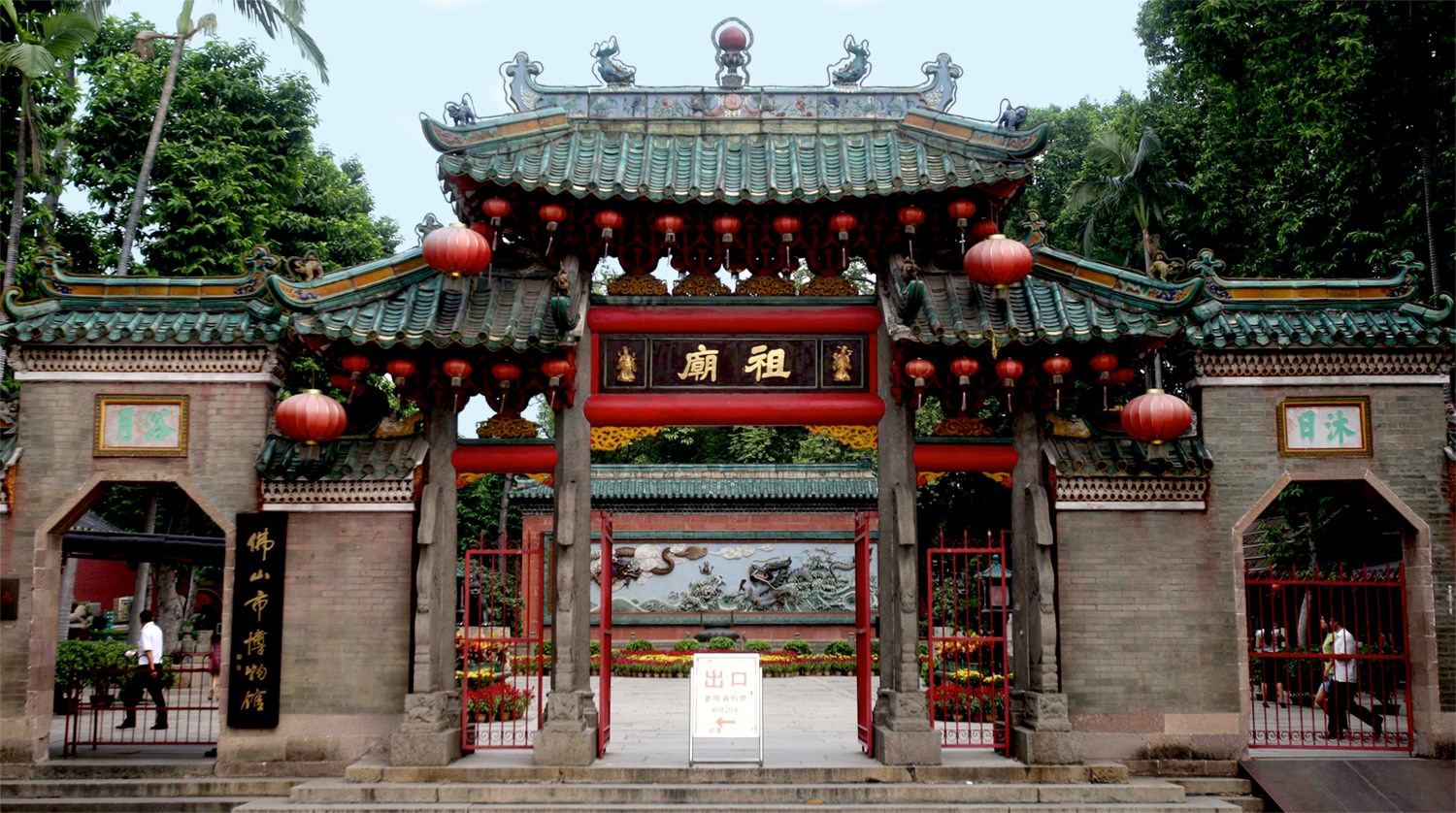
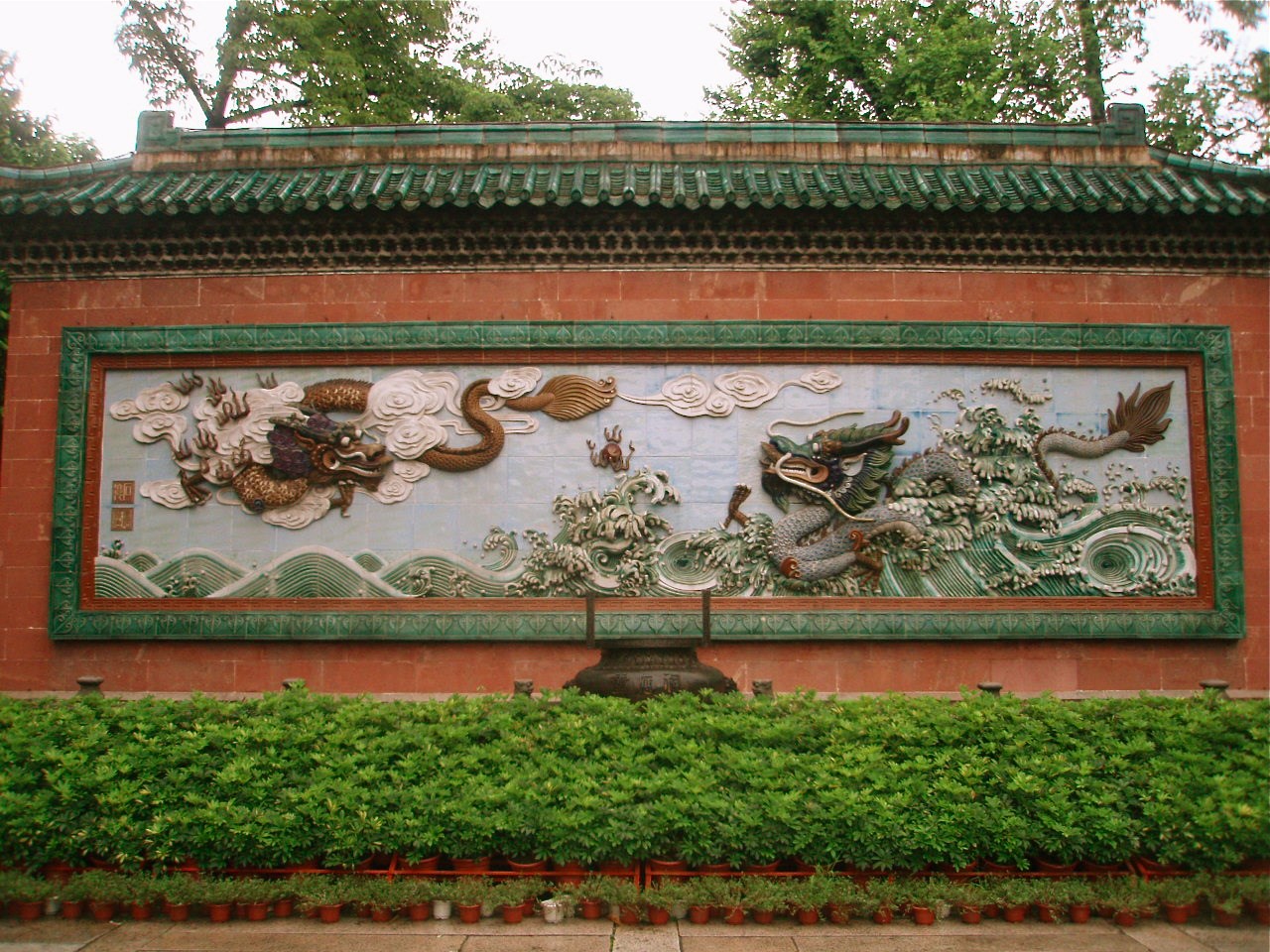
Ahora, es la tercera ciudad más grande de Guangdong yse ha convertido en relativamente ricos en comparación con otras ciudades chinas, y es el hogar de muchas grandes empresas privadas. Foshan ha visto recientemente una transformación interpuesto por la floreciente economía de China.
Foshan tiene muchos lugares de interés, incluidos los templos chinos y otros ejemplos de la arquitectura china. El antiguo templo Zu en las casas de Foshan tutor de la ciudad, donde ha permanecido durante cientos de años. El templo sigue en pie después de soportar muchas guerras y la Revolución Cultural. Gran parte de su arquitectura original sigue intacta. El templo se utiliza ahora para la etapa de la tradicional ópera de Cantón por la noche.
Destaca una estatua de Guan Yin en el Monte Xiqiao, en NanhaiBesides el templo Zu, otro ejemplo de los edificios tradicionales de China es el Yuan Liang. Es una de las cuatro famosas Yuan, o propiedades privadas, en Guangdong.
Tiene un estilo de construcción de las dinastías Qing Ming, con la artesanía delicada en todo el edificio, y un jardín compacto y de diseño elegante. Muy cerca de este sitio hay un grupo de edificios conservados que se remontan a la dinastía Qing.
Otro sitio potencial turístico en Foshan es el horno de porcelana antigua en Shi Wan. Se dice que han estado en funcionamiento desde la dinastía Tang, y el fuego interior nunca se ha apagado. Se siguen produciendo algunos de los objetos de porcelana que hizo famosa Foshan. Alrededor de ese sitio muchos talleres de los artistas locales.
http://www.absolut-china.com/foshan-la-ciudad-de-la-porcelana/
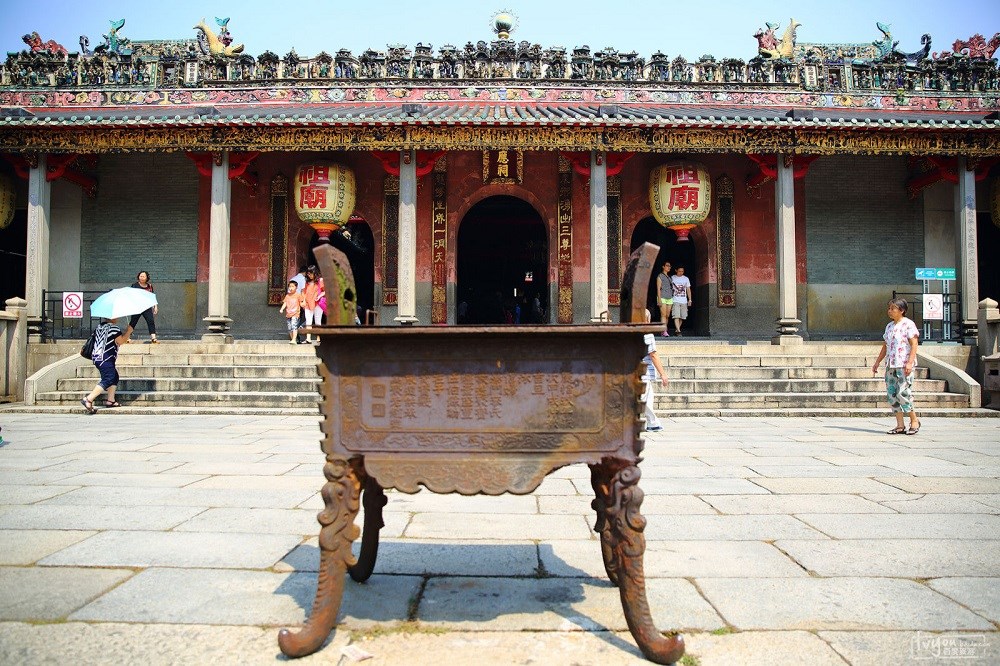
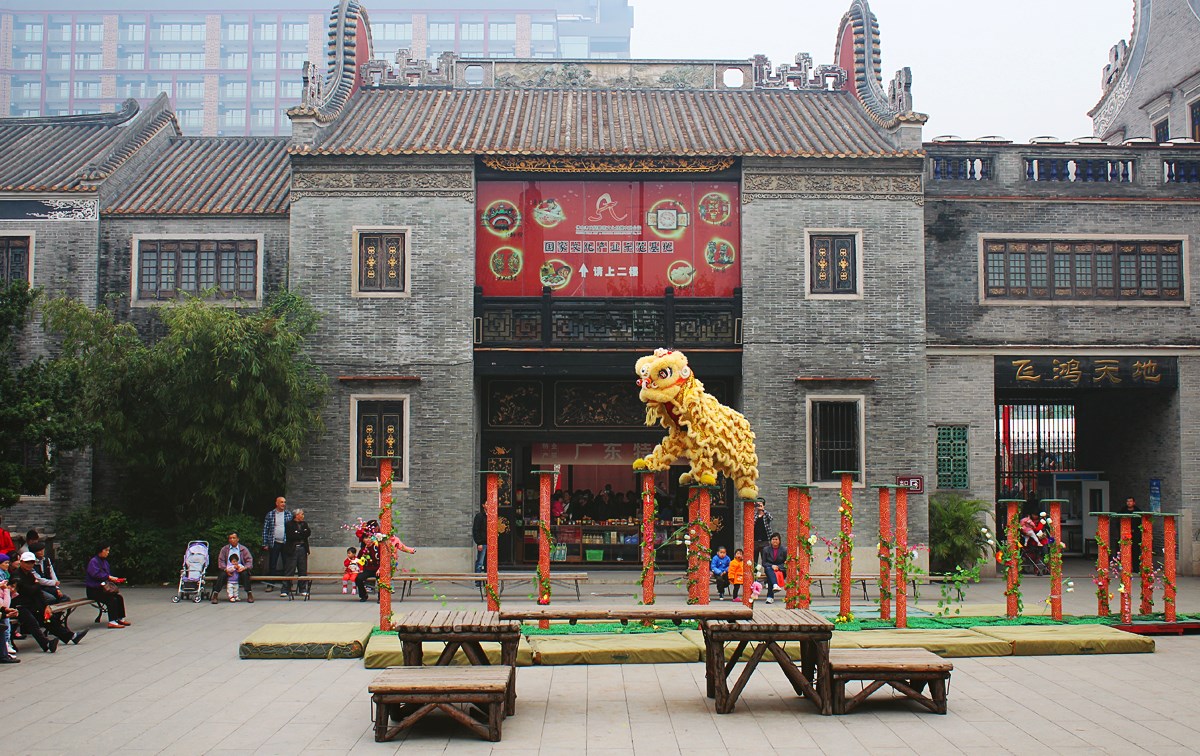
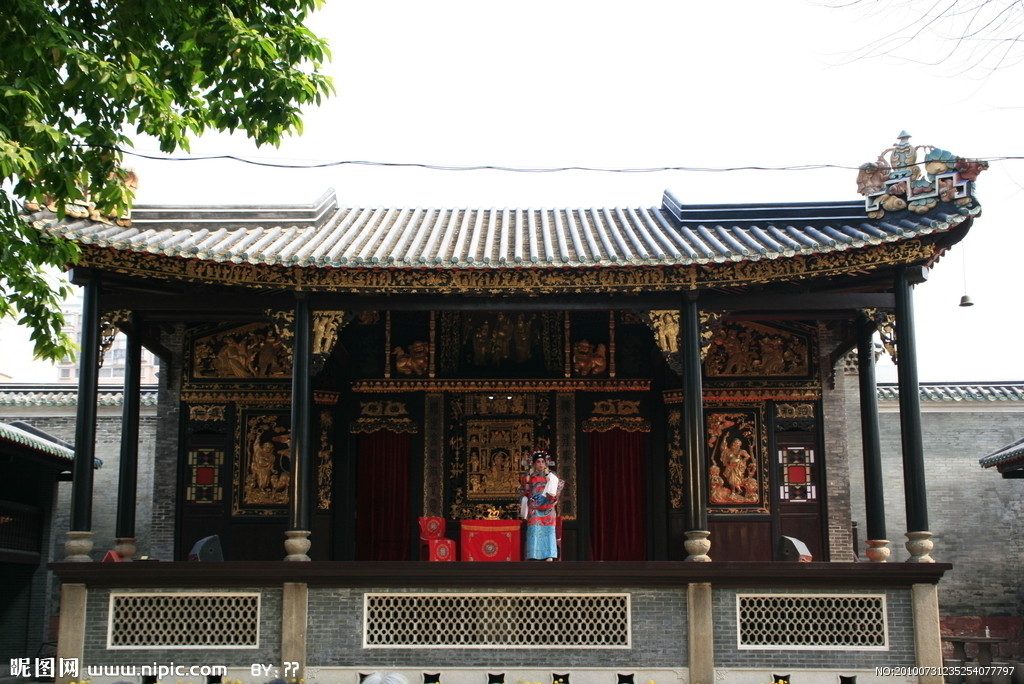

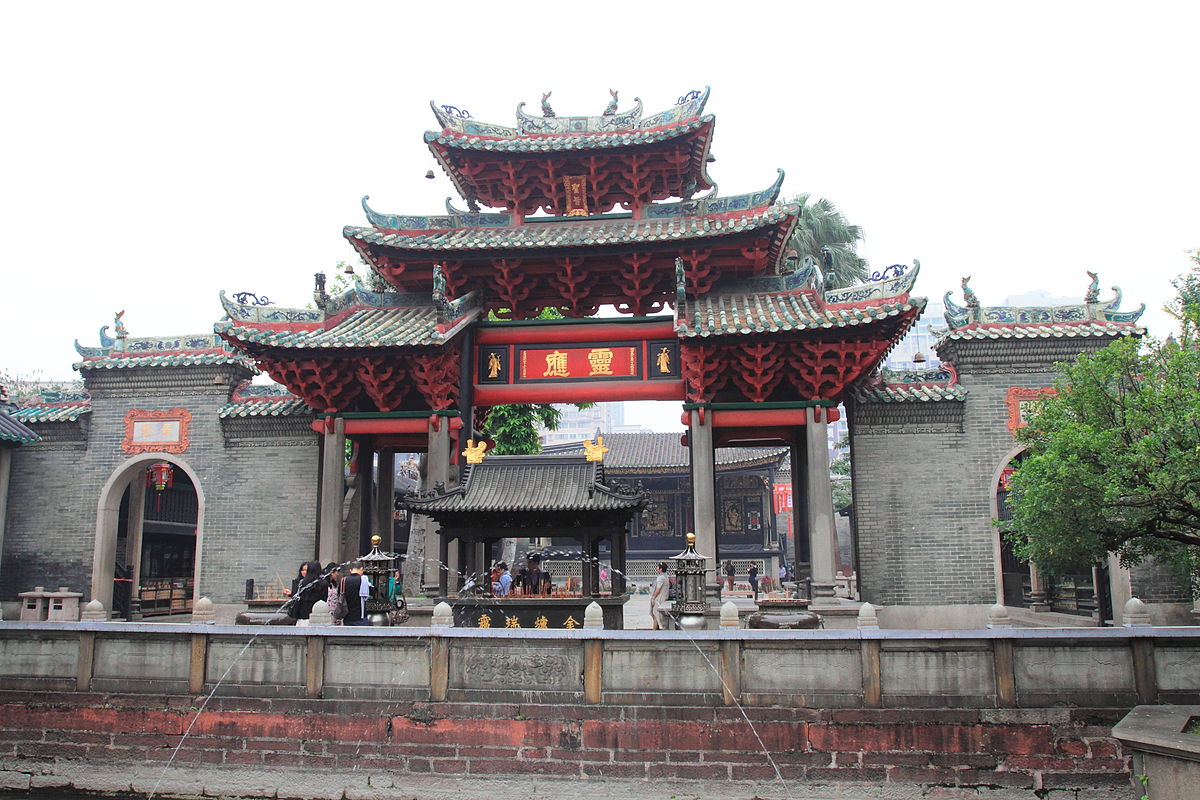
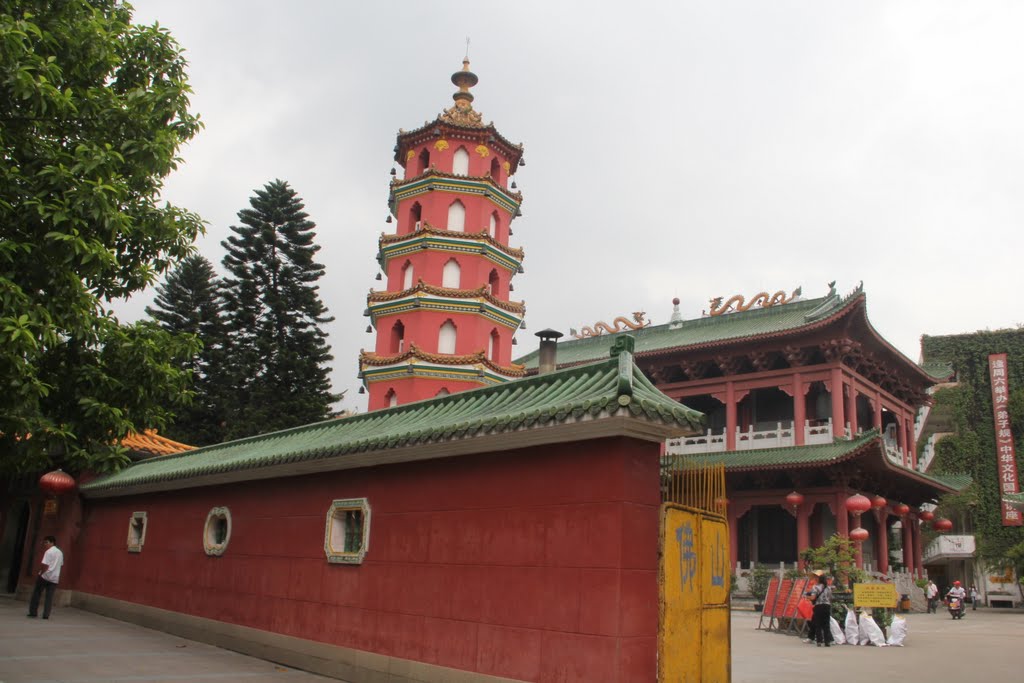

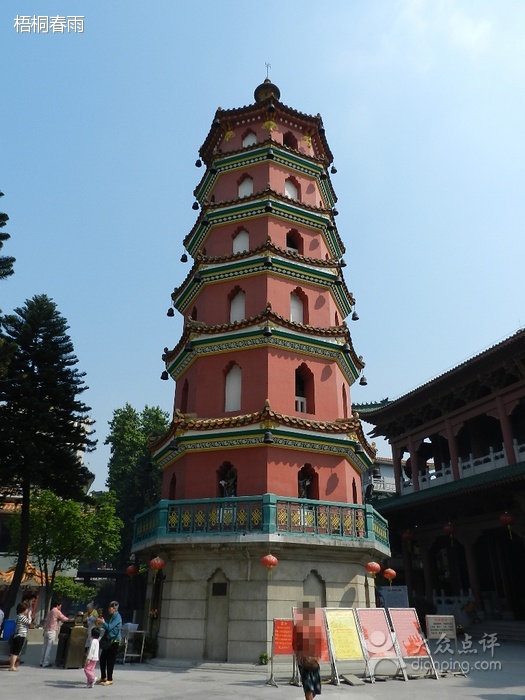
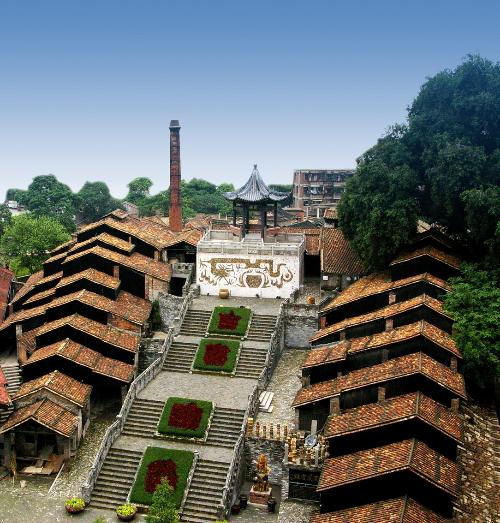
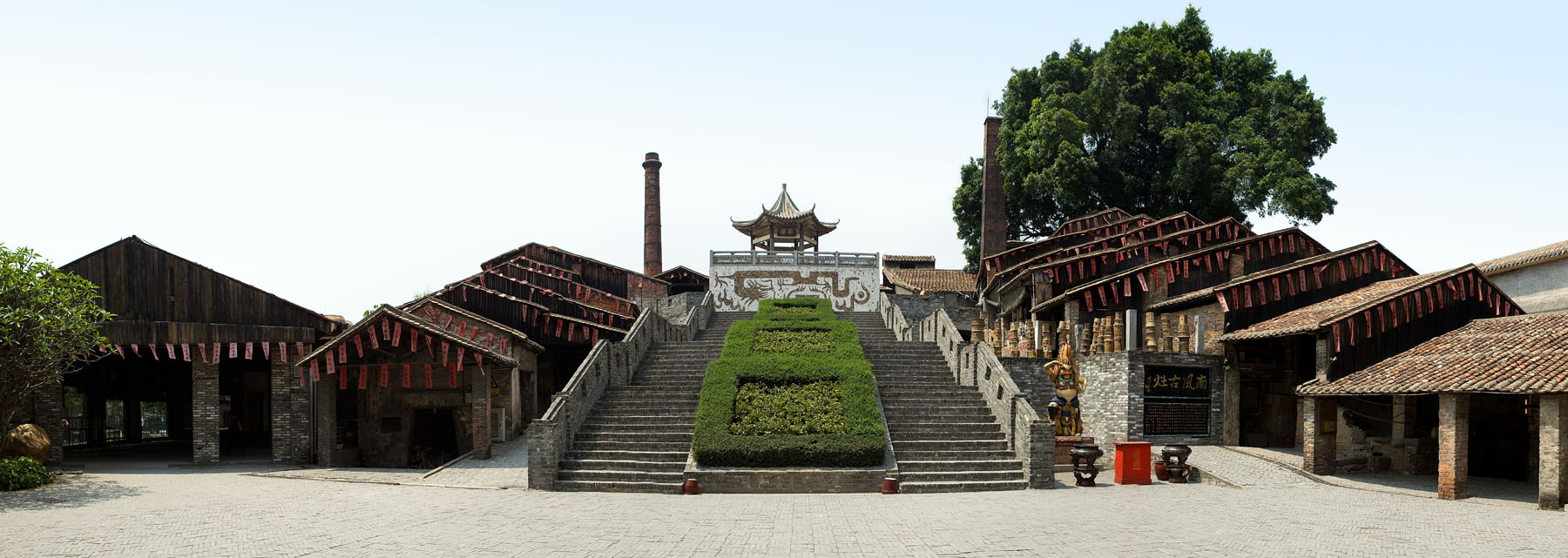
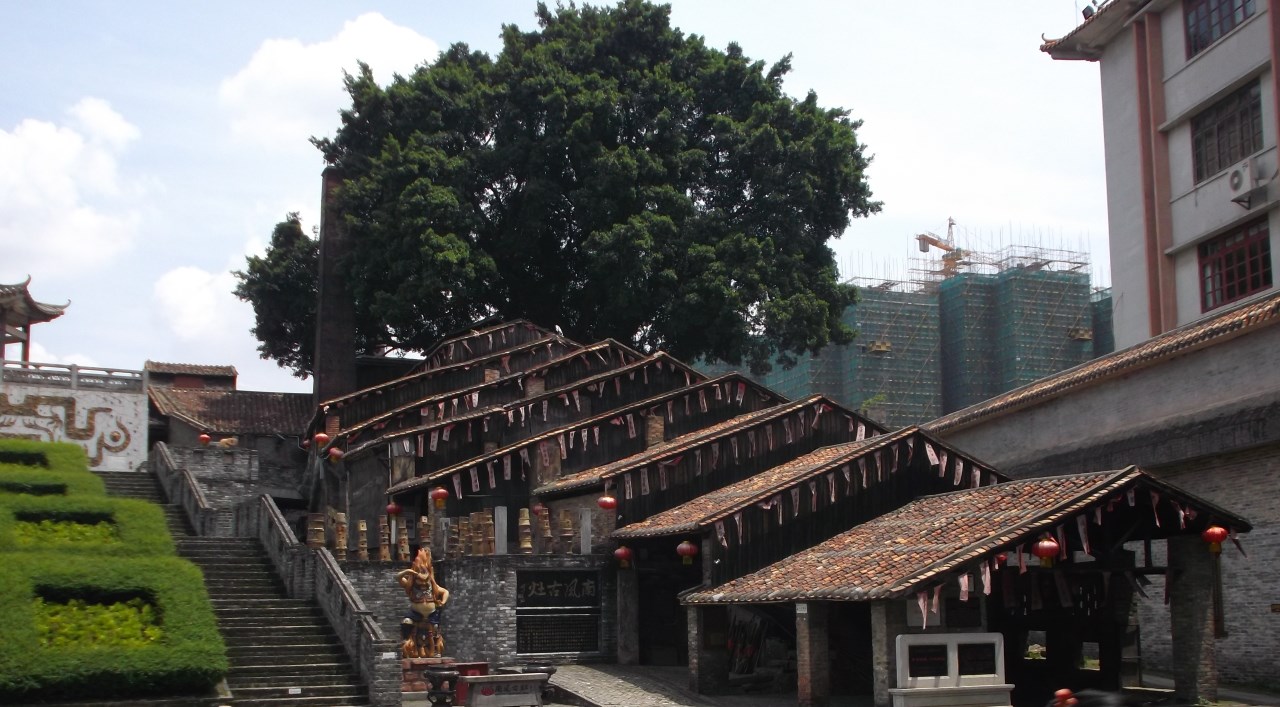
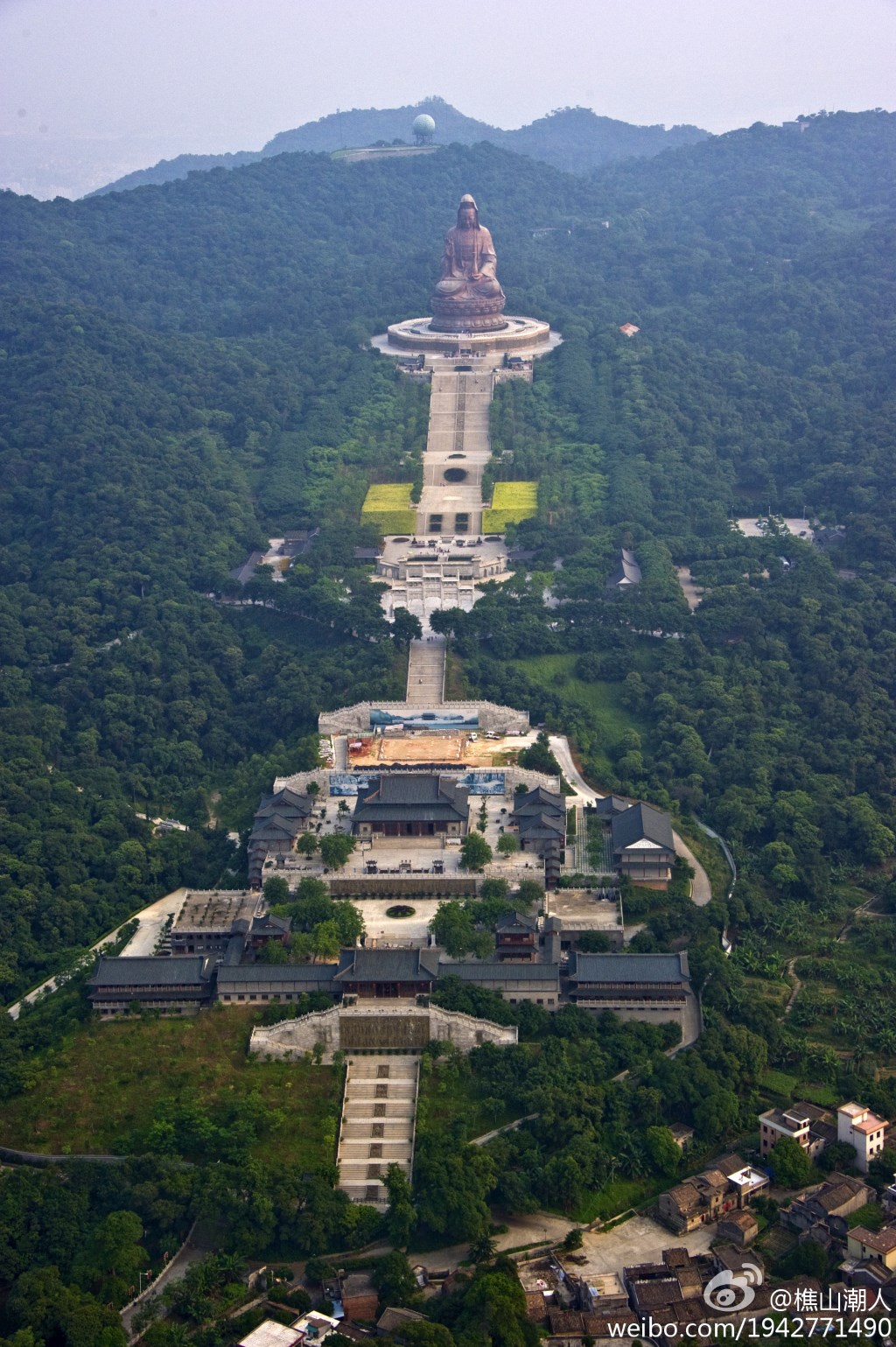
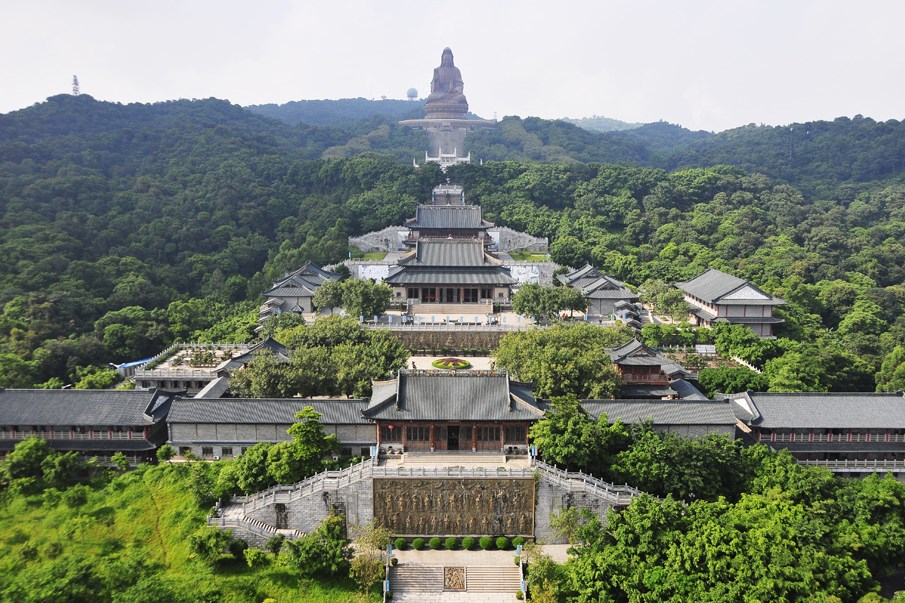
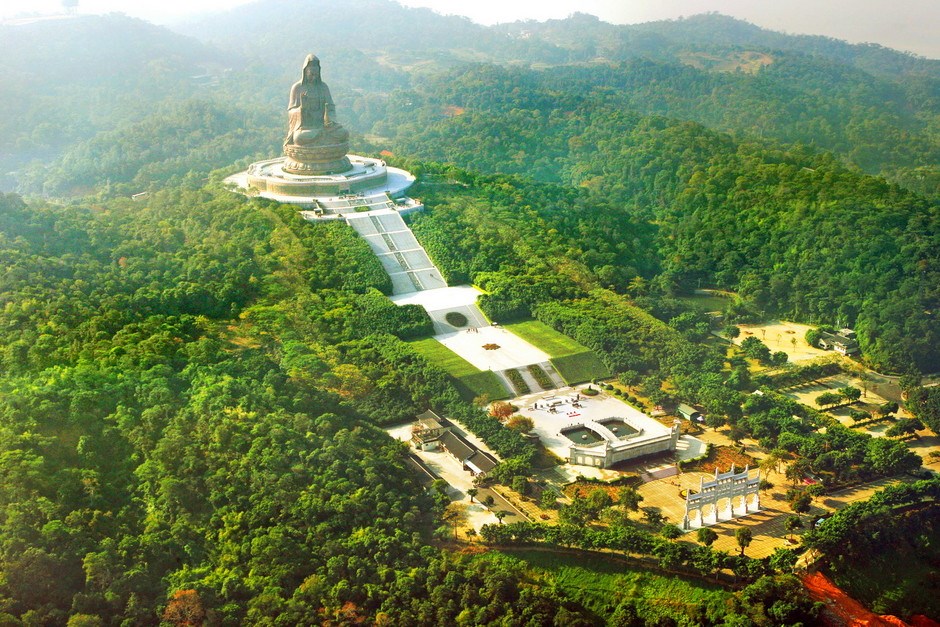
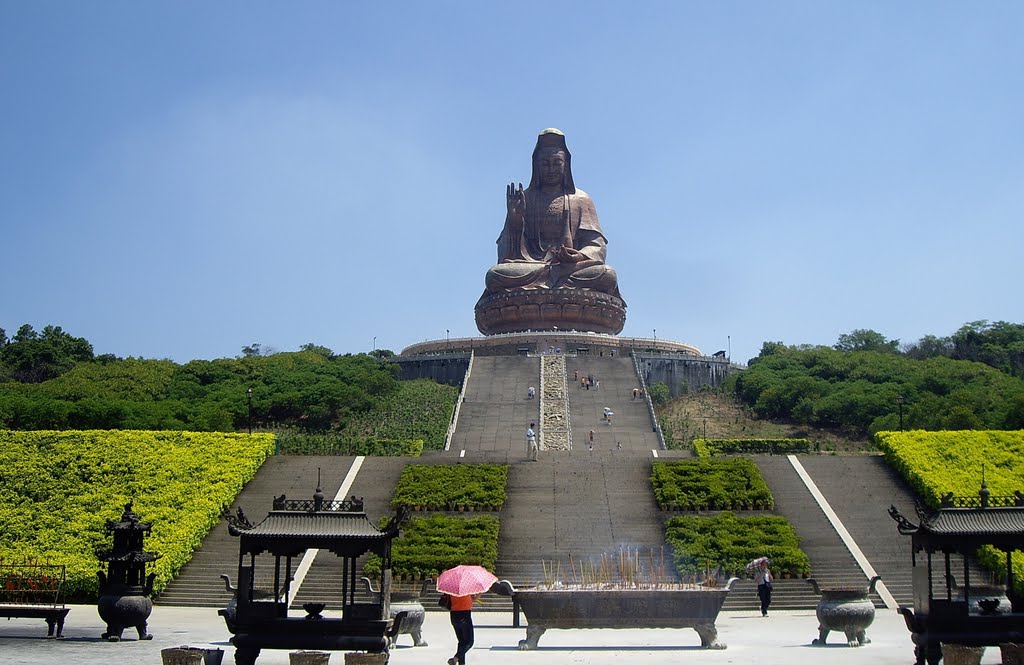
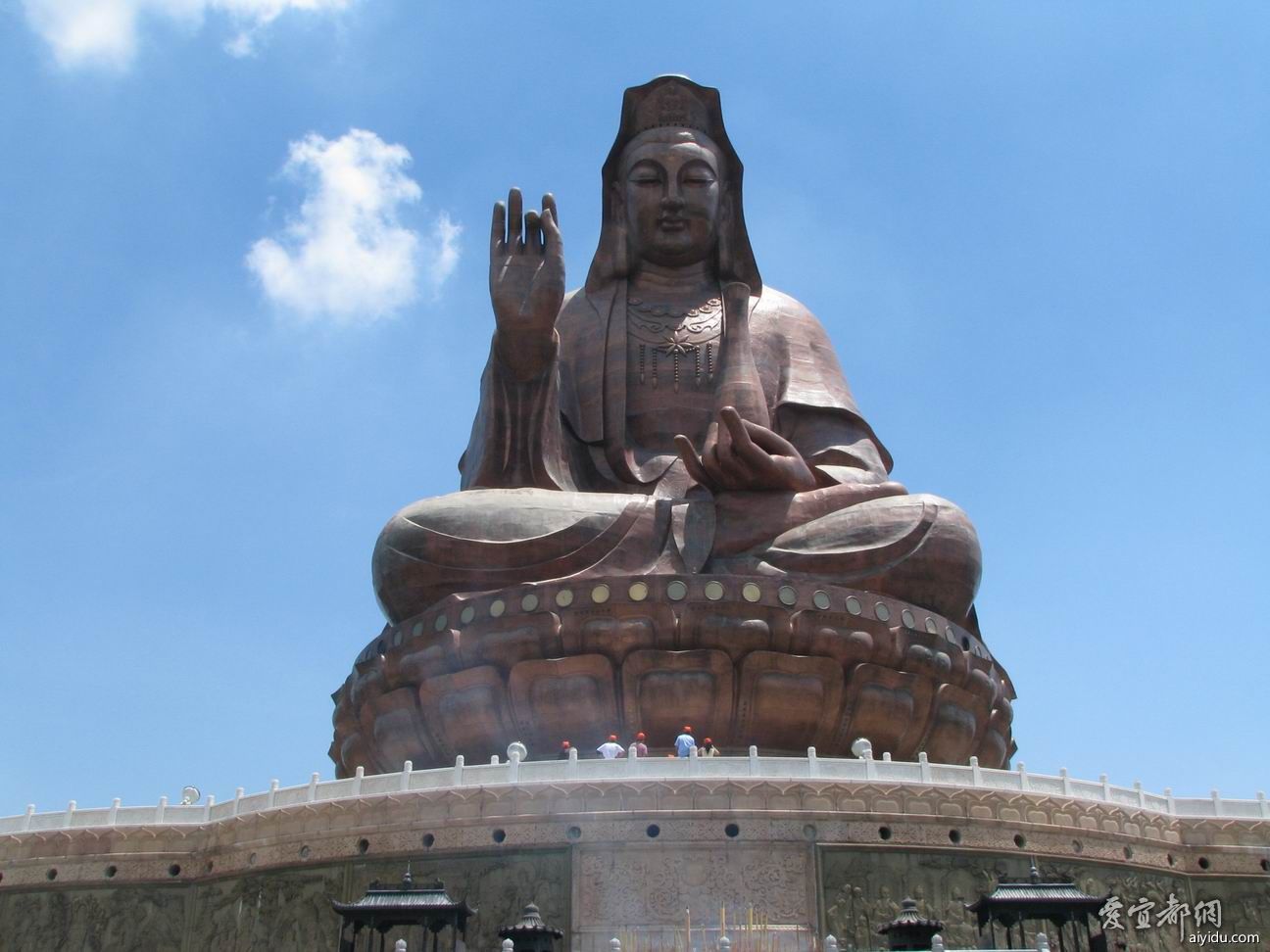
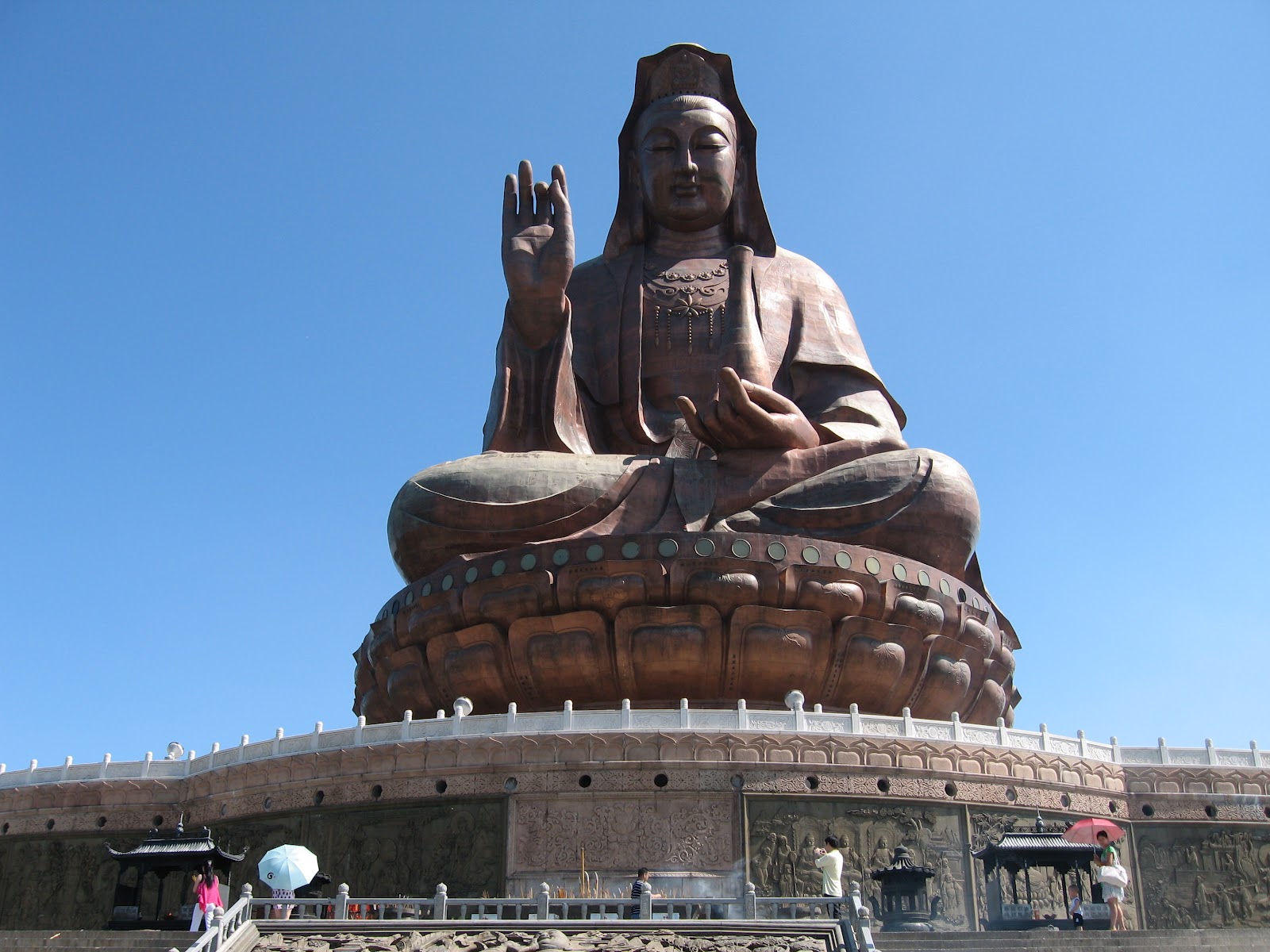
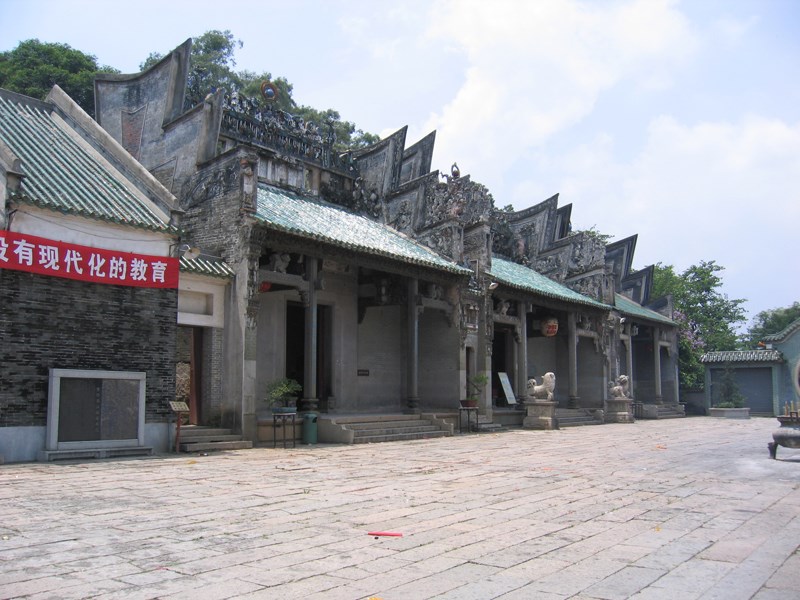
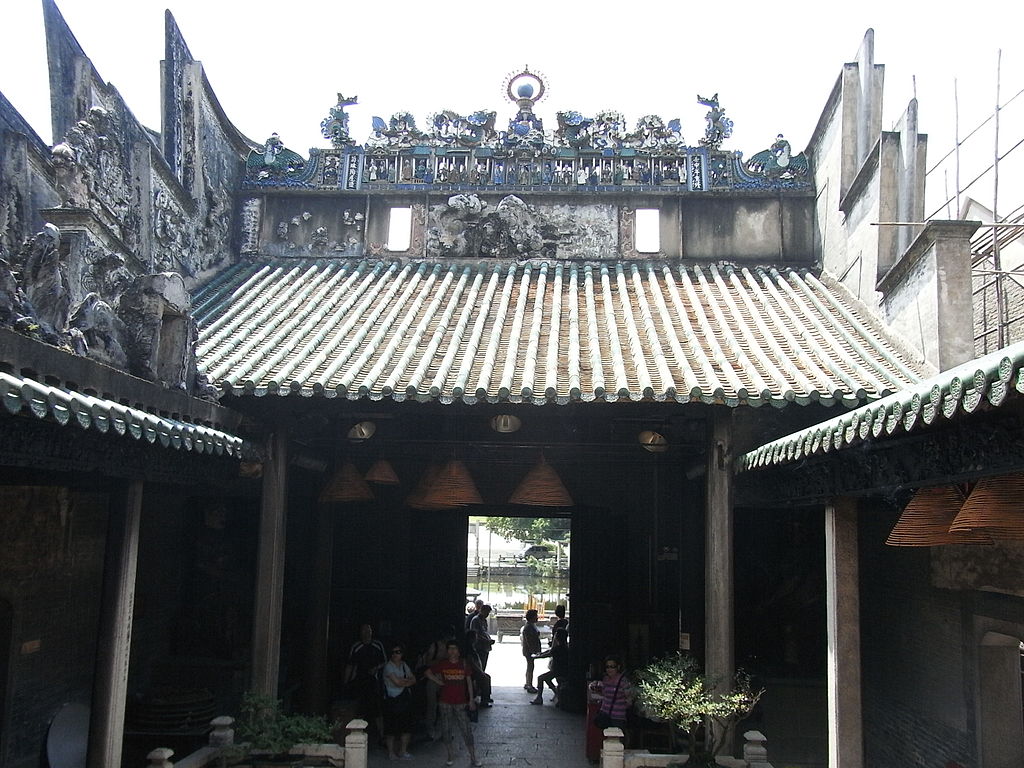
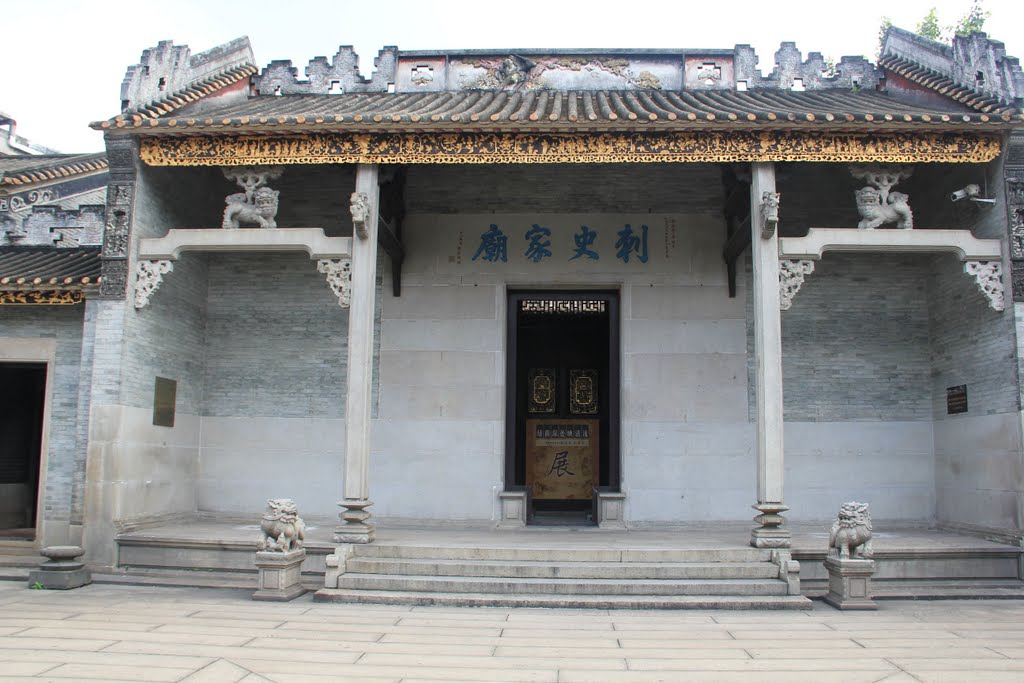
Foshan, una ciudad turística cercana a Guangzhou
Por Cèlia Roca
Hace una semana, la magnífica ciudad de Guangzhou (o Cantón), en la provincia meridional de Guangdong), fue centro de atención de nuestros paseos virtuales por China. Aprovechando esta sugerente visita, el post de hoy propone descubrir una población que se despliega a tan sólo 26 km al sudeste, y que causará una grata impresión al viajero: Foshan.
Los orígenes de la población, cuyo nombre significa ‘Montaña de Buda’, se remontan a la dinastía Tang (618-907), momento en el que la colina sobre la que se eleva esta localidad acogía tres estatuas de Buda. Ya en época de los Song (960-1279), Foshan pasó a ser un importante lugar sagrado y un referente en la producción de cerámica. Más adelante, la industria metalúrgica impulsaría el desarrollo de la zona, ayudando a que a finales del siglo XVIII diera cabida a un millón de habitantes y que, según un viajero occidental que visitó la ciudad en 1785, superase en tamaño a Guangzhou.
Desde el punto de vista de sus reclamos turísticos, cabe destacar el palacio de Exposiciones de Arte Popular, que abre sus puertas en Fanxiu Lu de las 08.30 h a las 18.00 h. Asimismo, tampoco hay que perderse el templo de los Antepasados (Zuci Miao), ubicado en Zumiao Lu y accesible de las 08.00 h a las 18.00 h. Se trata de un interesante edificio taoísta con una cuidada decoración a base de madera tallada y cerámica.
En cualquier caso, el buque insignia de Foshan es el escenario del teatro de los 10.000 Budas. Construido en 1658, consiste en un espectacular patio con espacios diseñados específicamente para los músicos y para el público. Durante las celebraciones religiosas, este enclave daba cabida a numerosas representaciones. En la sala principal del templo, hay una estatua de bronce del emperador del Norte (Bei Di), protector de la fauna marina y de las serpientes, de acuerdo con la tradición taoísta. Fue realizada en 1452 y pesa 2,5 toneladas. Finalmente, también conviene admirar la gran escultura con forma de tortuga que preside el estanque anejo.
http://sobrechina.com/2012/06/13/foshan-una-ciudad-turistica-cercana-a-guangzhou/
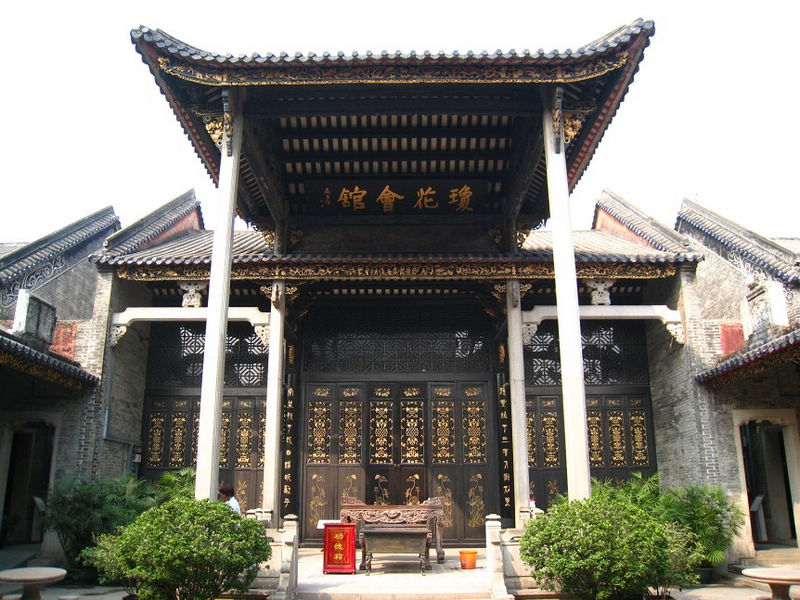
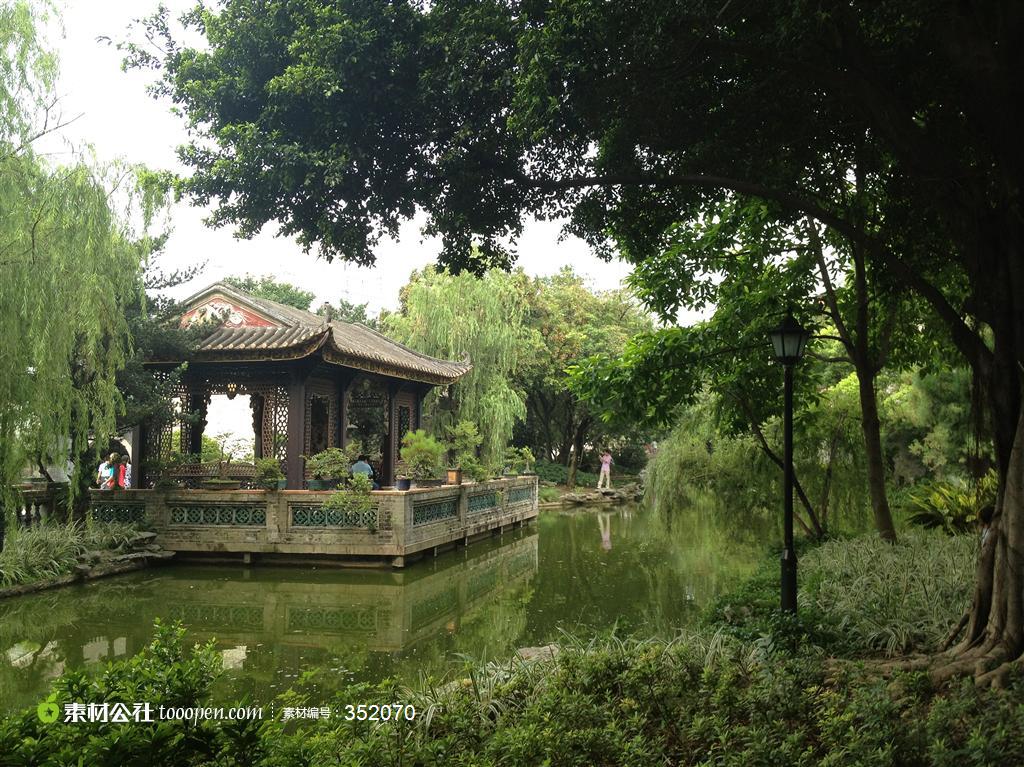
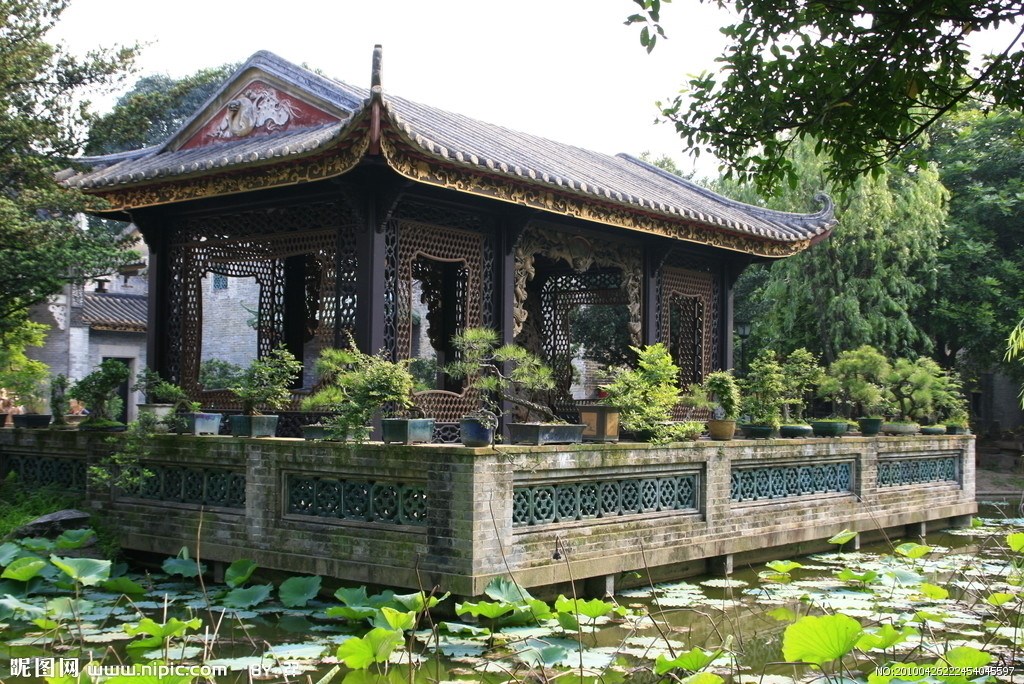
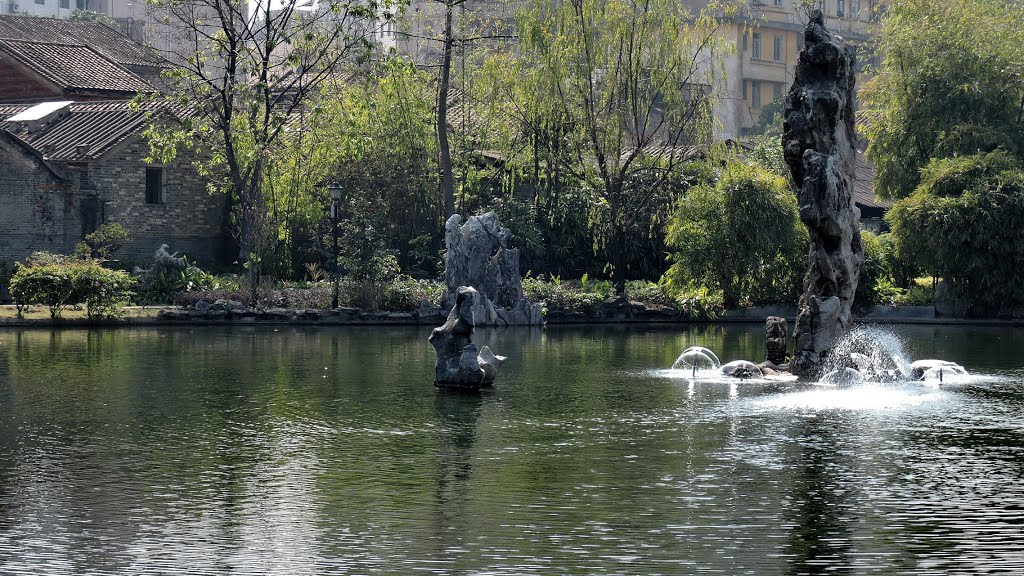
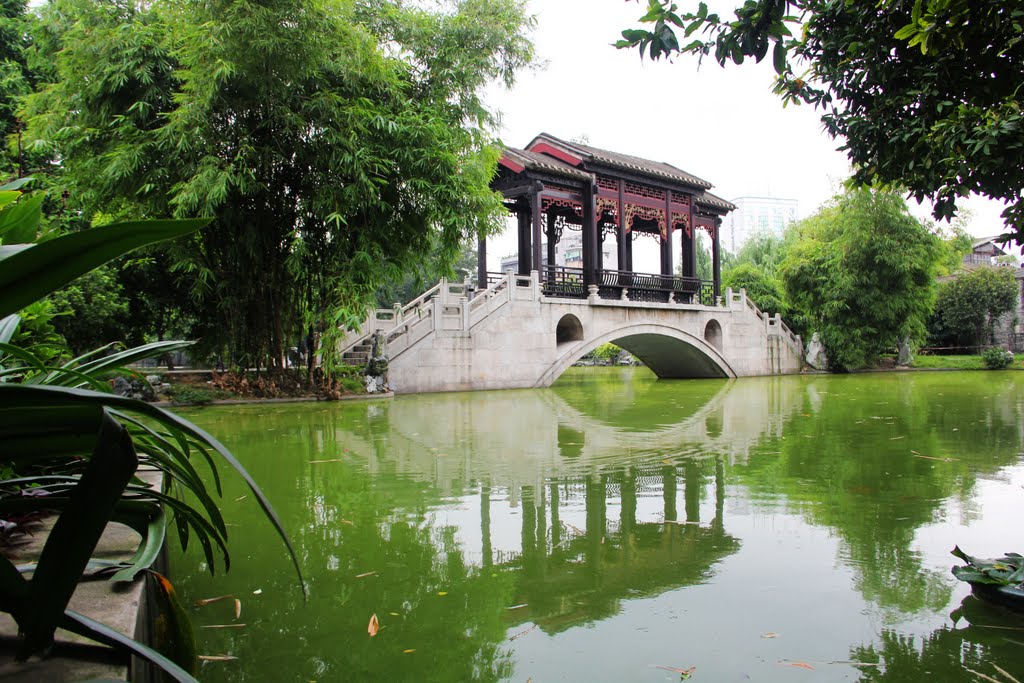
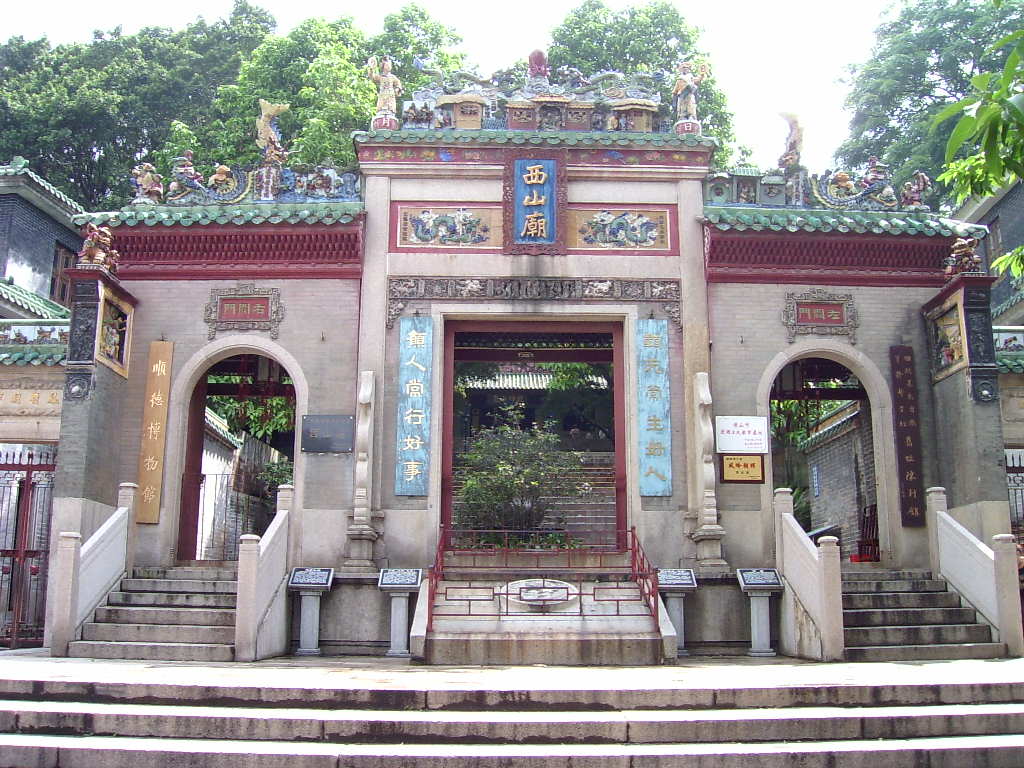
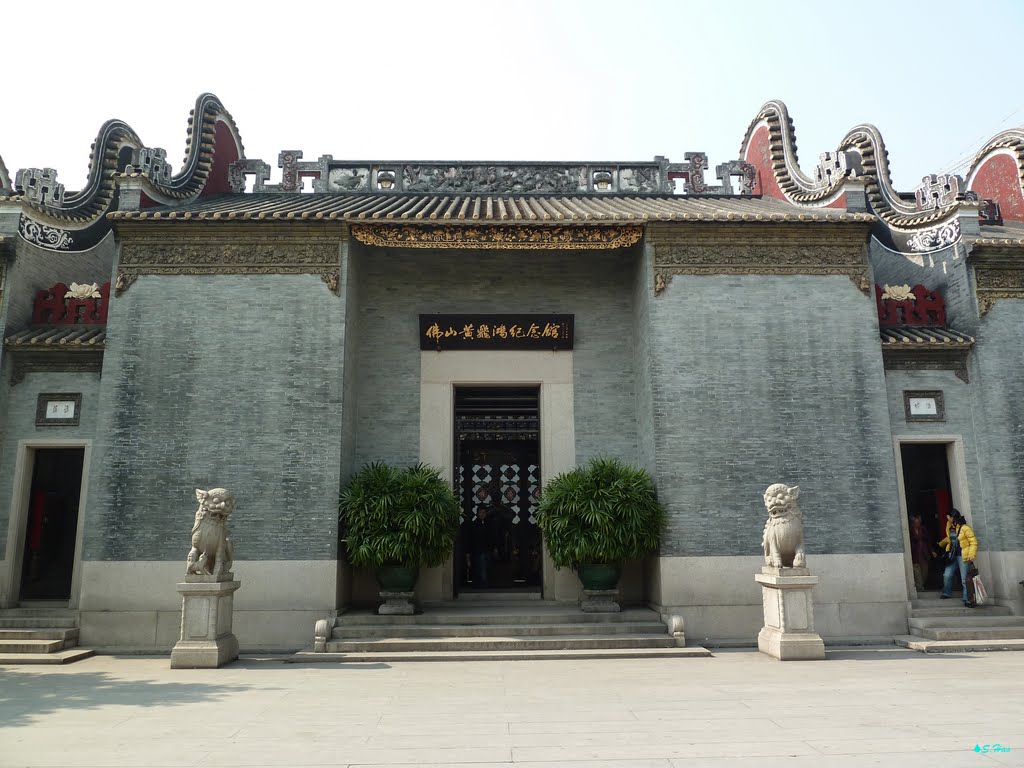
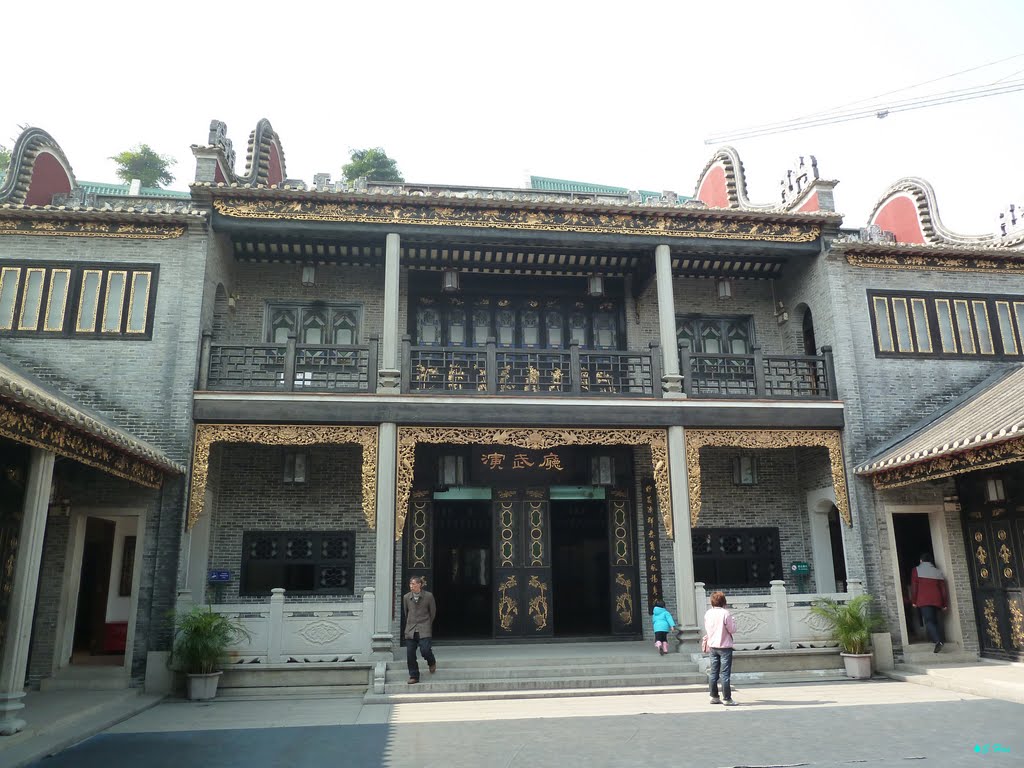


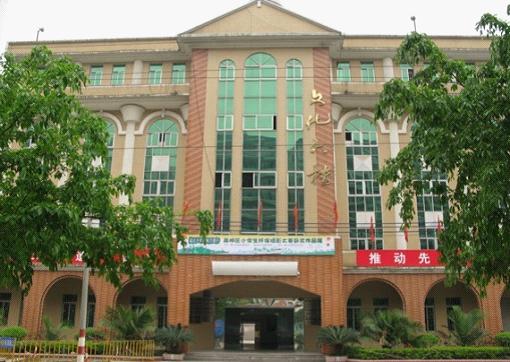
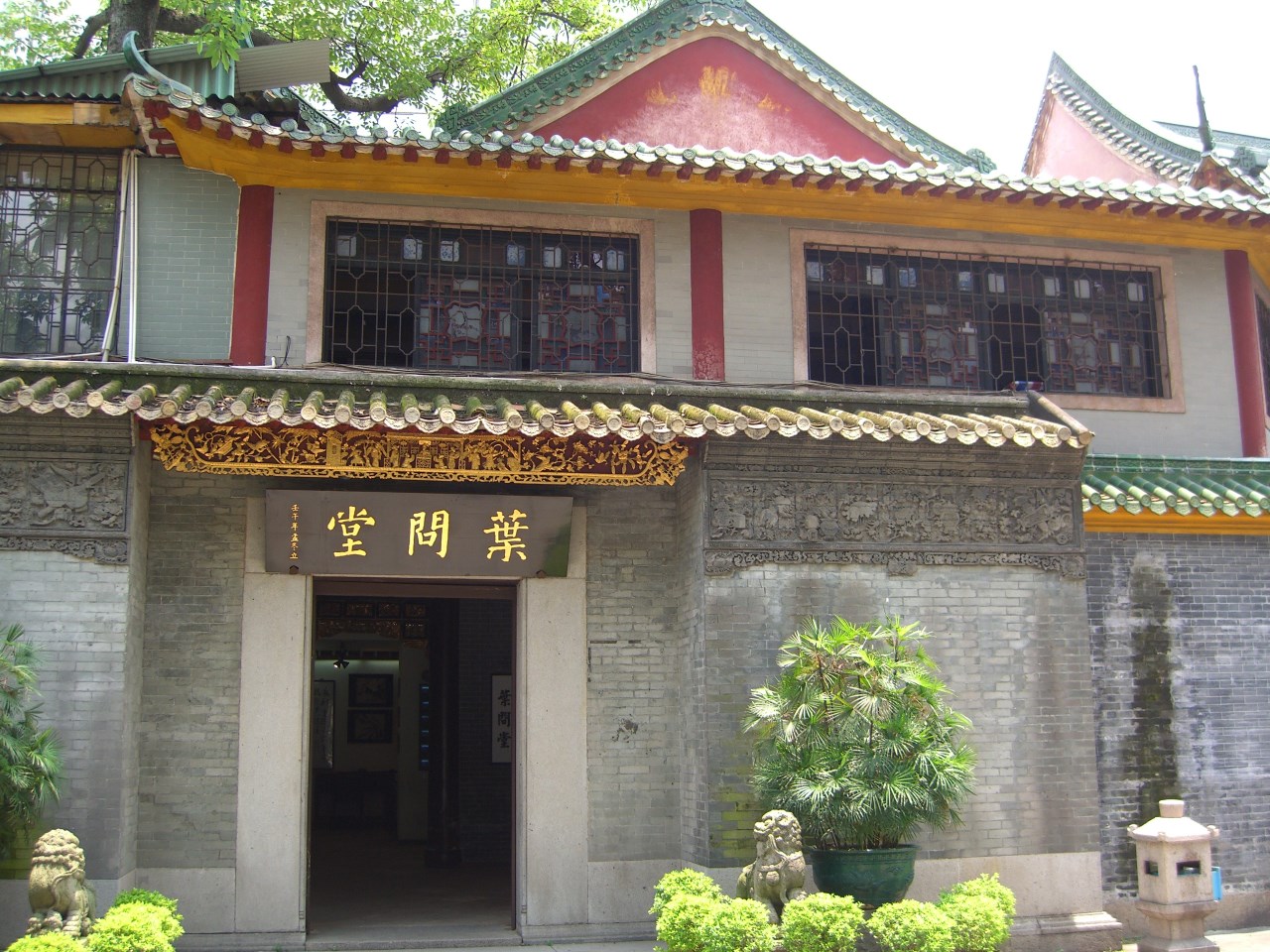
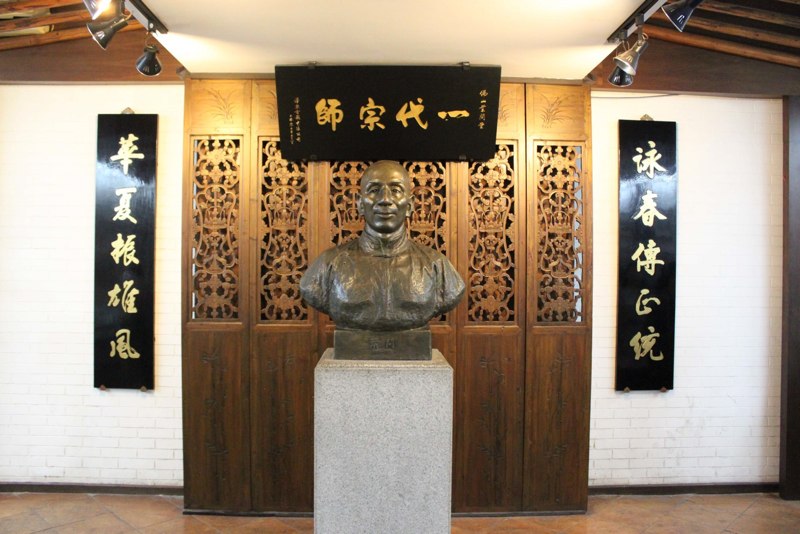
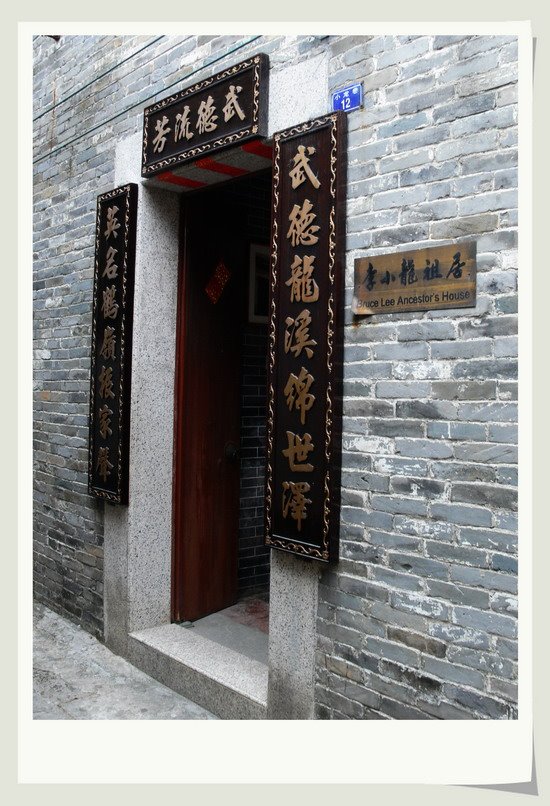
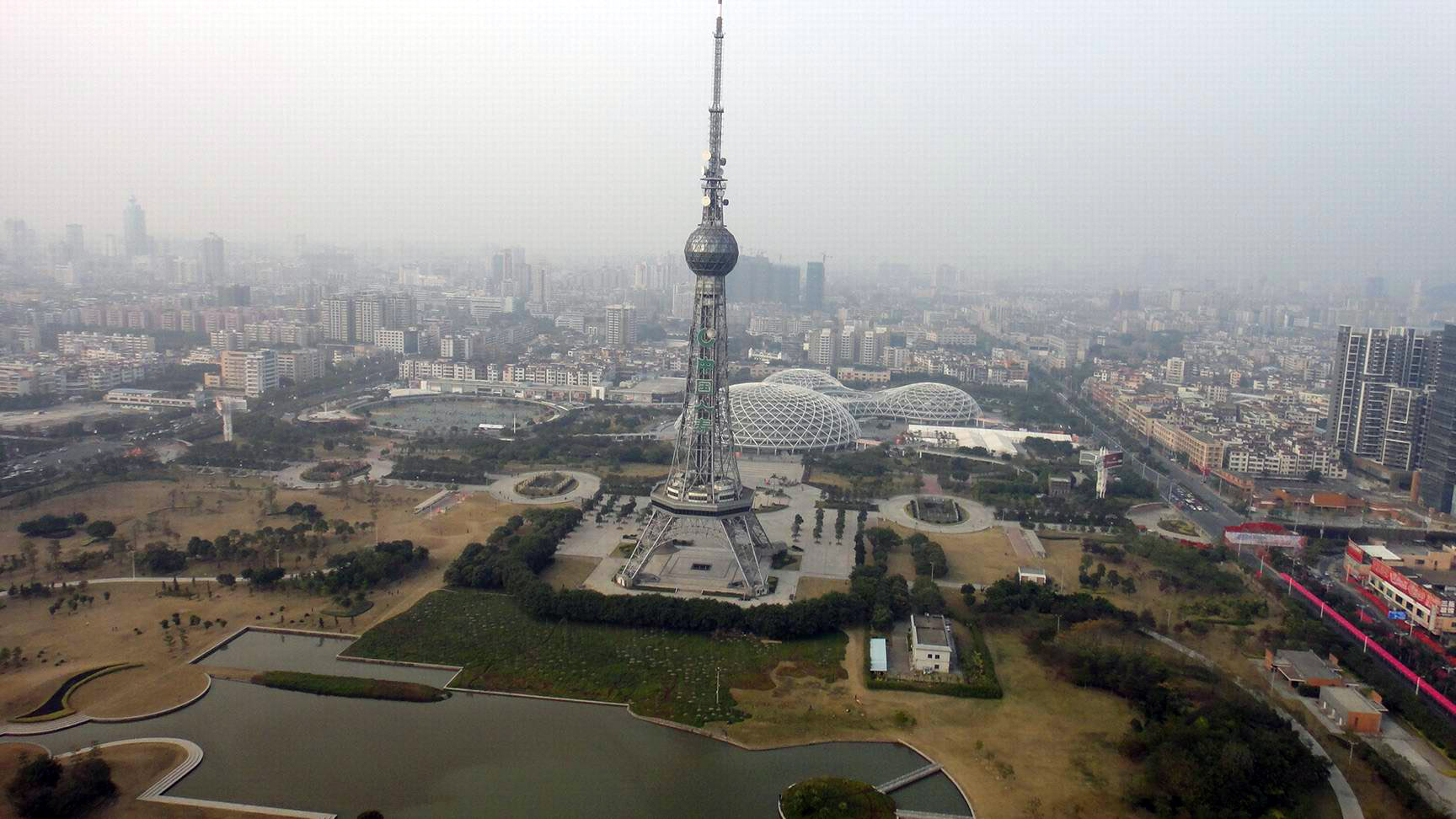
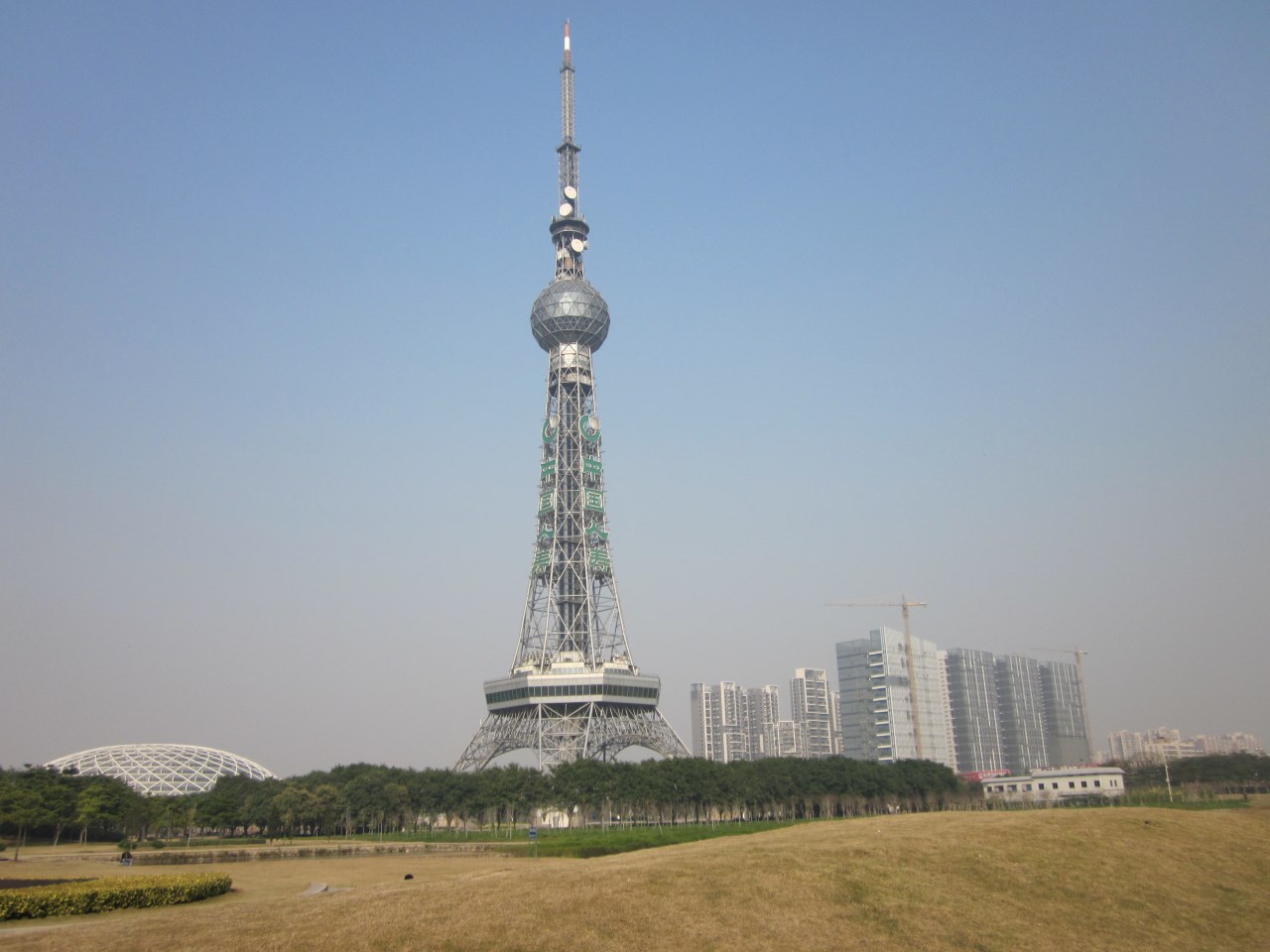
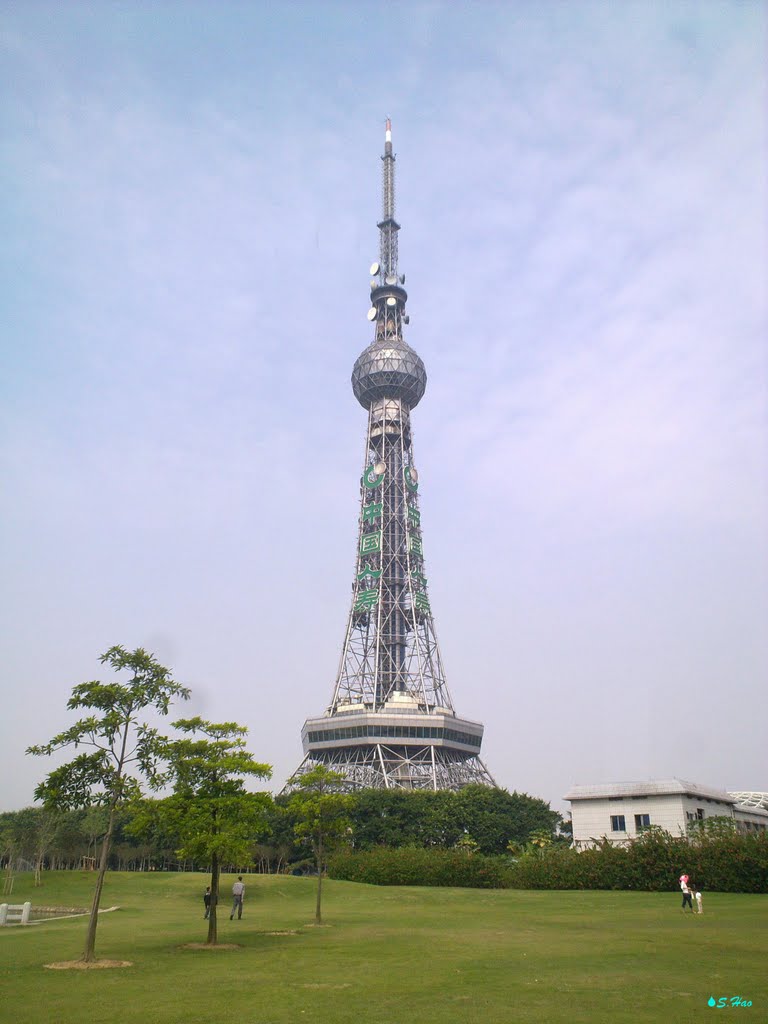
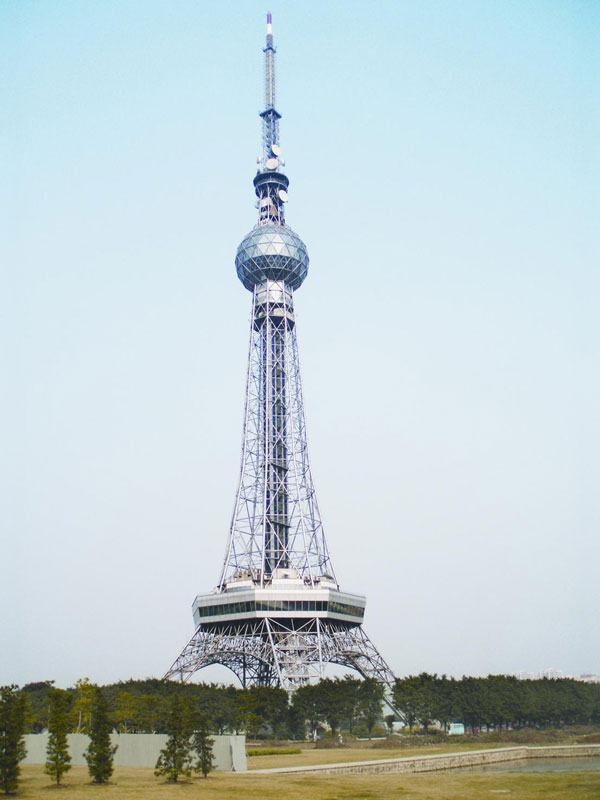
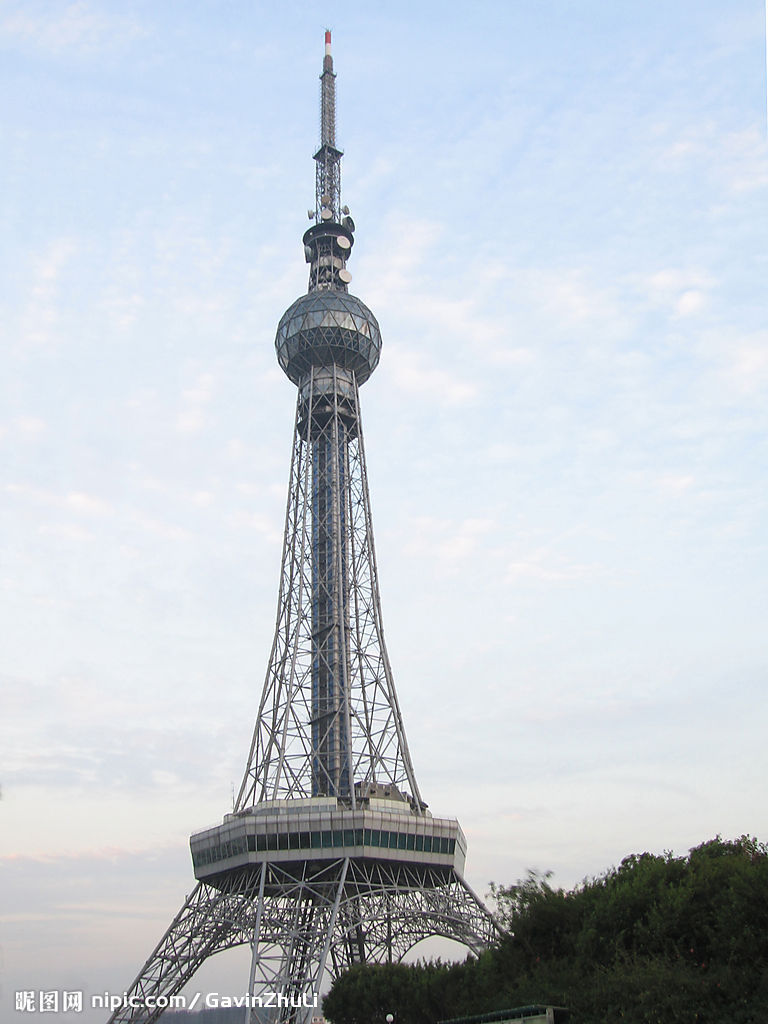
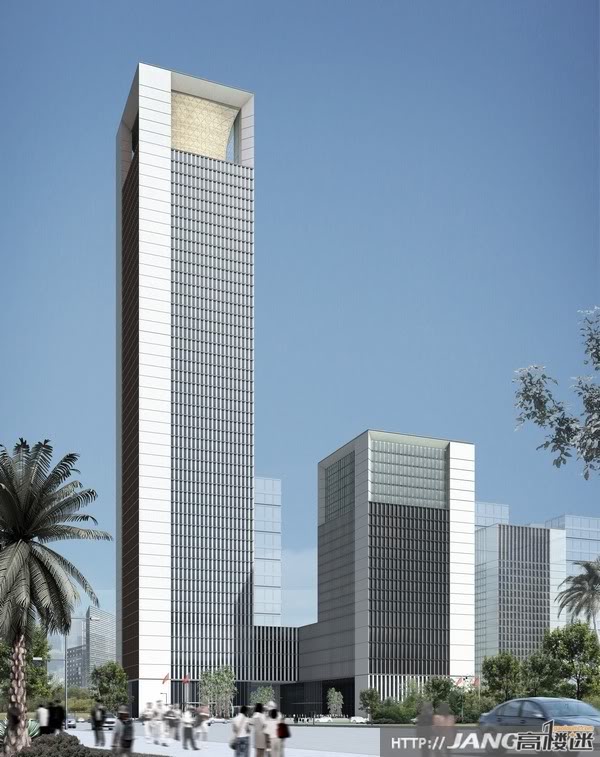
Ancestors' Temple
Known as "Chan Cheng" (Zen City), Foshan City is in a scenic part of Guangdong Province. It has a long history and there are many attractions, however, the Ancestors' Temple is the most famous.
Located in the main part of the Zumiao (Ancestors' Temple) Road of the city, the Ancestors' Temple was built in the Northern Song Dynasty (960 - 1127) and was mainly used as a place where sacrifices to the Xuantian God (the God of Water in Taoism) occurred. Having now been rebuilt and enlarged, the temple covers an area of about 3,500 square meters (0.85 acre) and has a series of well-built architectural features such as the Wanfu Stage, the Lingying Archway, the Bell and Drum Tower, the Jinxiang Pool, the Sanmen Gate, the front and main halls and the Qingzhen Tower.These buildings are mainly located on a north-south axis.
The Wanfu Stage is at the southern end of the temple and it is used as the performance stage of the Yue Opera (the local opera house). The Yue Opera originated in Foshan. According to the local tradition, the new troupe must put on the first performance on the Wanfu Platform. The Lingying Archway, built in 1451, is opposite to it.
If you continue walking north, the Jinxiang Pool with stone carvings in it will appear in front of your eyes, while the Bell and Drum Tower stands next to it. To the north of the Jinxiang Pool is the Sanmen Gate. Crossing it, you will reach the front hall where sacrificing occurs to some gods Taoist gods. The main hall built in 1372, is the most important building in the Ancestors' Temple, for the local sacrificial activities are held in it. In the middle of the main hall, there is a statue of the Xuantian God with the gilded head, knees and feet.
The Ancestors' Temple shows that the local people hope to get good blessings by worshiping the gods and to a certain degree, it's also a good place for showing the folk culture of China.
http://www.travelchinaguide.com/attraction/guangdong/foshan/ancestors-temple/
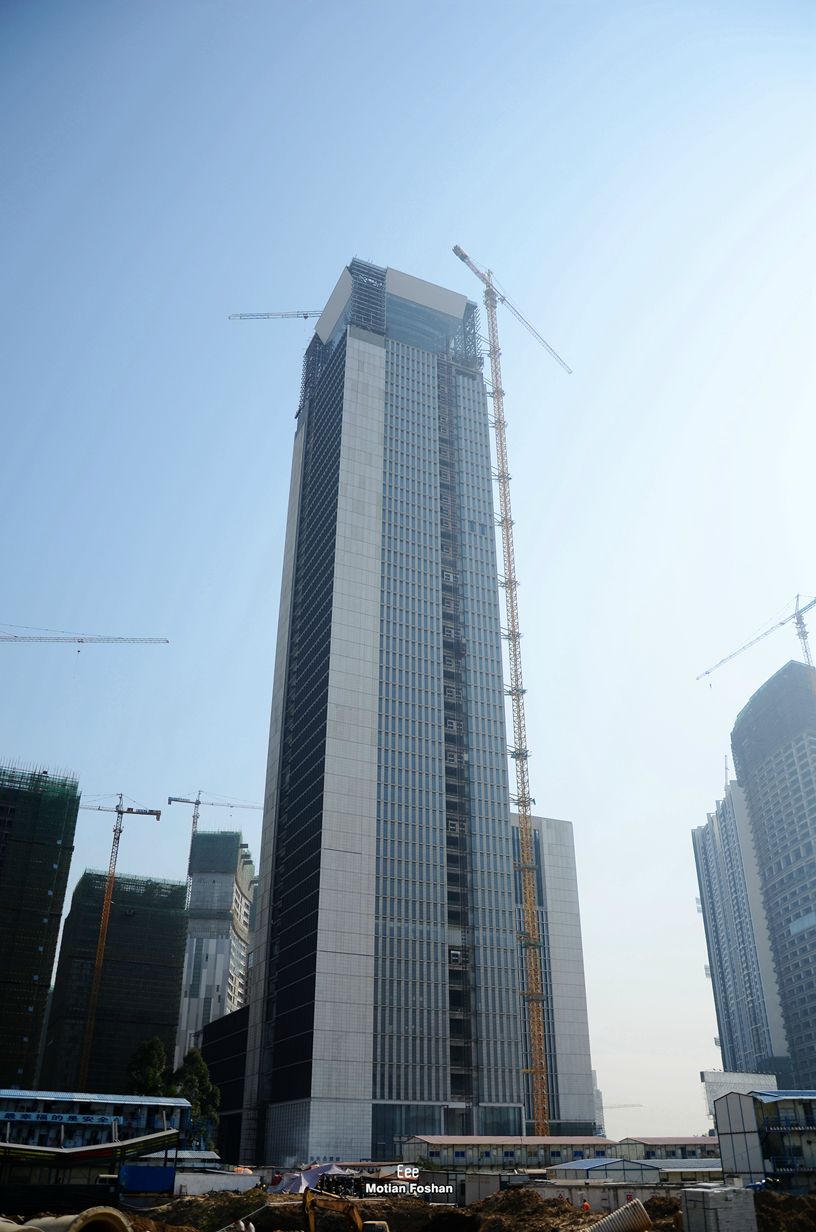
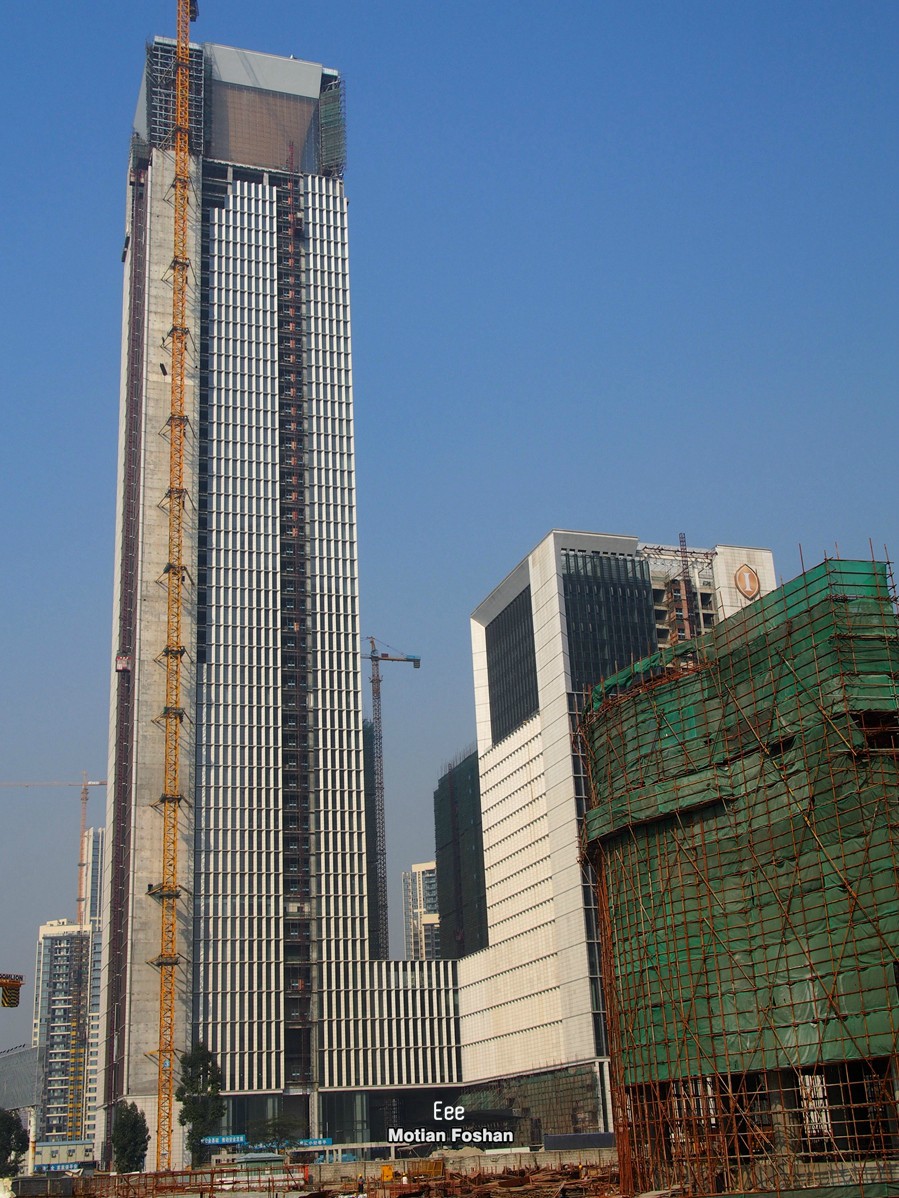
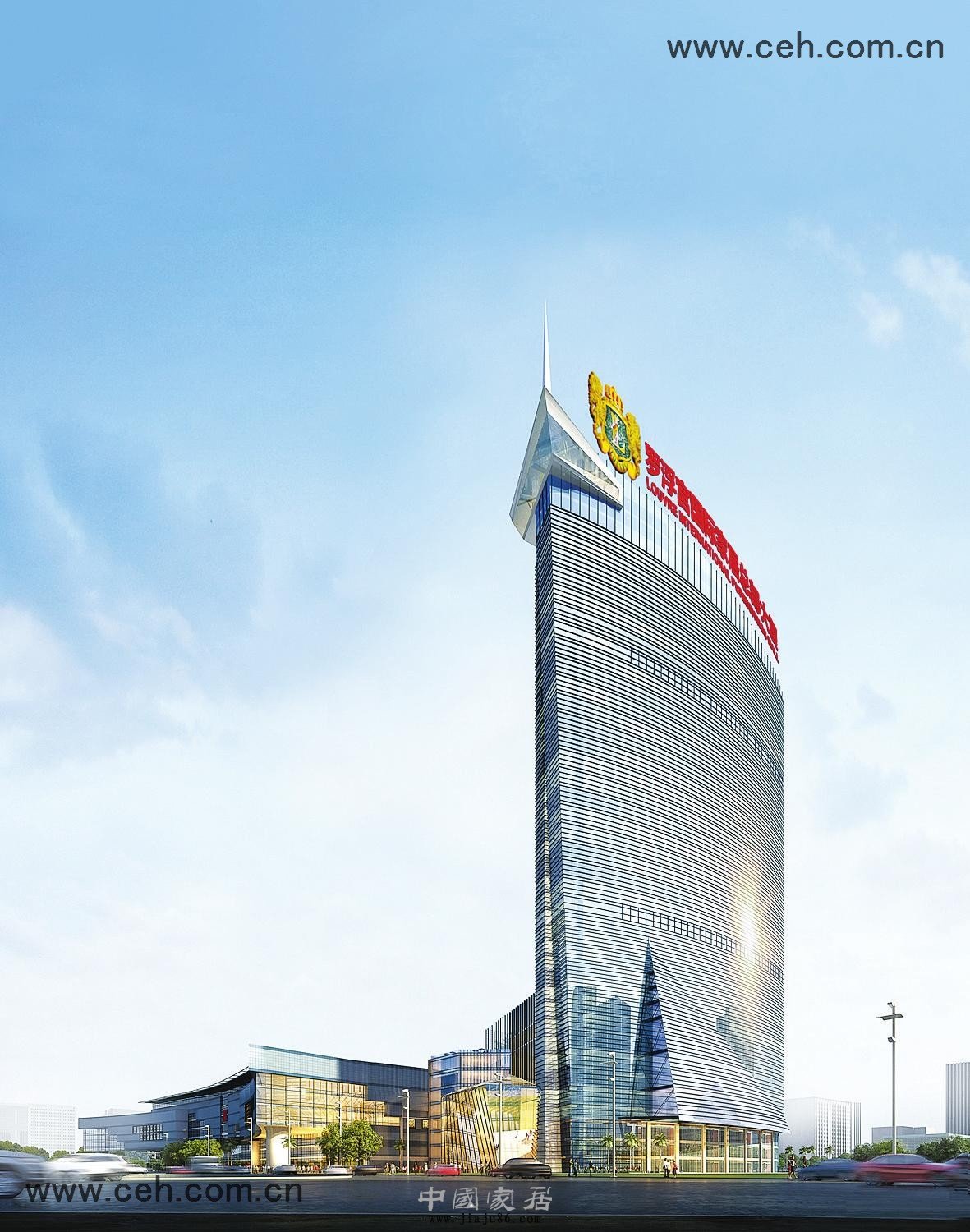
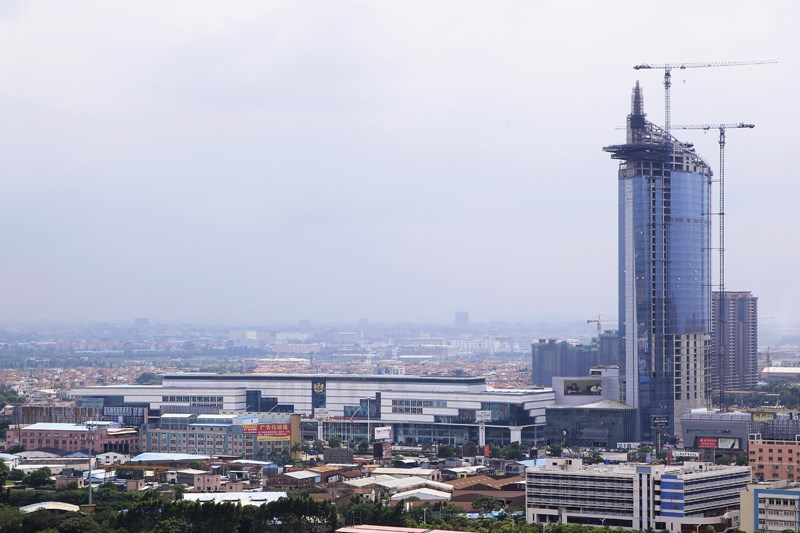
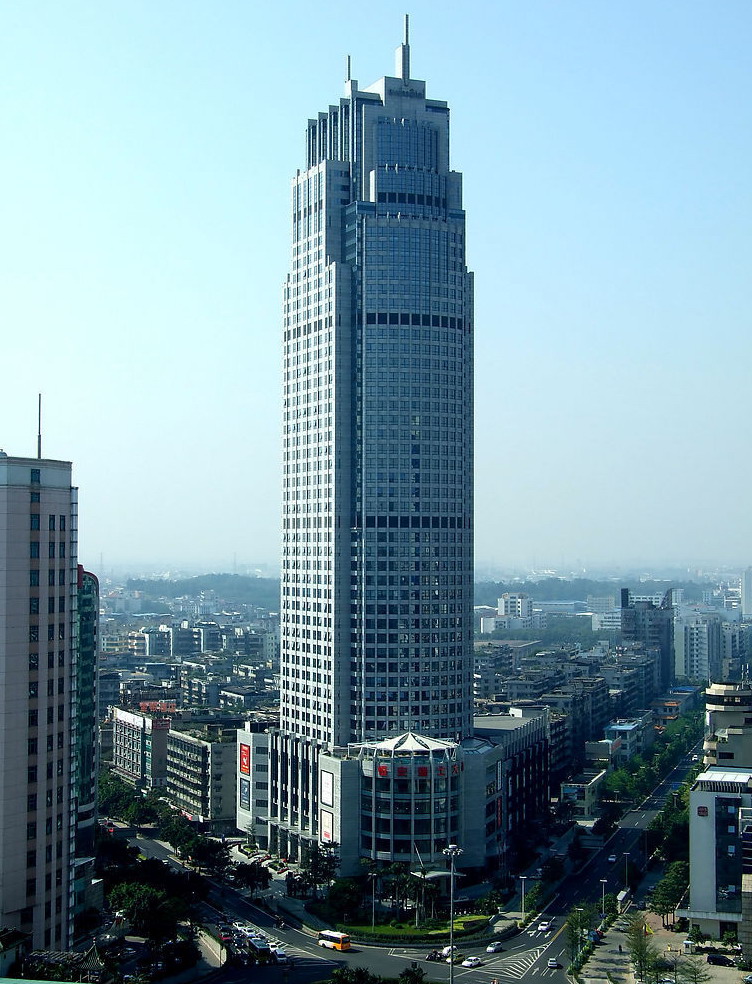
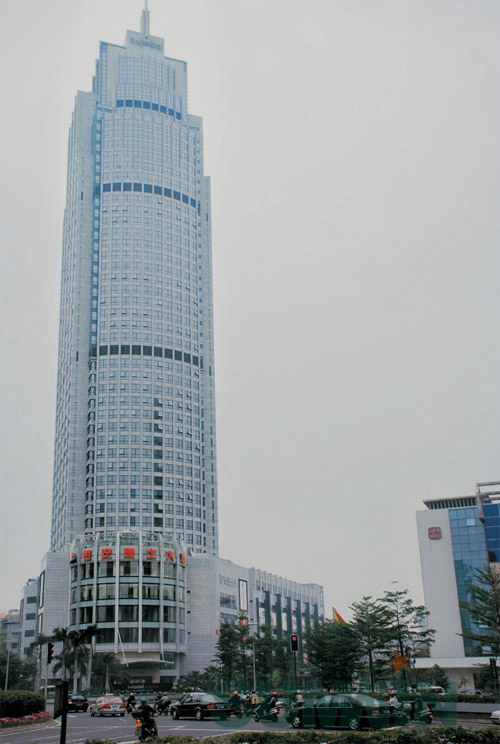
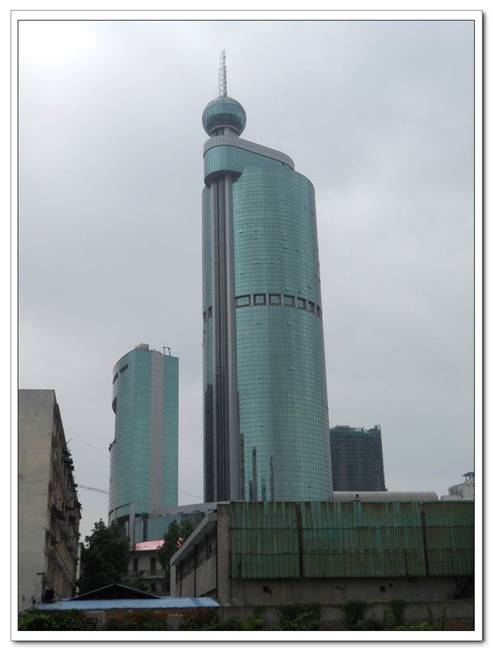
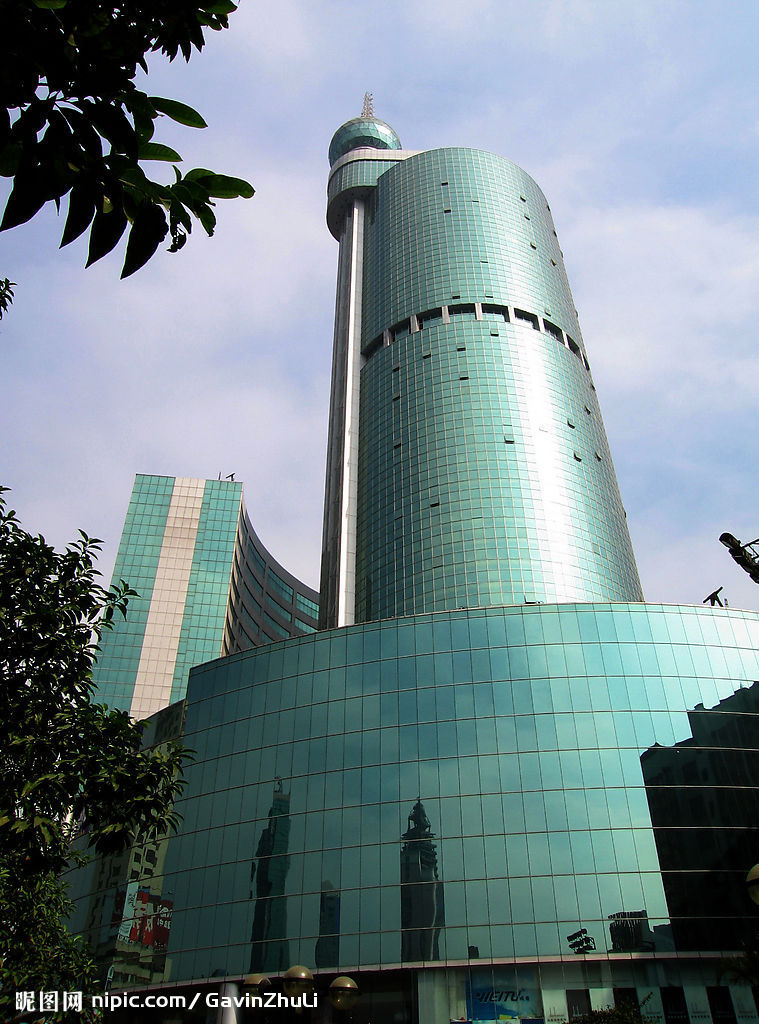
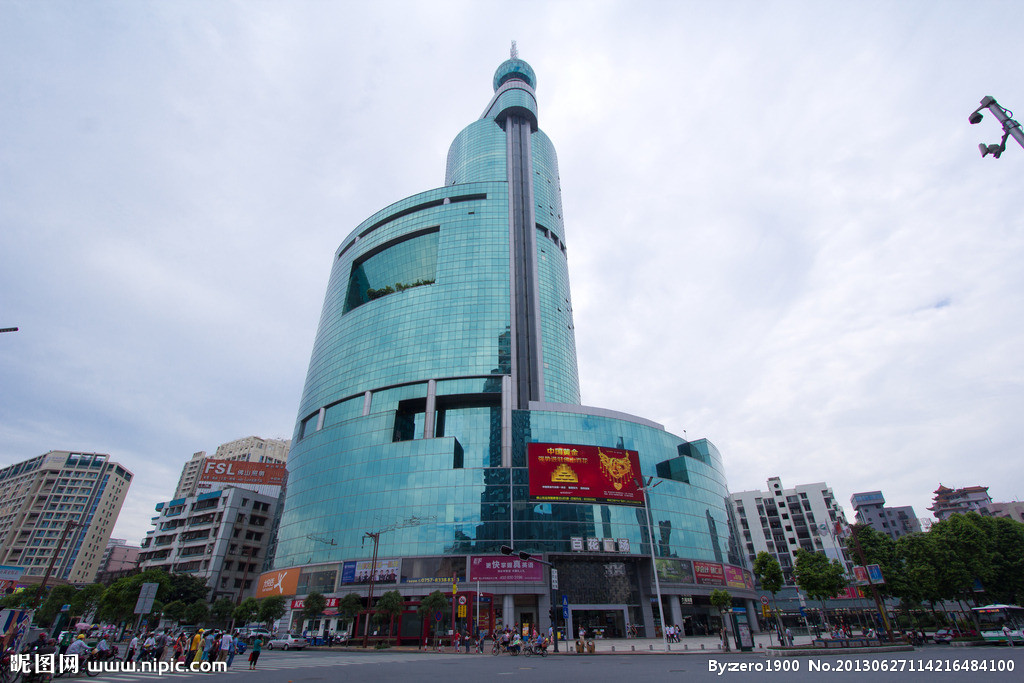
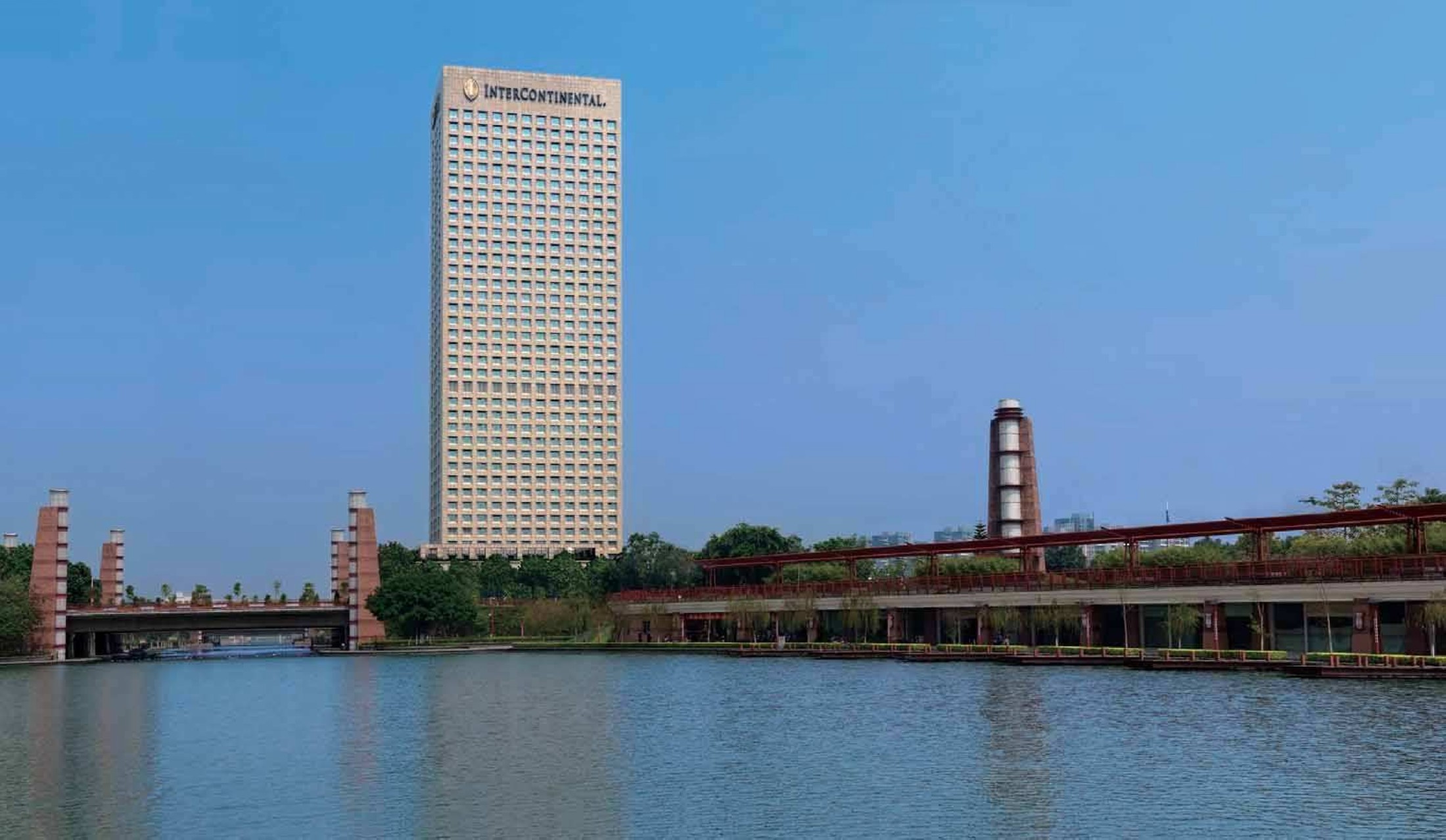
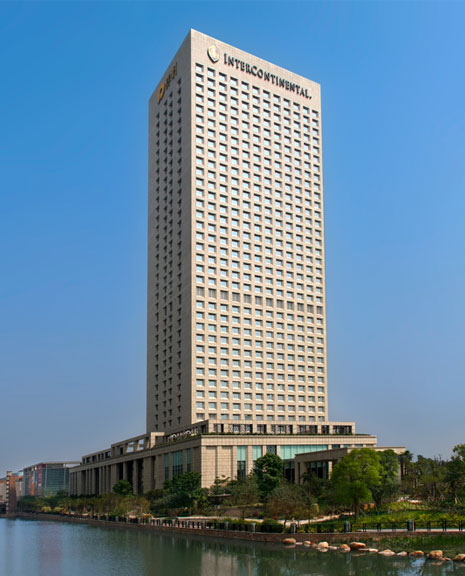
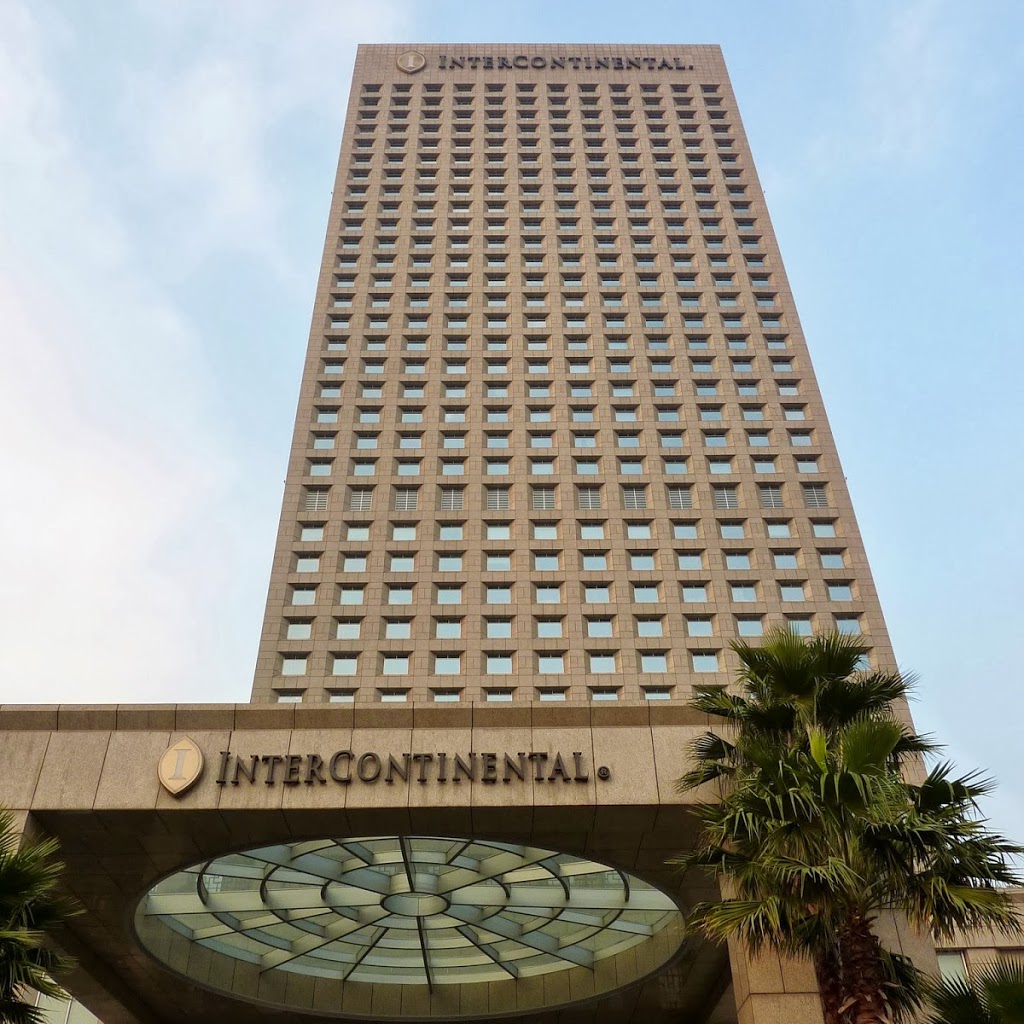
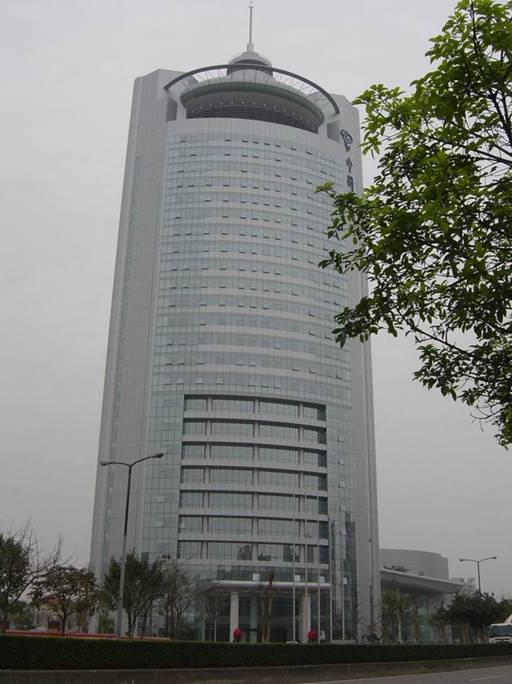
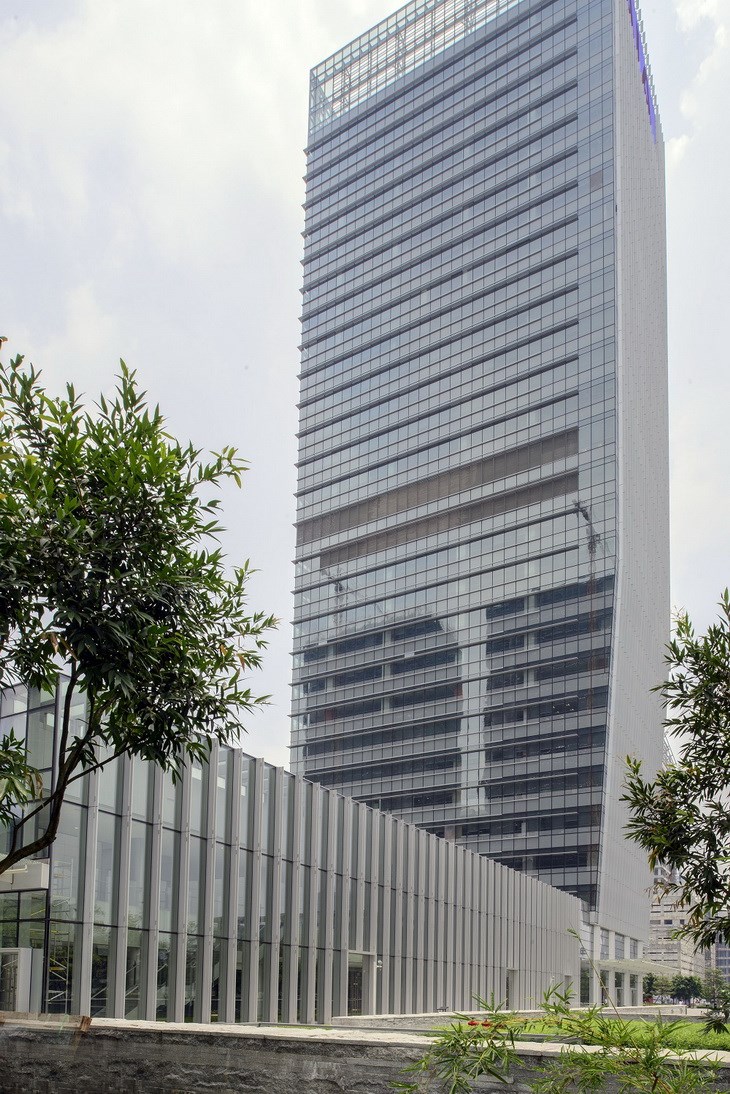
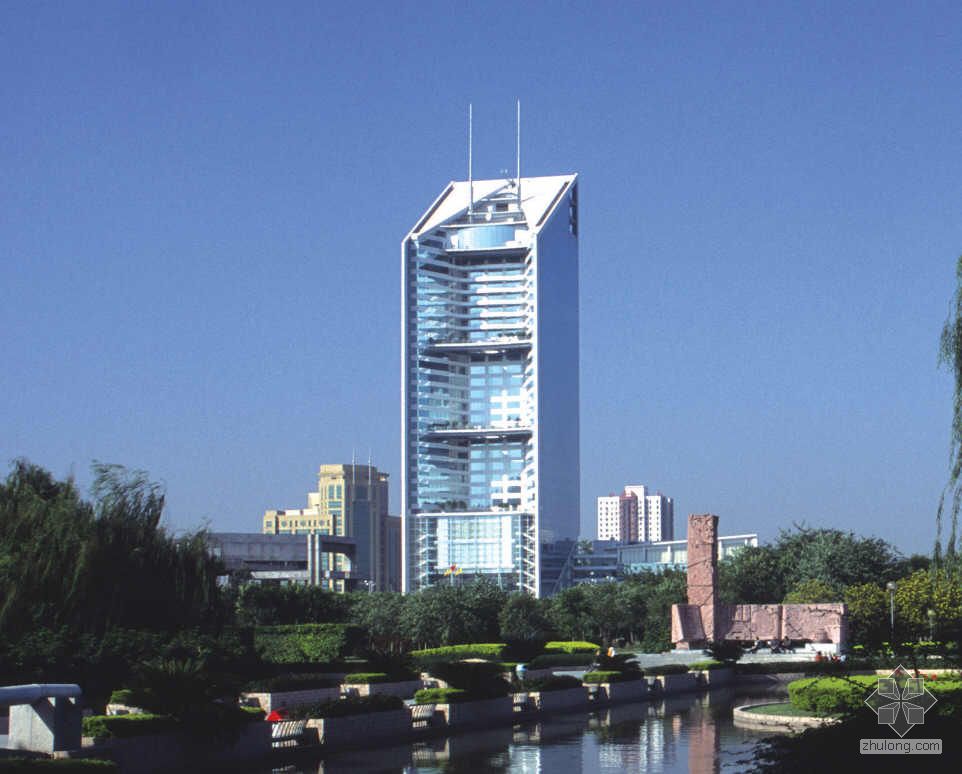
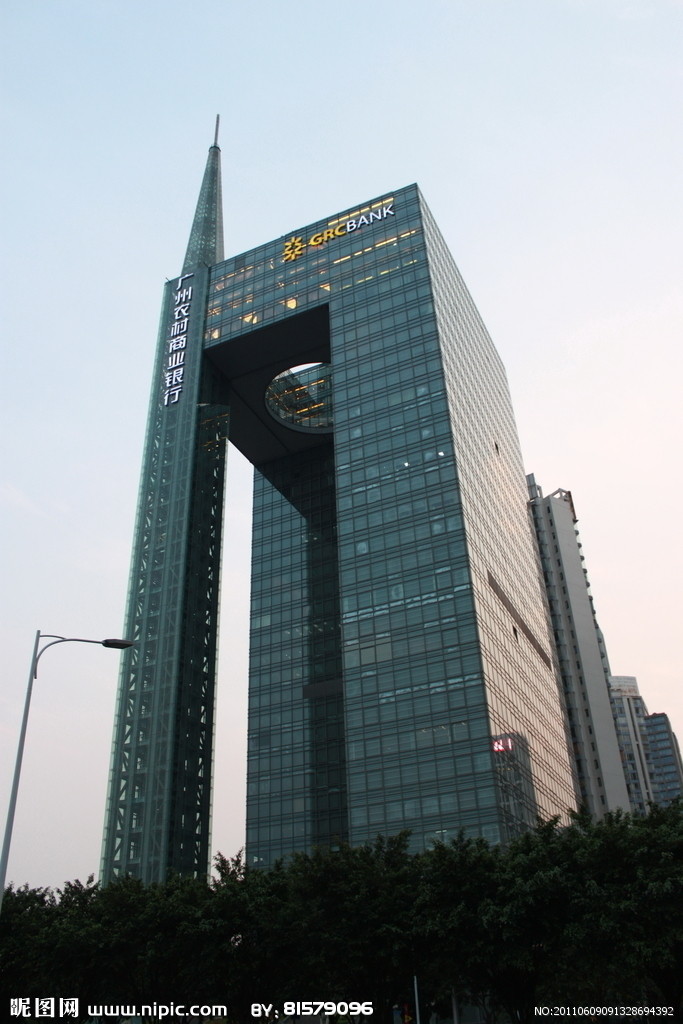
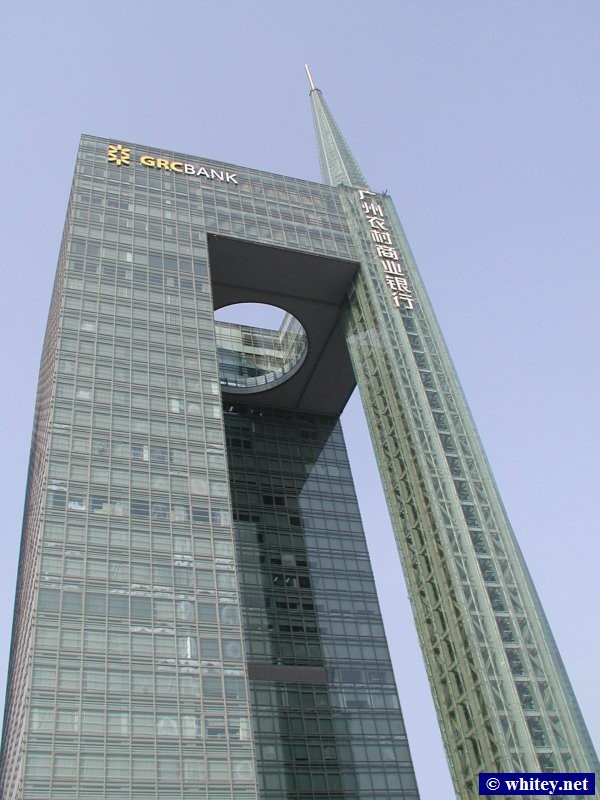
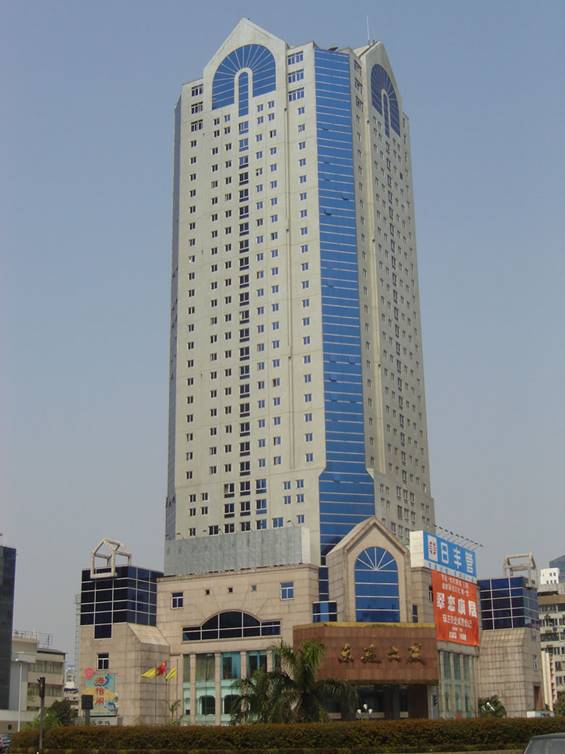
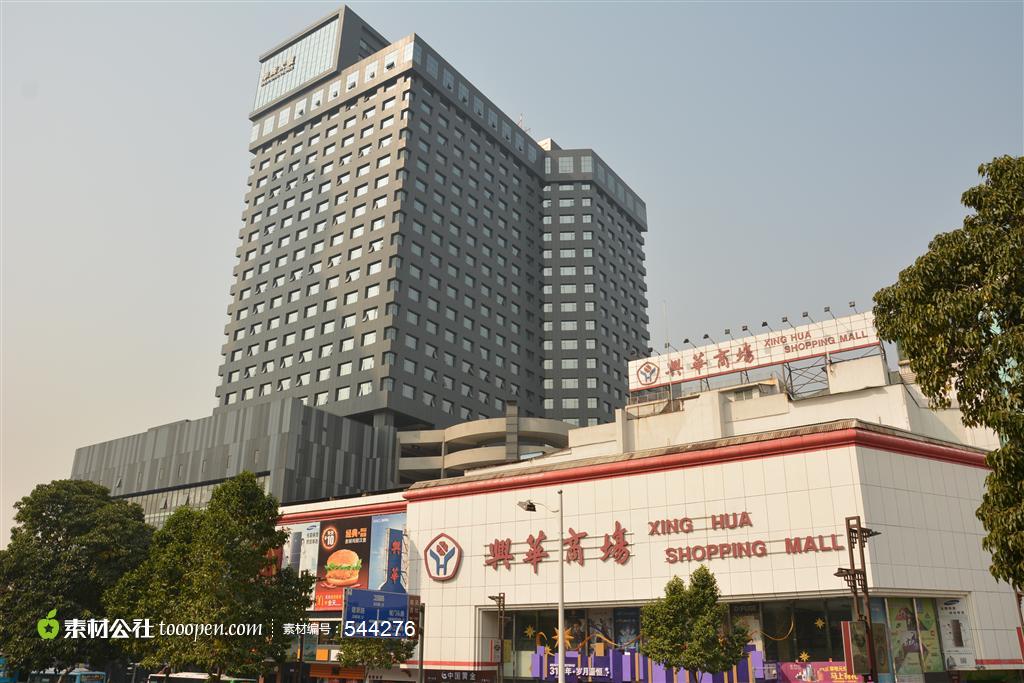
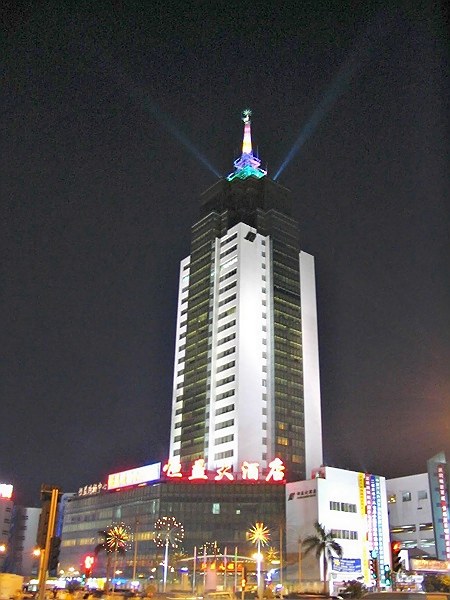
Qinghui Garden
Situated in Daliang Town, Shunde District of Foshan City, the spectacular Qinghui Garden is recognized as one of the four major gardens of Guangdong and ranked among the top ten gardens of China. It was first constructed under the direction of a most successful landscape advisor to the late Ming Dynasty (1368-1644) and has undergone regular elaborate enhancements over the past hundreds of years.
As a perfect integration of the culture of the Ming and Qing Dynasties (1644-1911), South China gardening art and river township architecture, the present Qinghui Garden is a picturesque land which draws visitors worldwide. Covering an area of 0.82 acres, the exquisite garden consists of three parts, as follows: the spacious southern part is characterized by charming waterscape and delicate pavilions; comprising a variety of distinctive architectures, the central part epitomizes garden design; and the northern part with its ancient courts is relatively serene and quiet.
The beautiful garden draws inspiration from the famous Classical Gardens of Suzhou and demonstrates high quality landscape architecture. Inside its close-knit structure, winding paths will lead visitors to secluded sports; a stroll in the compact garden will lead to a changing scene as one advances forward. Furthermore, the outstanding gardening skills are in evidence in the extensive array of decorative potteries, statues, ornamental glasses and carvings featuring trees, flowers and birds of South China, as well as hollow woodcarvings and brick carvings. A great number of wonderful poems and couplets from ancient celebrities adds a cultural dimension to the ingenious garden.
It landscapes assemble all the splendor of Chinese traditional gardens, together with graceful pavilions, arbors, halls, rooms, verandas, corridors and boats, all of which are characterized by their robust construction, in the local tradition. The most representative is Chuan Ting (Boat Hall), a specific Chinese garden building which is presented in the fashion of a gaily-painted pleasure-boat. The two-storey building lies on land and is decorated with lifelike carvings of bamboo plants, snails, ripples and other designs. The undulating corridor creates the illusion of being on a ship which is in the harbor.
Also of note is the cased glass cutting. The cased glass cutting is rather precious in the glass arts of the Qing Dynasty (1644-1911), and it has been widely used in the buildings of the Qinghui Garden. Cased glass cuttings featuring the eight most famous scenic spots of Guangdong Province have already been identified as first class government protected cultural relics.
There are over 100 varieties of plants, including the purple bamboo trees, wisterias, Chinese hollies, five-needle pines, golden larches and other species from the Classical Gardens of Suzhou, Shandong and Beijing. Some ginkgo trees, longan trees and yews have lived for hundreds of years, and they complement the extraordinary buildings of the garden. In addition, the garden has a tremendous collection of rare stones from all over the country.
Comprising crystal waters, verdant trees, stone formations, bridges, pavilions and towers, the Qinghui Garden that combines ancient gardens, architecture and carvings is well worth a visit.
http://www.travelchinaguide.com/attraction/guangdong/foshan/qinghui-garden.htm
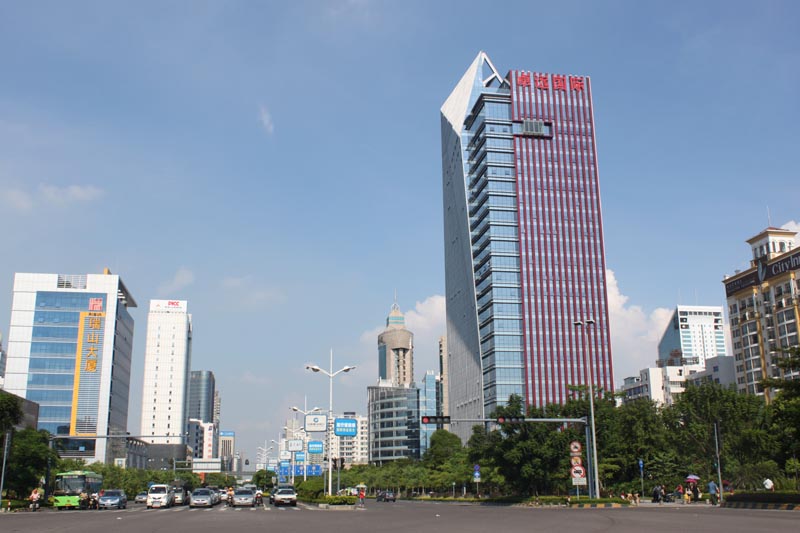
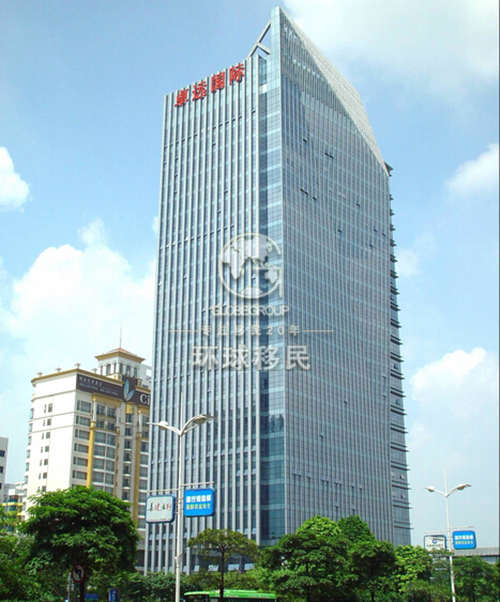
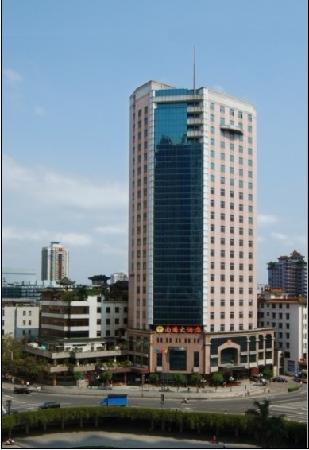
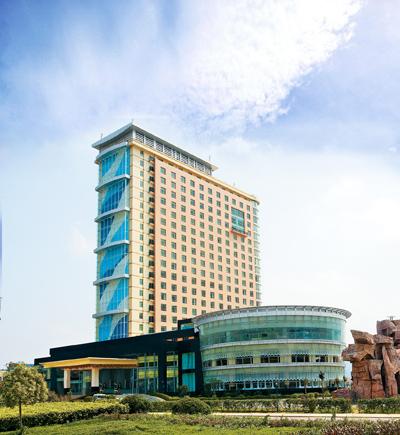
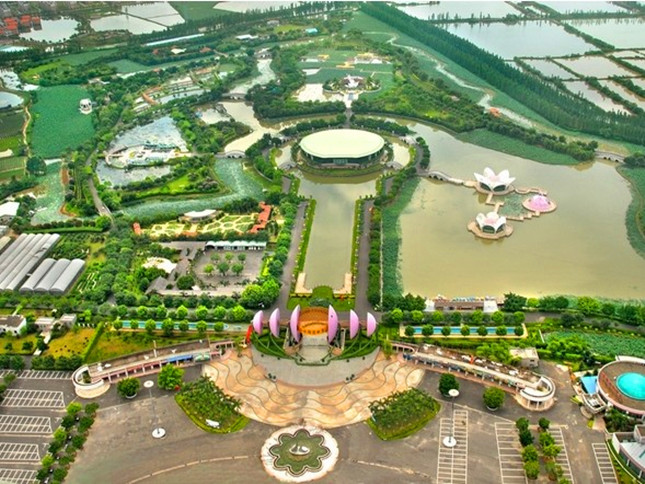
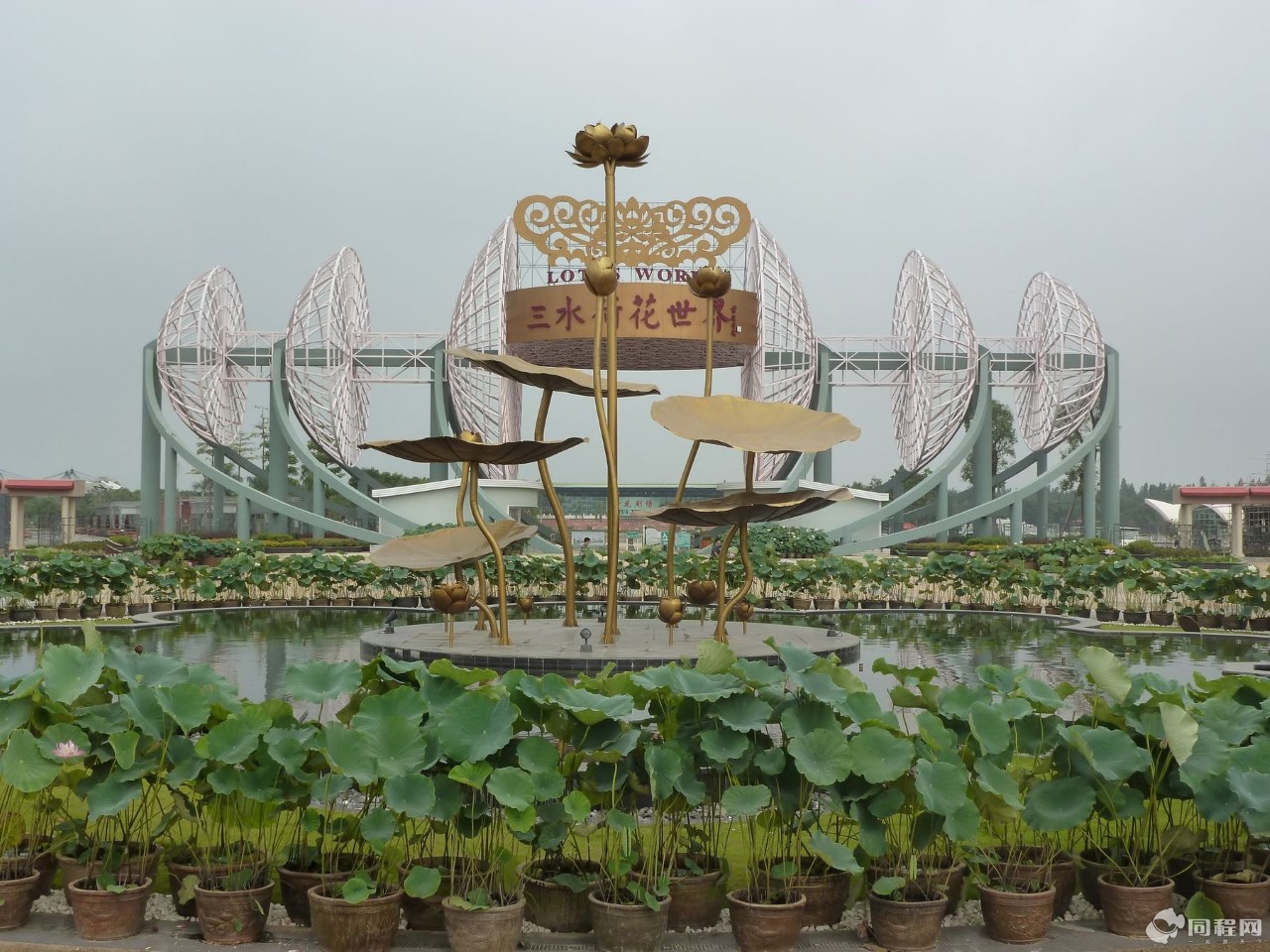
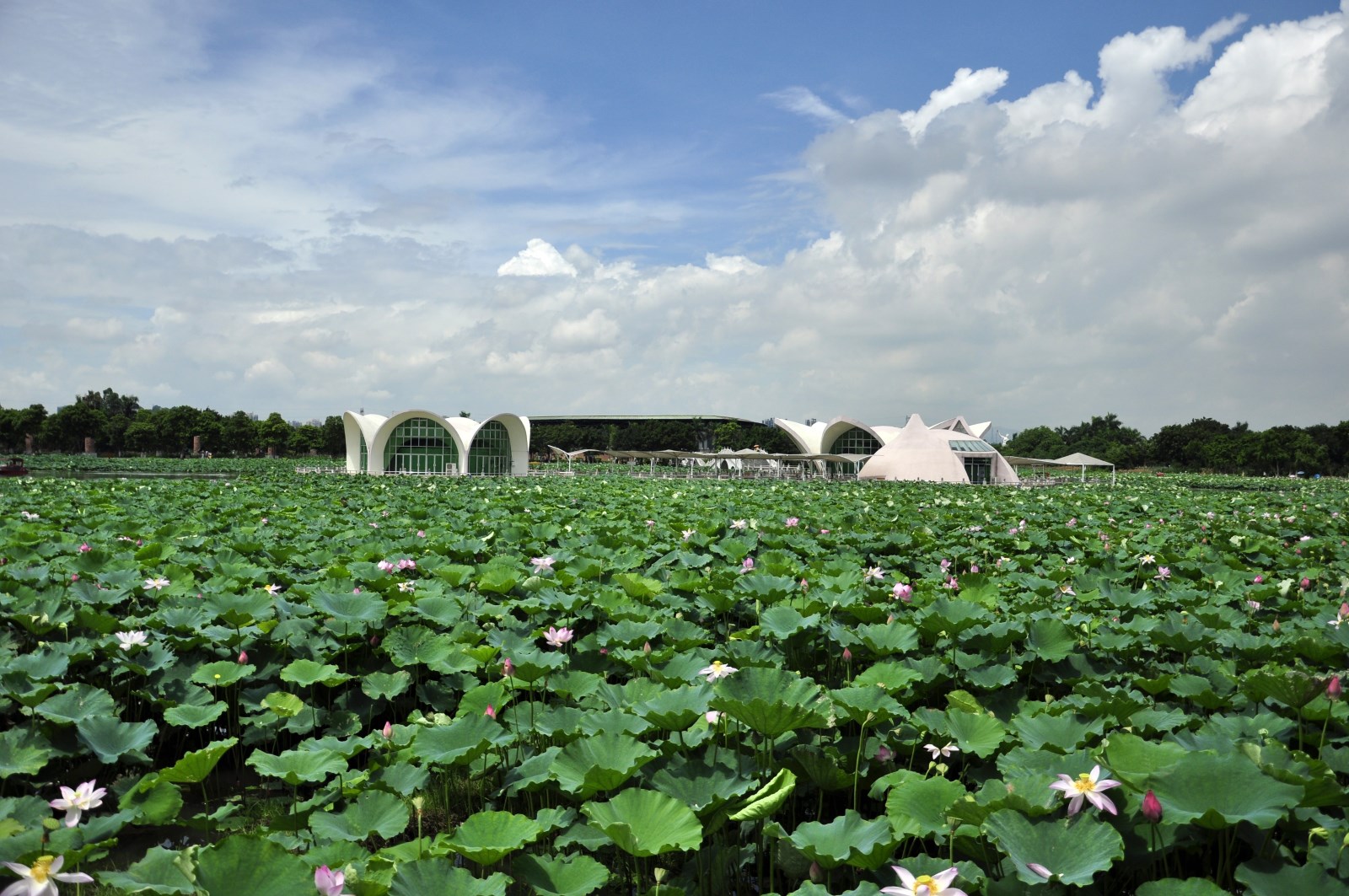
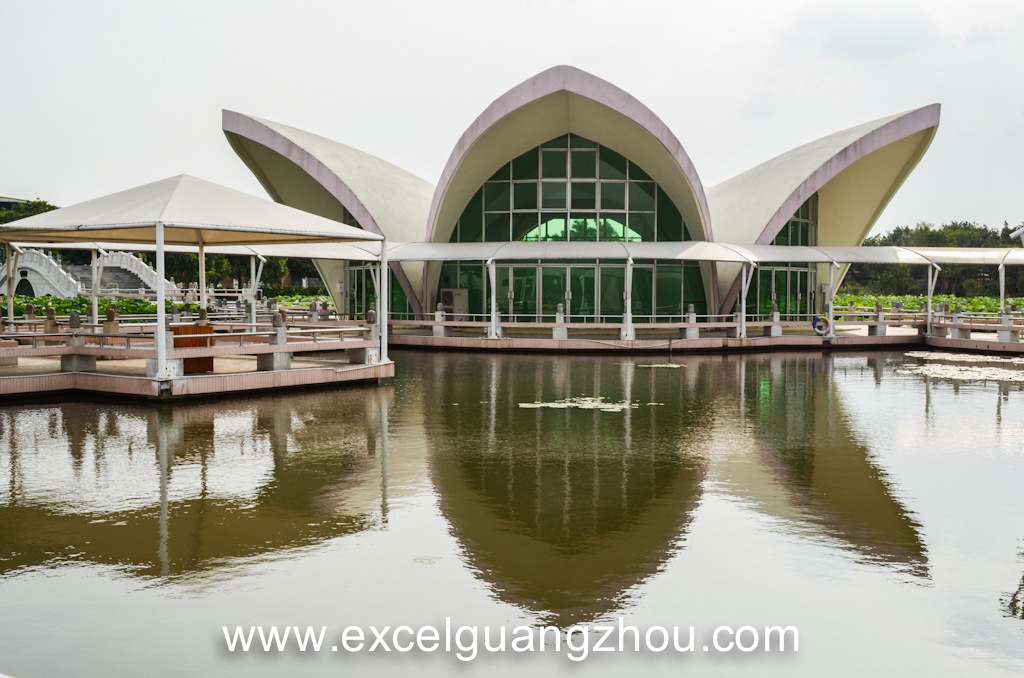
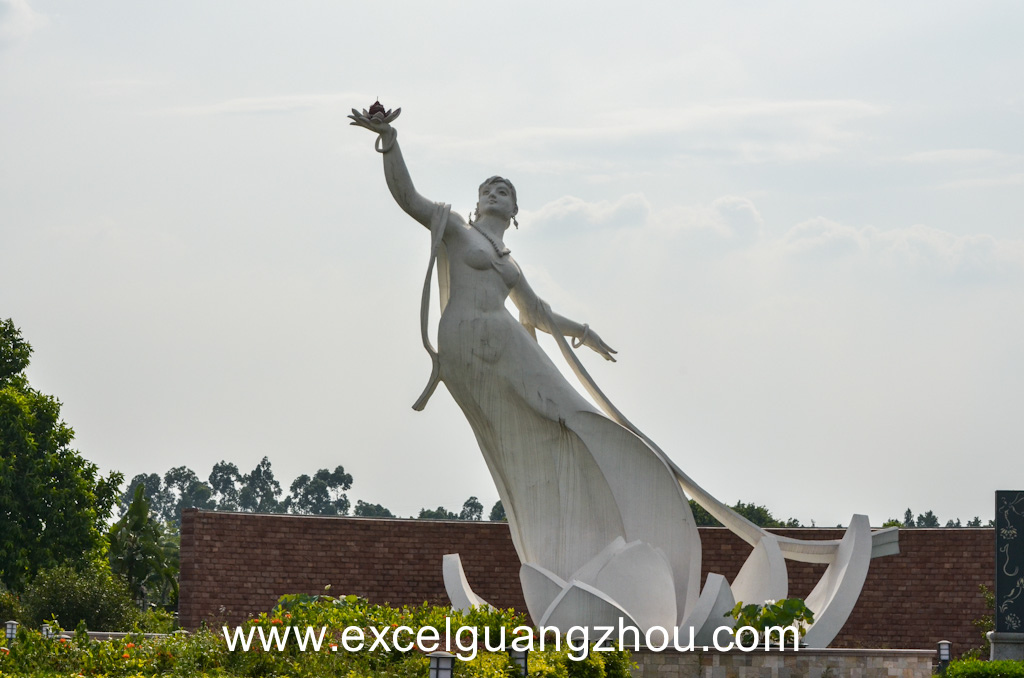
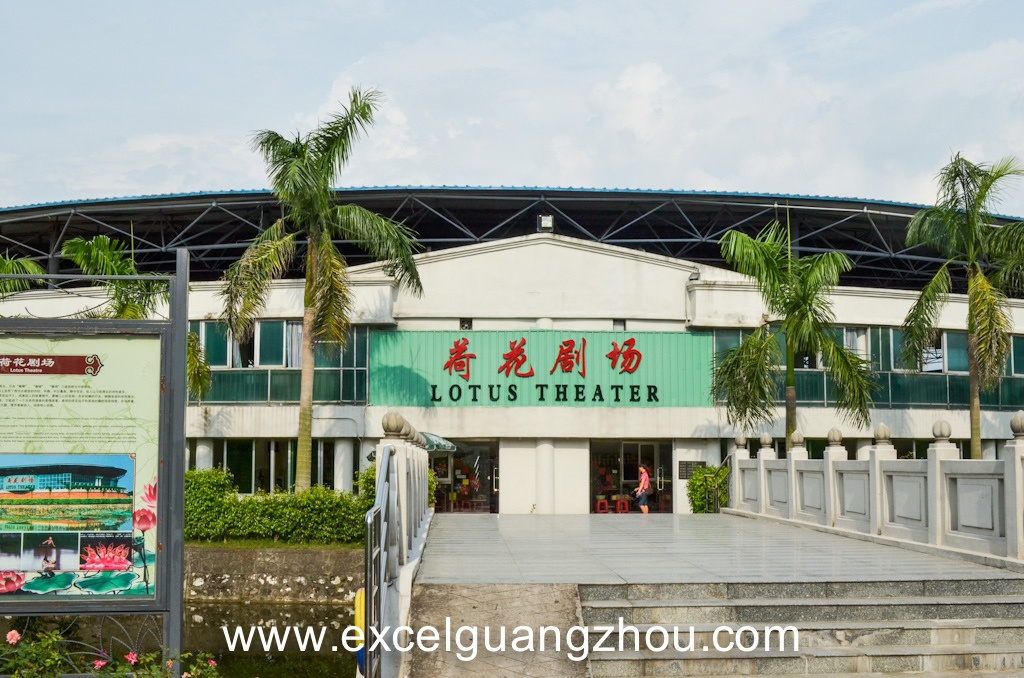
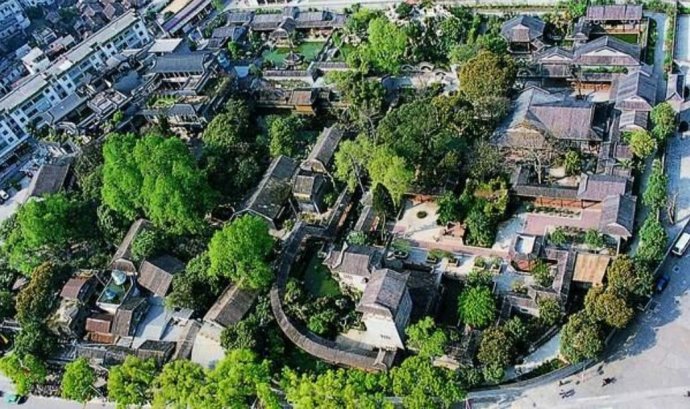
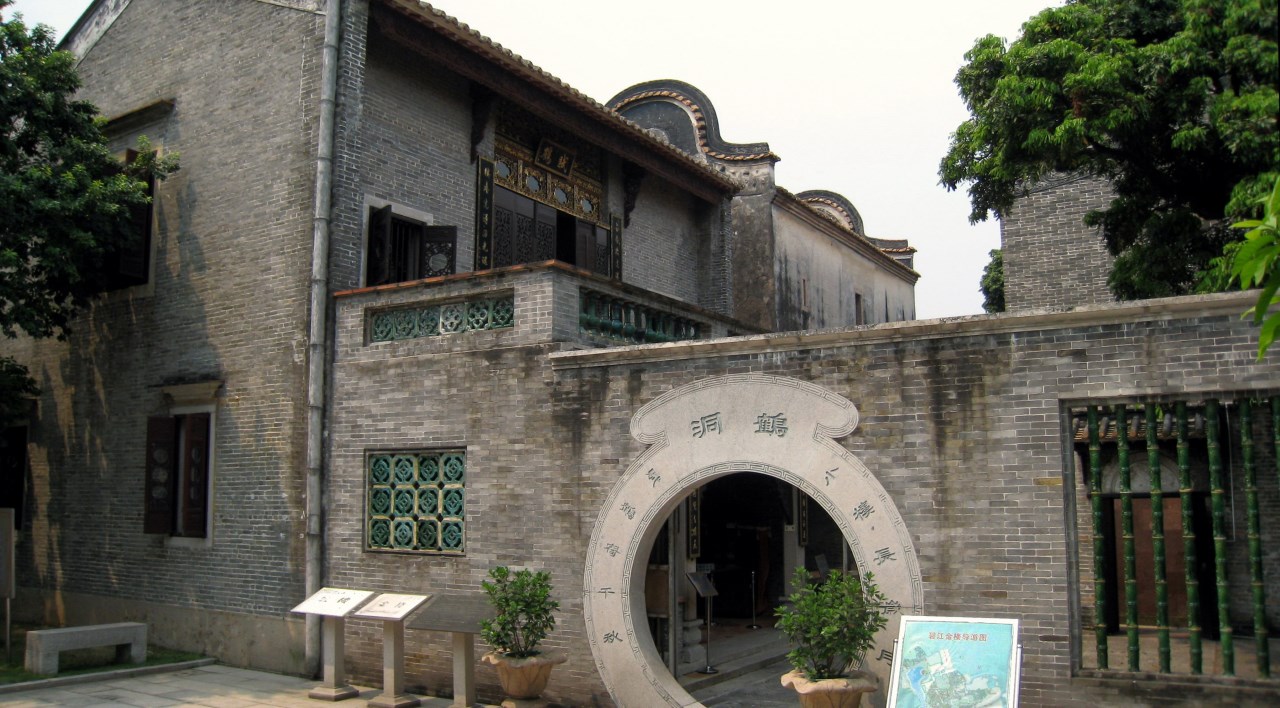
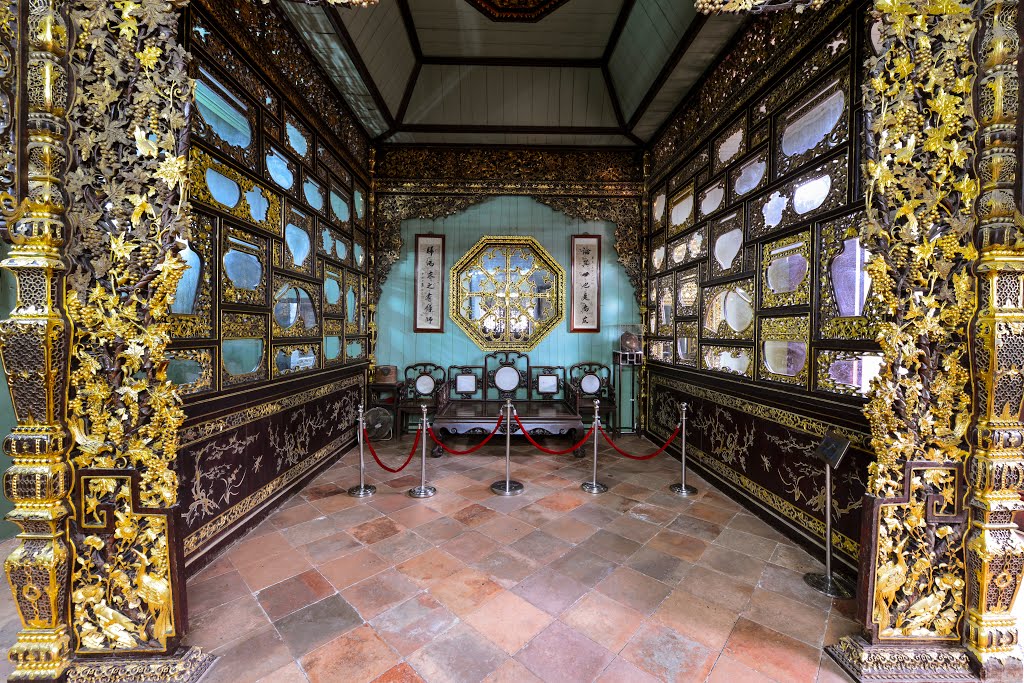
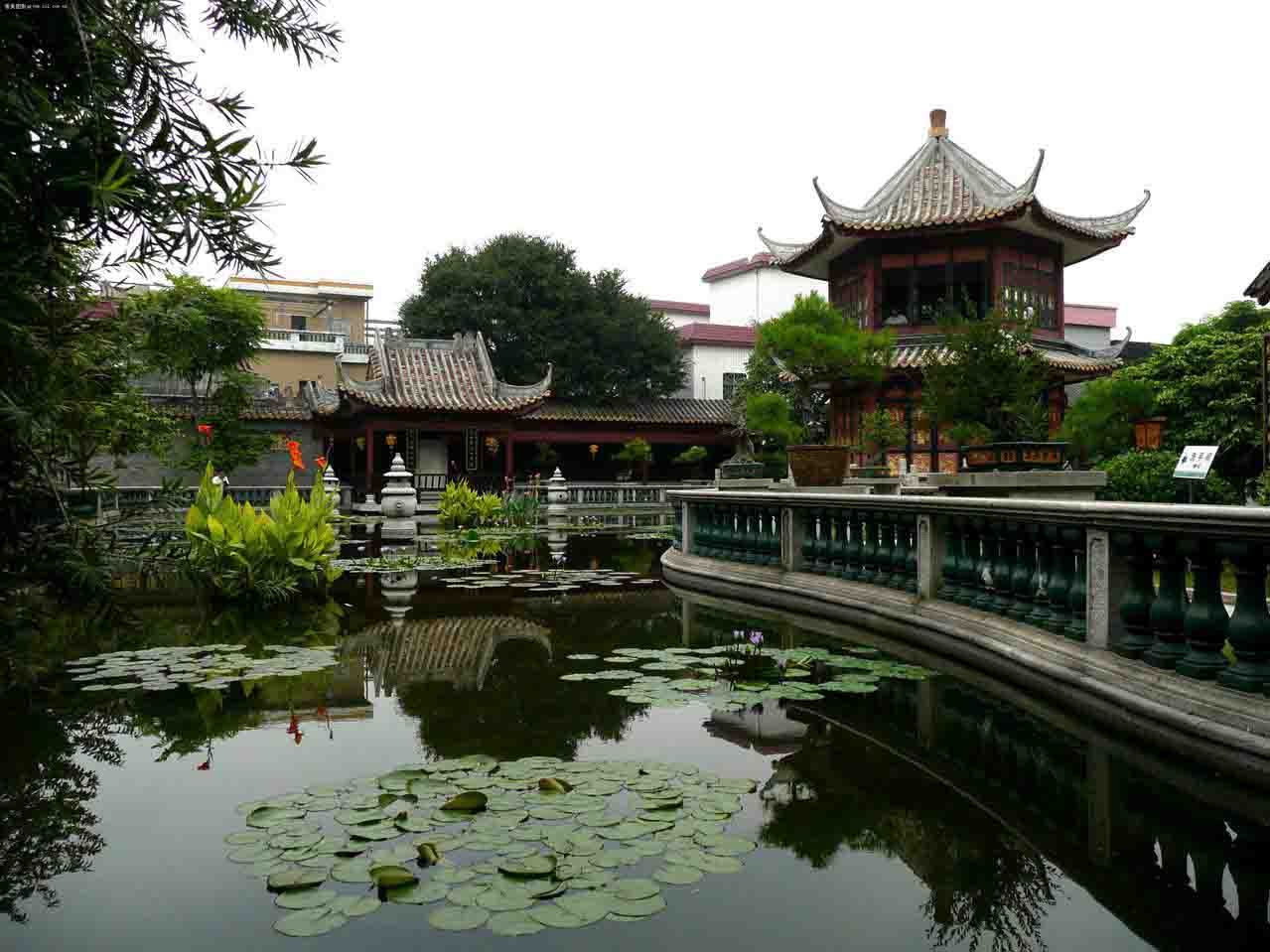
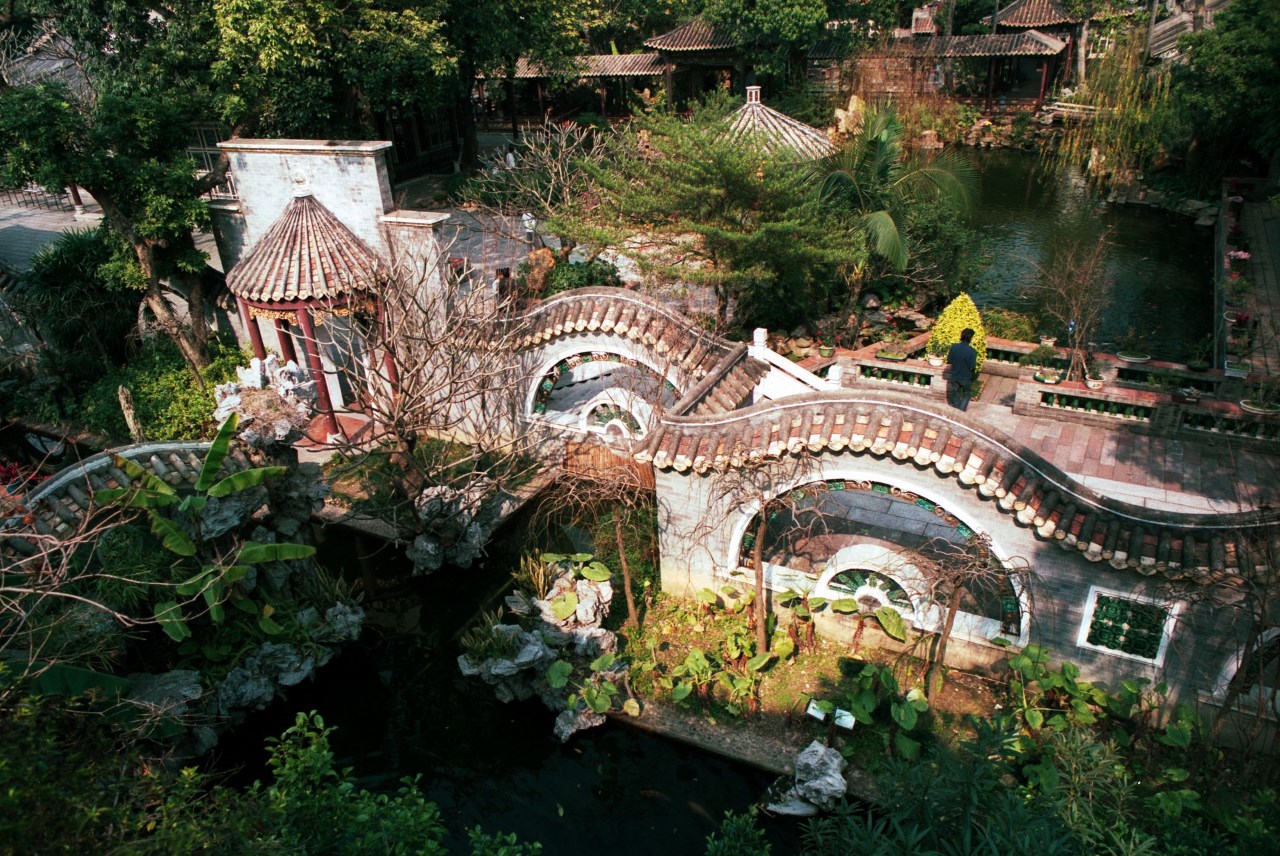

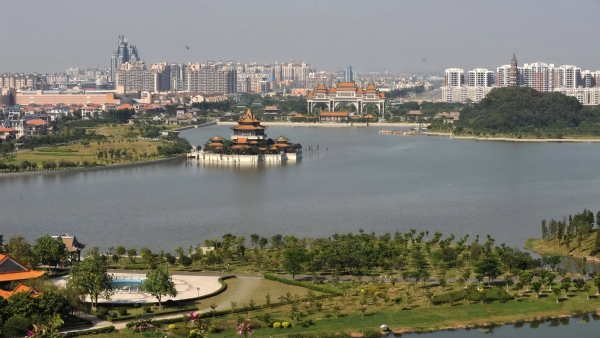
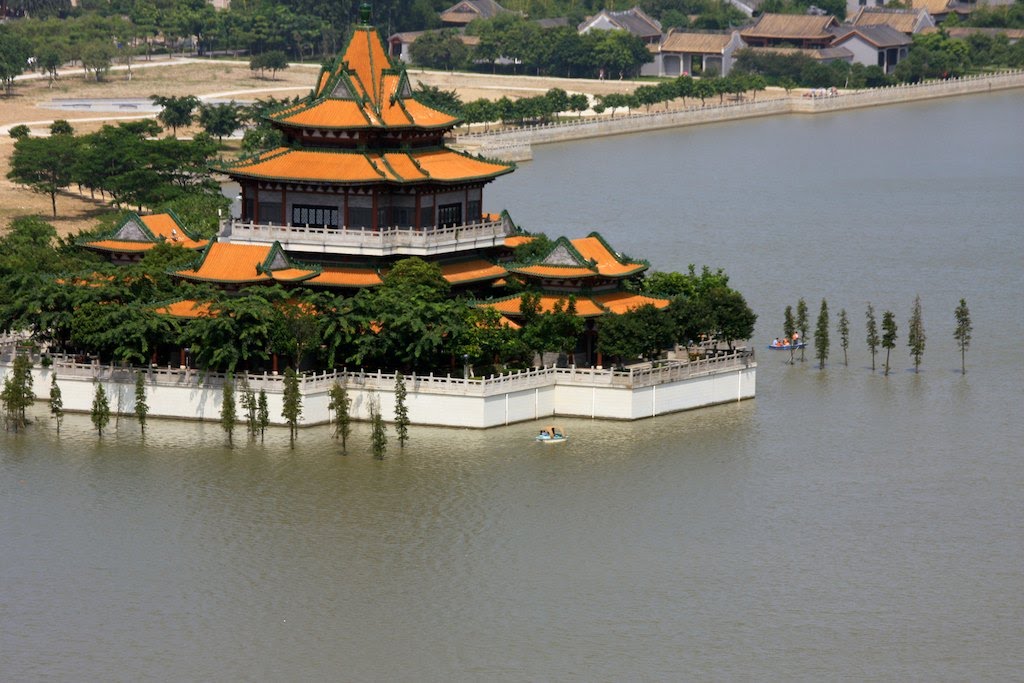
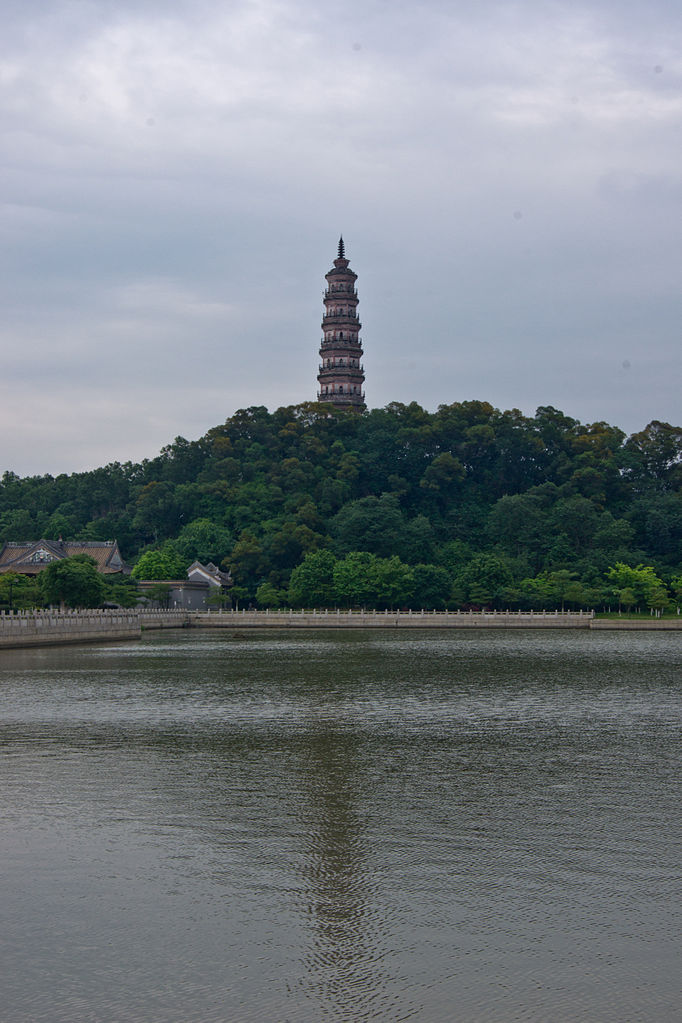
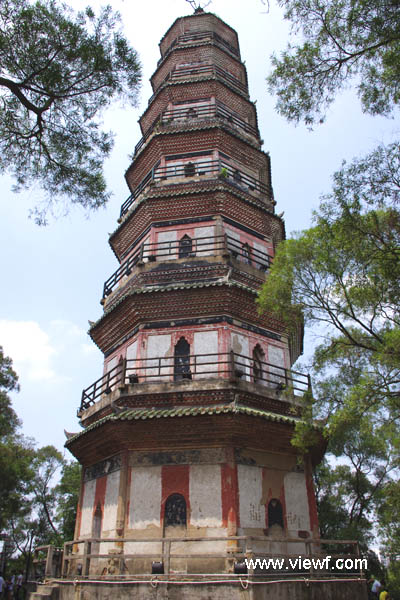
Nanhai Kwan-yin Temple
uilt in 990 during the Song Dynasty, Nanhai Kwan-yin Temple is located on the Niugugang of Fenghuangling Mountain in Foshan, Guangdong Province. During its over one thousand years' history, it has been destroyed and restored repeatedly. Numerous Buddhist disciples from generation to generation came here to worship Nanhai Kwan-yin. In the end of the Qing Dynasty (1644 - 1911), the temple was totally damaged.
In the 1990s, the temple was rebuilt on the original location Niugugang – a ridge with lush vegetation and appealing scenery. With an area of over 100 mus (about 6.7 hectares), the renovate Nanhai Kwan-yin Temple was open to the public in 1996. Due to the convenient transportation to Guangzhou and Foshan, the temple now attracts many tourists.
The buildings of the temple were designed by the Ancient Architecture Department of Tianjin University. The whole construction followed the architectural style of the imperial palaces of the Ming and Qing Dynasties especially the Forbidden City in Beijing.
The main buildings inside the temple include Tianwang Temple, Grand Hall, Liuzu Temple, Jialan Temple and Kwan-yin Hall, covering an area of about 20,000 square meters (4.94 acres). They are arranged on three layers with one upon another. The Kwan-yin Temple can be seen from quite a distance and is quite grand. On the central axis of the Kwan-yin Temple, there is a road called the Imperial Pass for the imperial carriage with the stone carvings of dragons and lotuses. According to the regulations in the feudal society, only the palaces can have an Imperial Pass and only the imperial court can have dragon carvings. However, Nanhai Kwan-yin Temple is an exception for it is a palace-style temple.
Additionally, the landscape of its exterior is also picturesque. Especially, when summer comes, the Fangsheng Pool in front of the temple becomes a stage of gorgeous lotuses. Also the Culture Square and waterfall attract many tourists.
Every year on January 26th, according to the lunar calendar, is the Kwan-yin Temple Day. Thousands of devotees will go there to worship Kwan-yin. Thus, it became the largest Buddhist shrine in Foshan.
http://www.travelchinaguide.com/attraction/guangdong/foshan/nanhai-kwan-yin-temple/

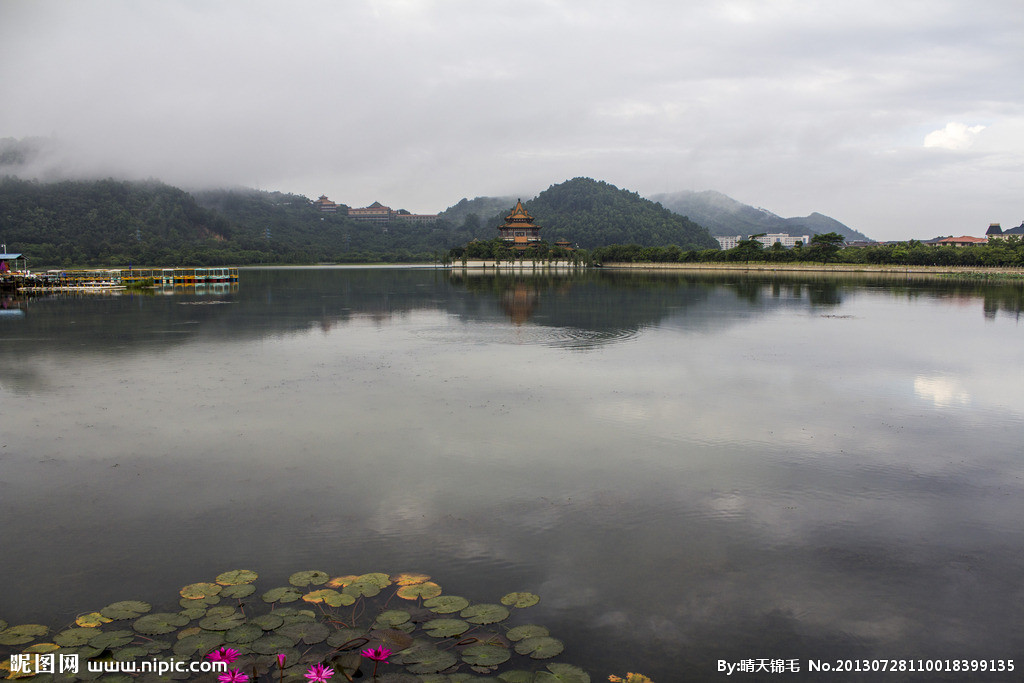

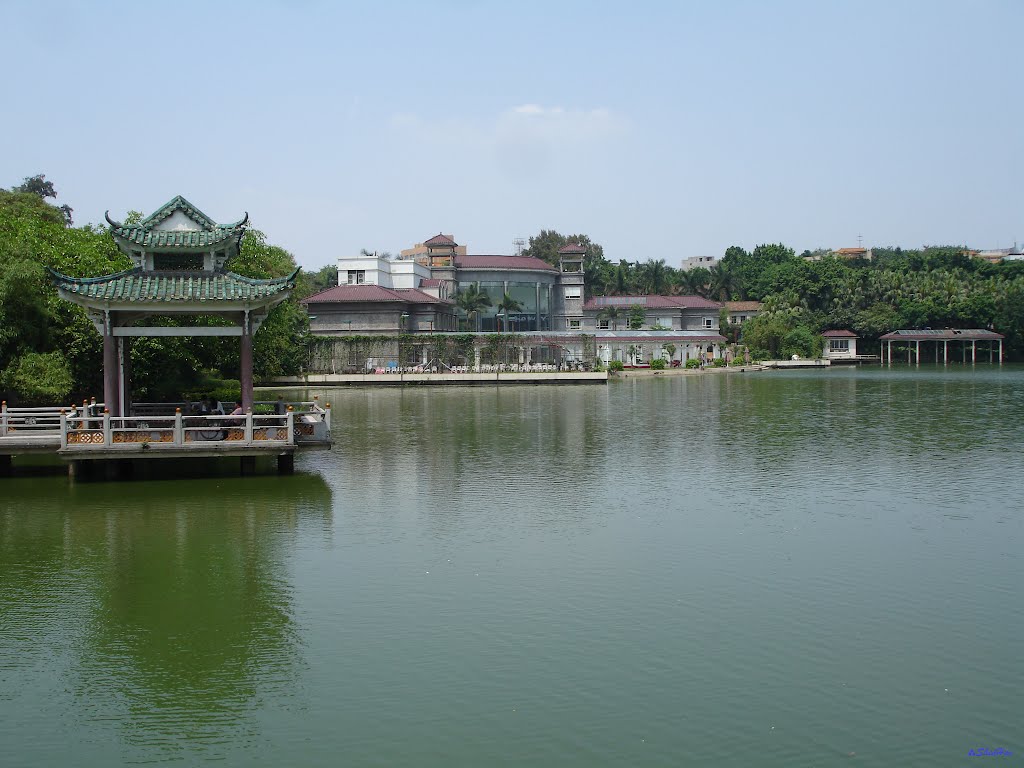
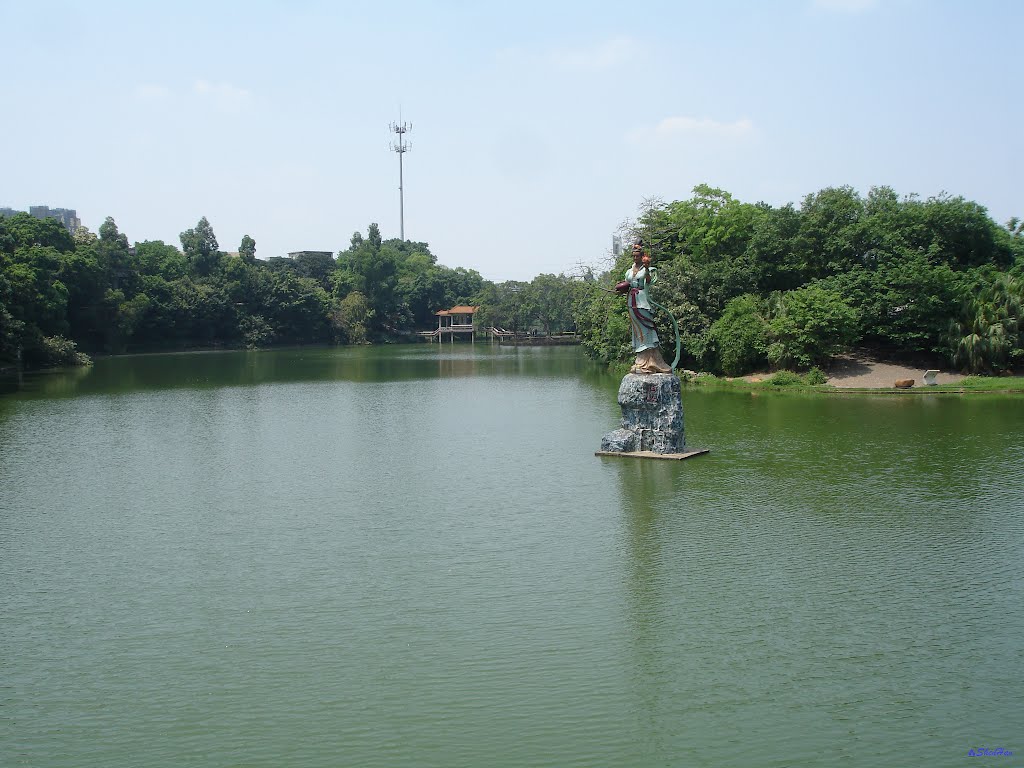
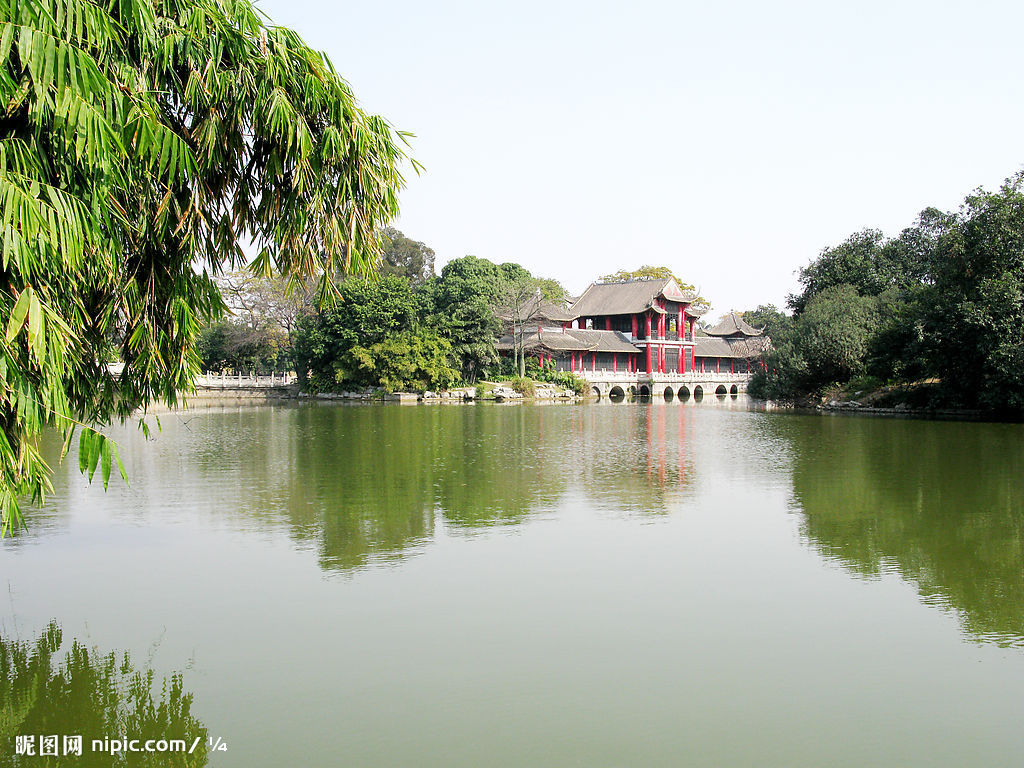
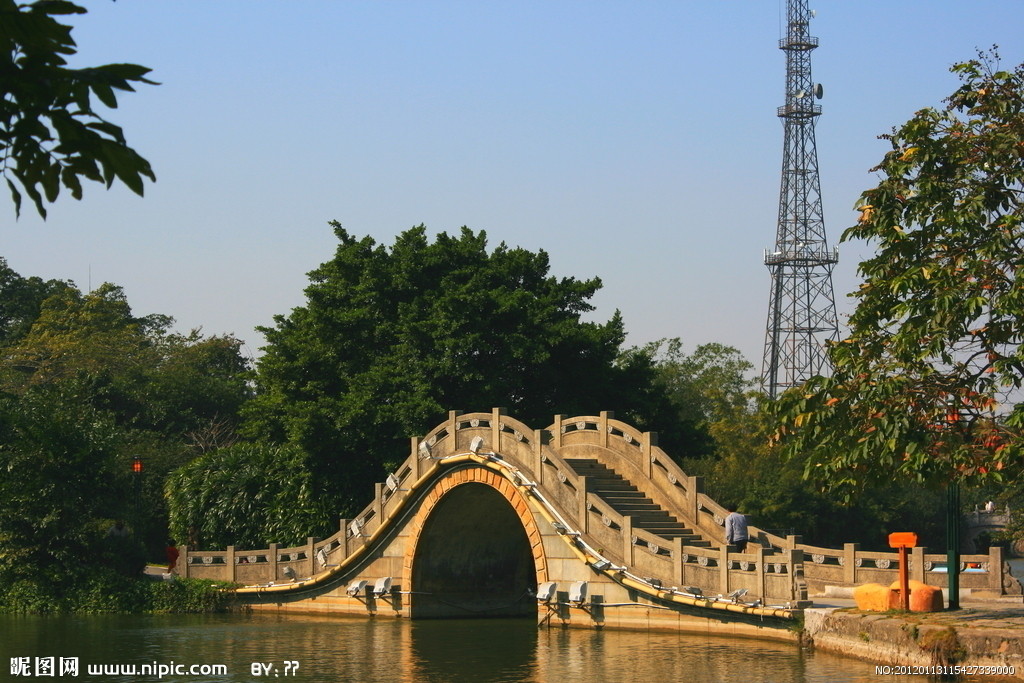

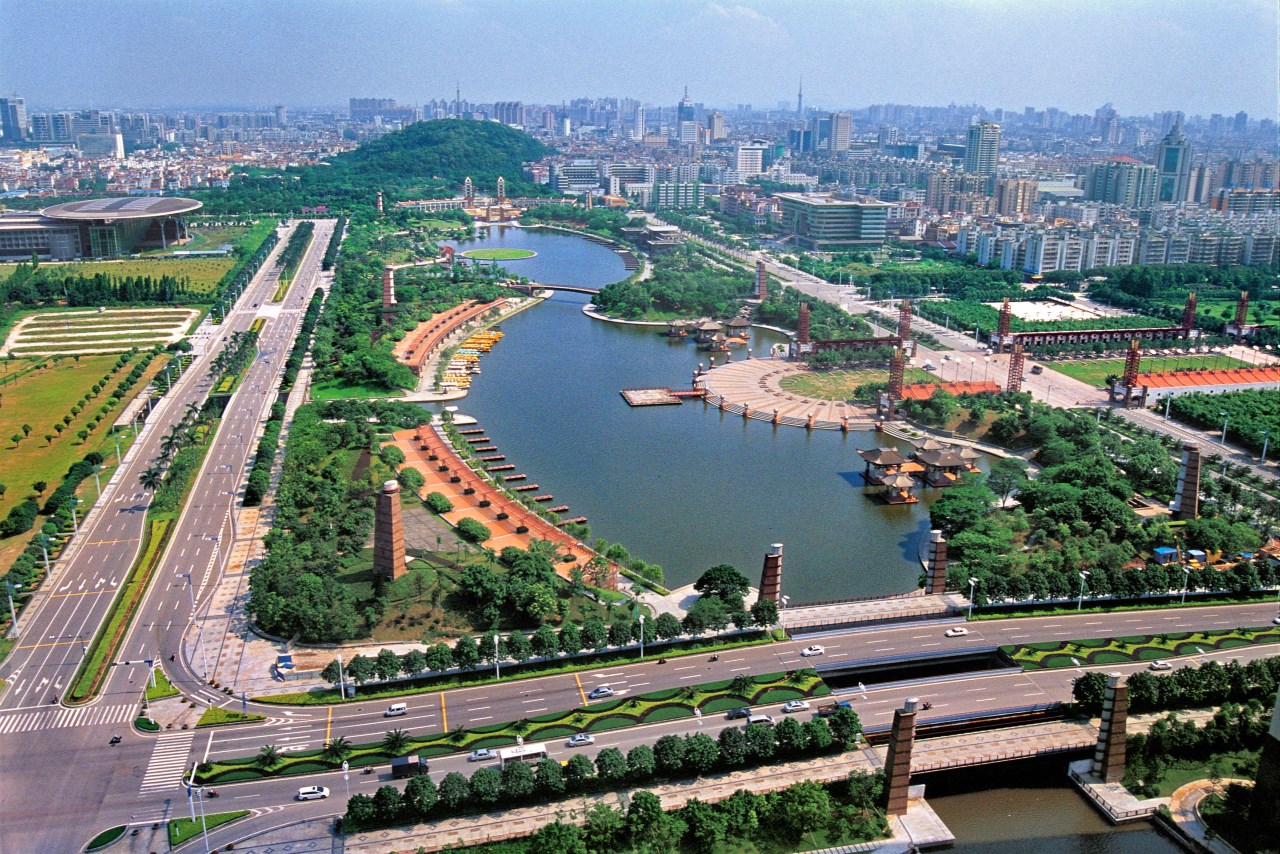
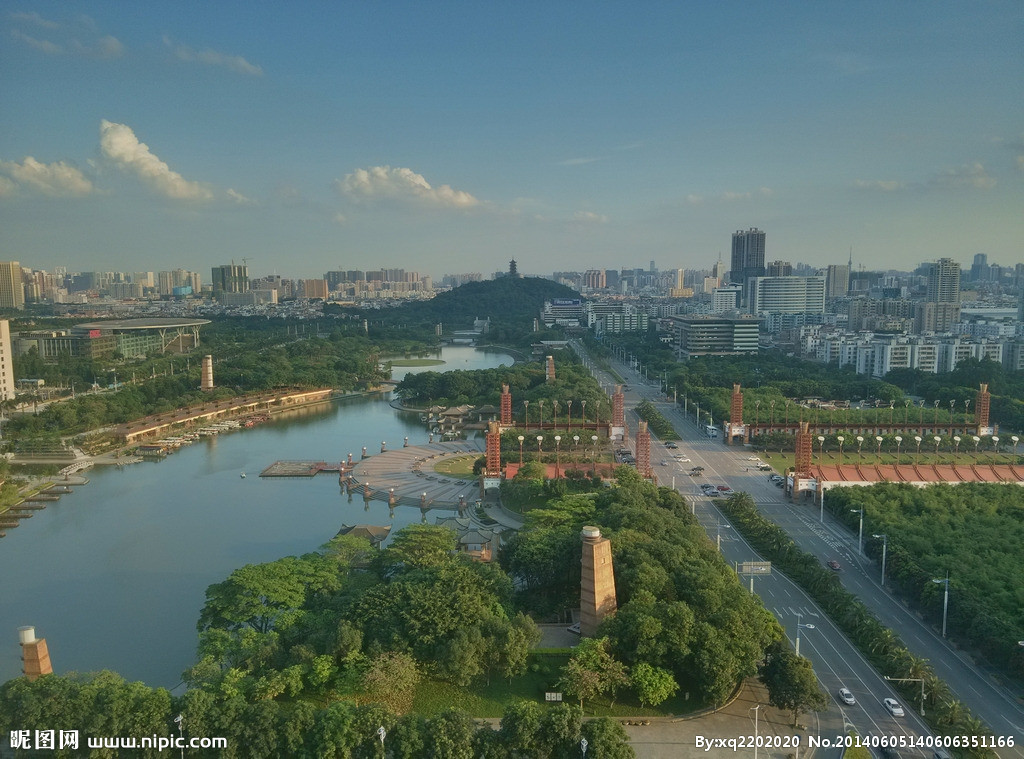

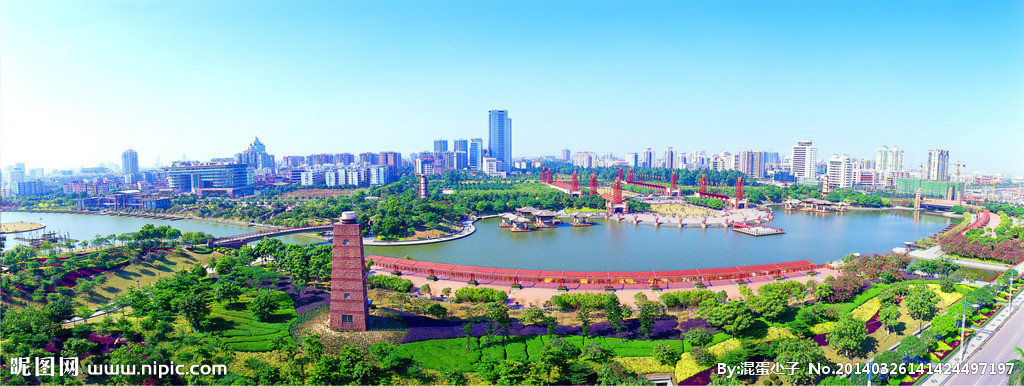
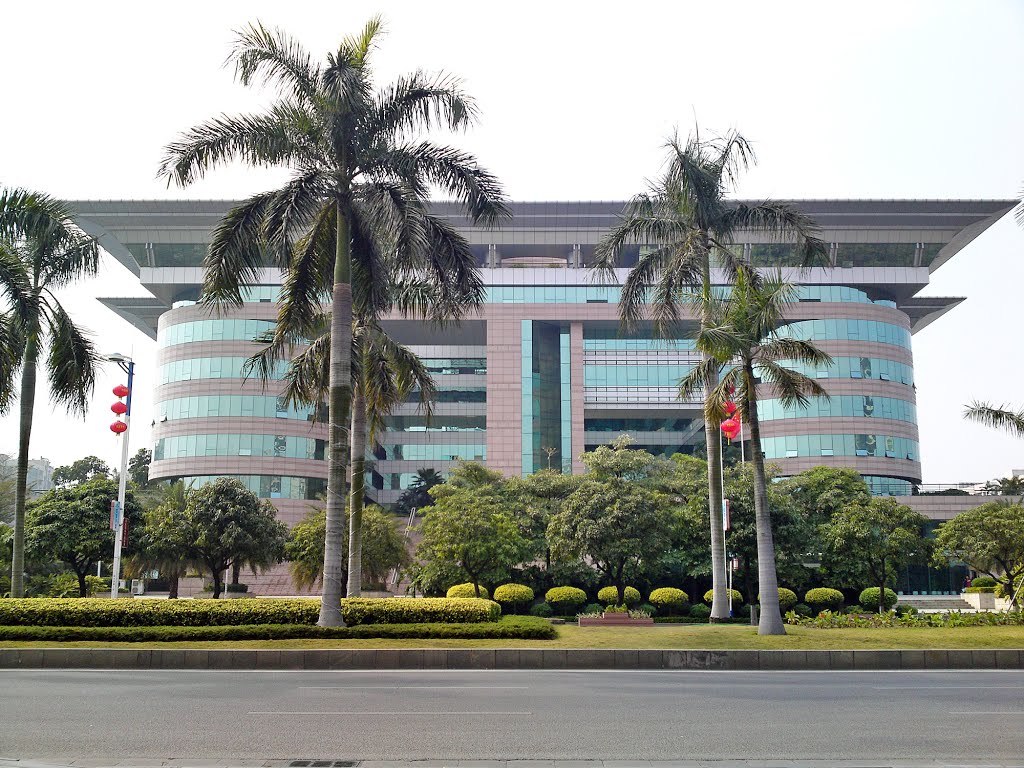
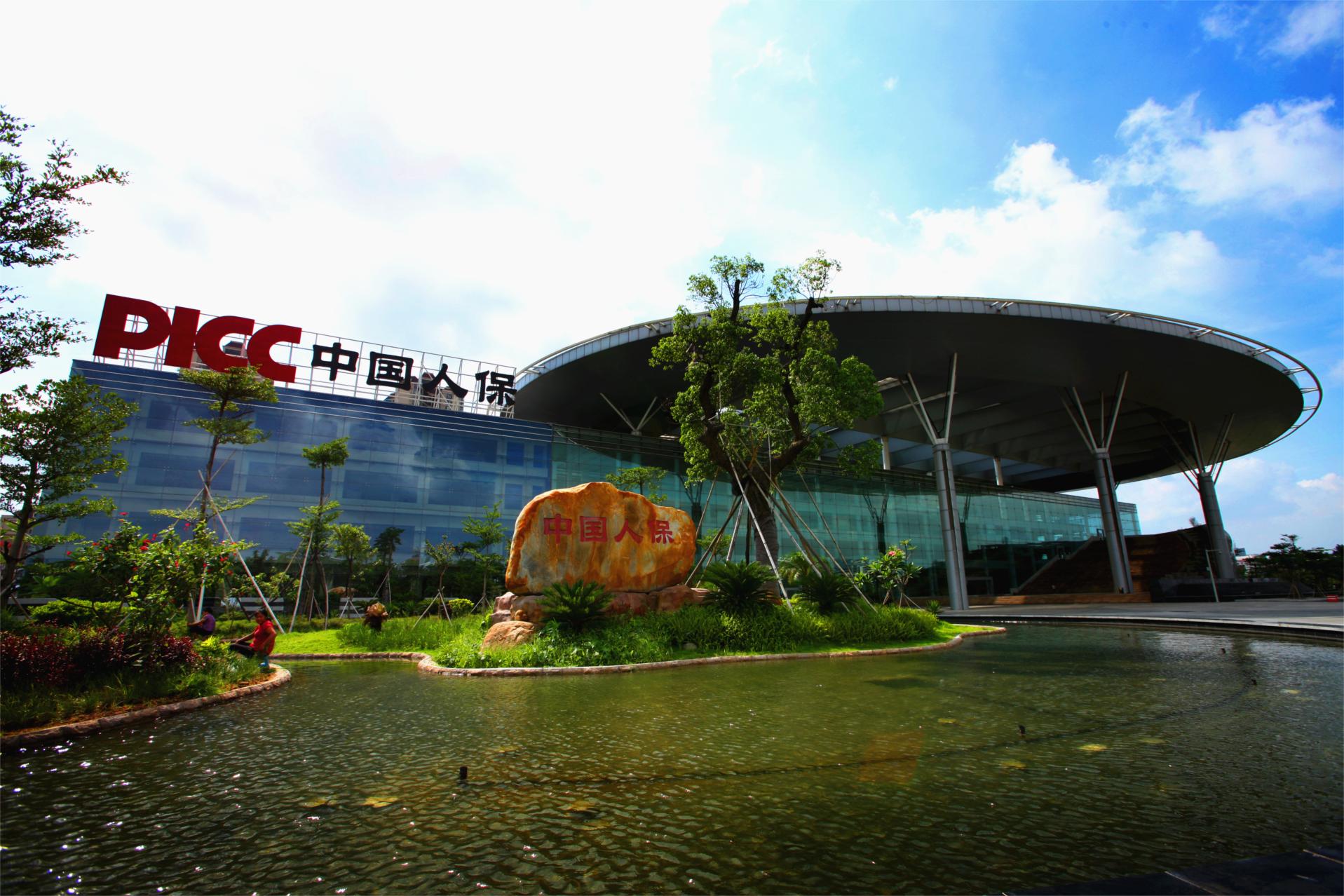
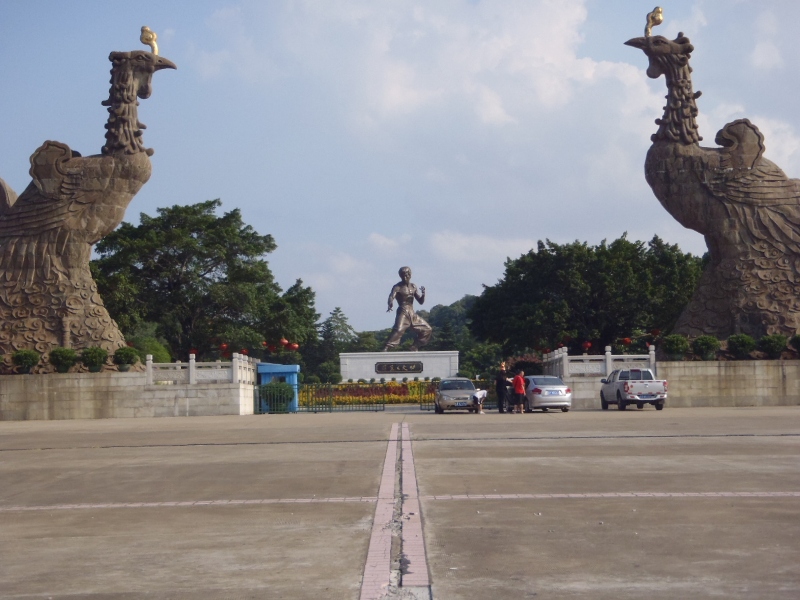
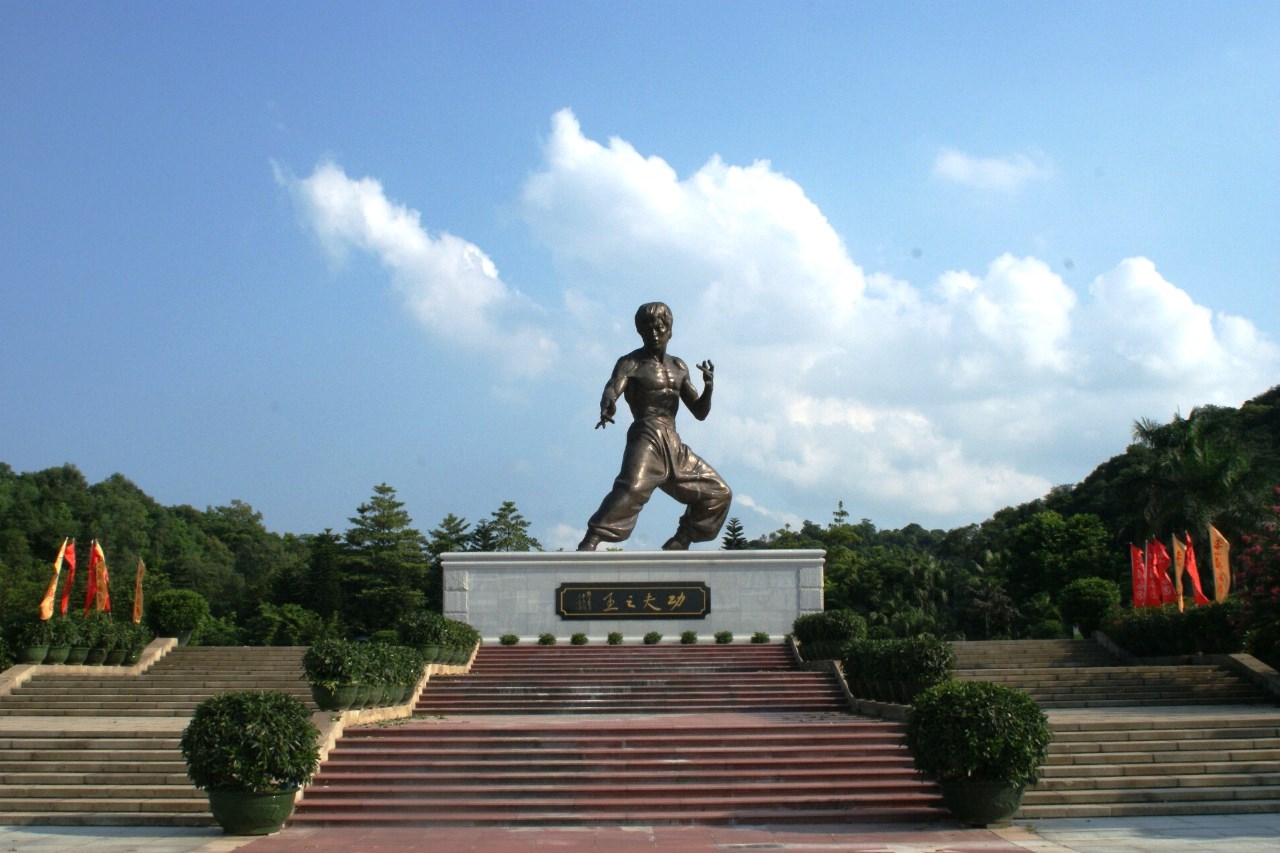
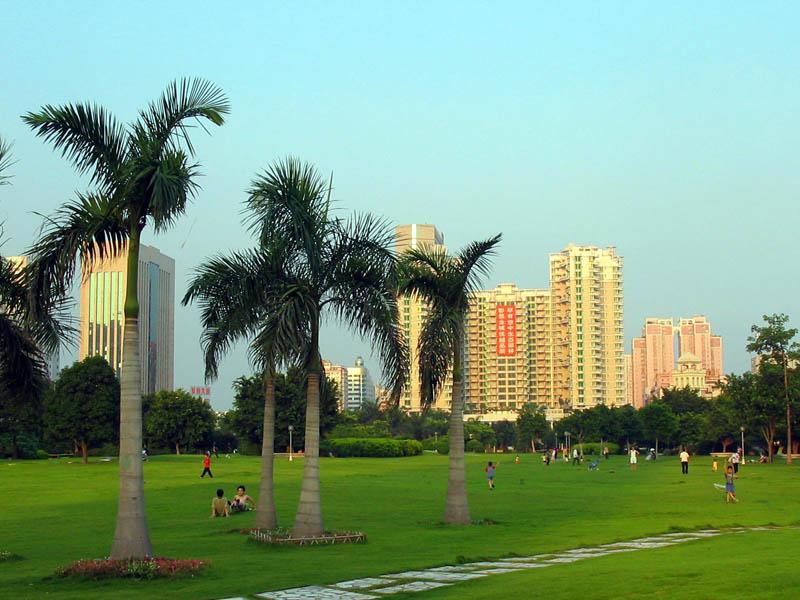
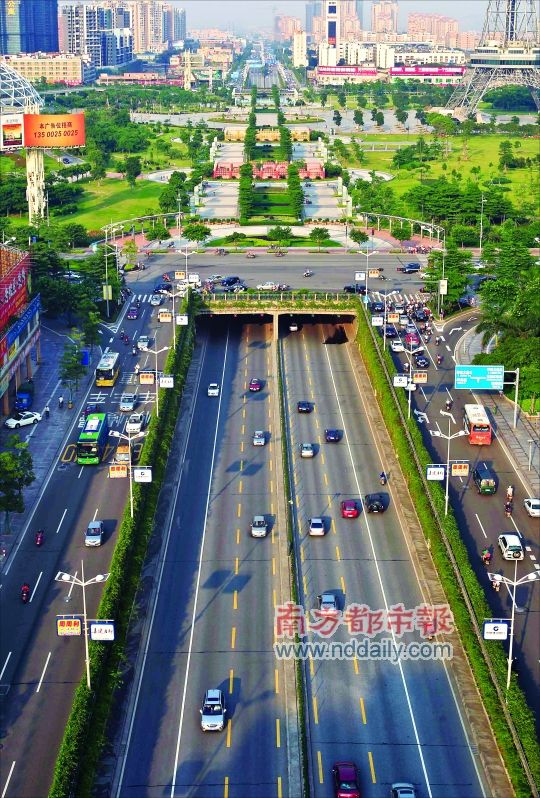
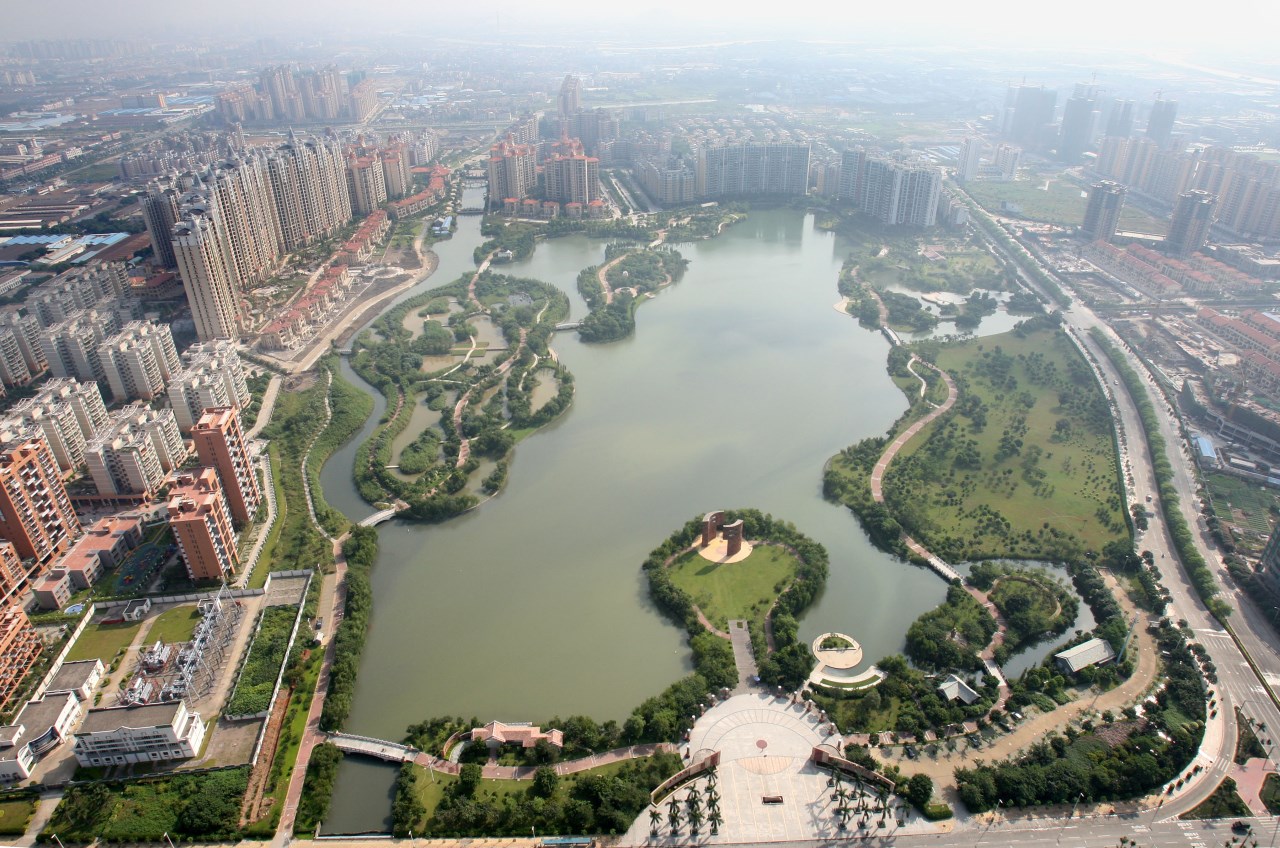
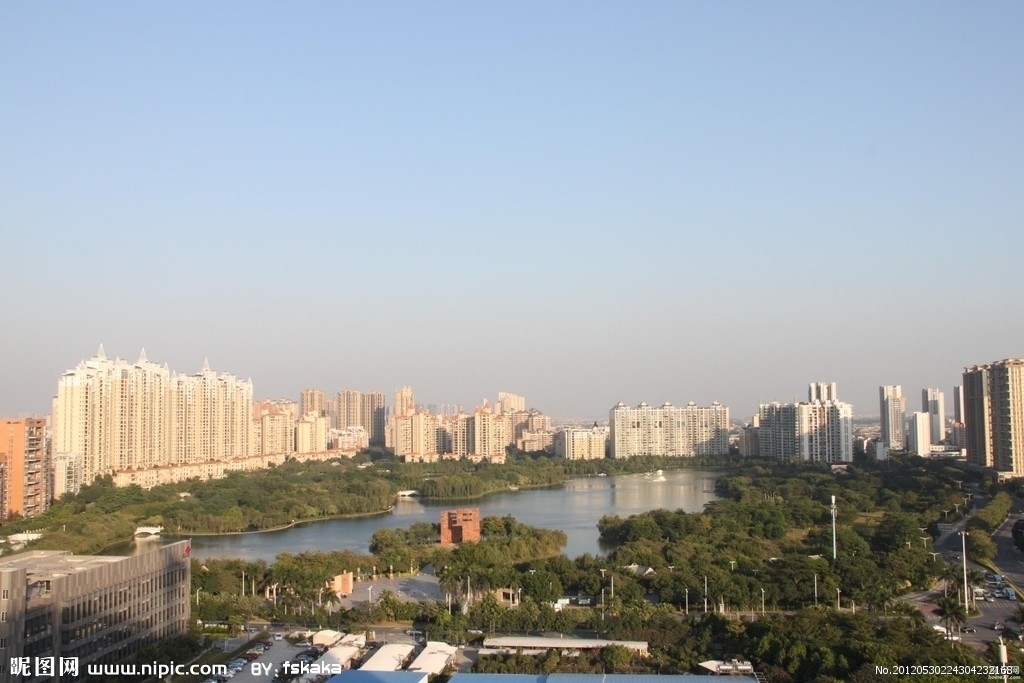
Bruce Lee Ancestor's House
Bruce Lee, a brilliant Chinese Kung Fu master and action movie star, made a great contribution to promoting Chinese martial arts and Kung Fu films. Although he only lived for 30 years, his blaze of glory overshadows any other Chinese Kung Fu stars of his time. Even the present-day Jackie Chan and Jet Lee's hey days cannot match his achievements. From 1972 to 1973, Bruce was successively named as one of the seven great martial arts masters in the world by the international authoritative martial arts magazine 'Black Belt'. At the turn of the new millennium, he was nominated as one of the most influential icons in the 20th century, the only Chinese national. For countless foreigners, Bruce Lee has become the synonym of 'Kung Fu'. Subsequently, Bruce Lee Ancestor's House became a tourist resort for his fanatic fans and martial arts lovers.
Bruce Lee Ancestor's House is located in Shang Village, Shunde District, about 60 kilometers (about 37 miles) away from Guangzhou City. At the entrance of Shang Village stands the Lee's Ancestral Hall. It was built to immortalize Lee's ancestors. The Ancestral Hall is very grand, spacious and solemn. Bruce Lee's Ancestor's House is near the Lee's Ancestral Hall. It was built by Bruce Lee's grandfather. Bruce's father also lived here. Bruce lived here only for a short period. He spent the most part of his childhood and teen years in Hong Kong.
Bruce Lee Ancestor's House is a typical folk residence made of brick and wood in the Pearl River Delta. It is composed of a bedroom, a hall, a kitchen and a dooryard, encompassing an area of about 51 sq meters (about 61 sq yards). It is a very humble house, and the furnishings are very simple. On the walls of the hall hang a brief introduction about the life experience of Bruce Lee, and several large stills from his films, in which Bruce Lee played the leading roles. At the hall, there is a wooden stake and an incense burner table. The wooden stake is used for practicing Kung Fu. The incense burner is used to make sacrifices to Lee's ancestors. The dooryard covering an area of about 20 sq meters (about 24 sq yards) is a good place for practicing Kung Fu.
In order to pay tribute to Bruce Lee for his contribution to the promotion of Chinese martial arts, a memorial museum was built and completed in 2002. It is located in Daliang Street, Shunde District. Since the memorial museum is situated in an inconspicuous part of the street, it is unfamiliar to the public. Therefore, a new memorial museum has been constructing since the end of 2006, which is situated in Jun'an Town, and is expected to be the largest memorial museum dedicated to the memory of Bruce Lee.
http://www.travelchinaguide.com/attraction/guangdong/foshan/bruce-lee-ancestors-house/
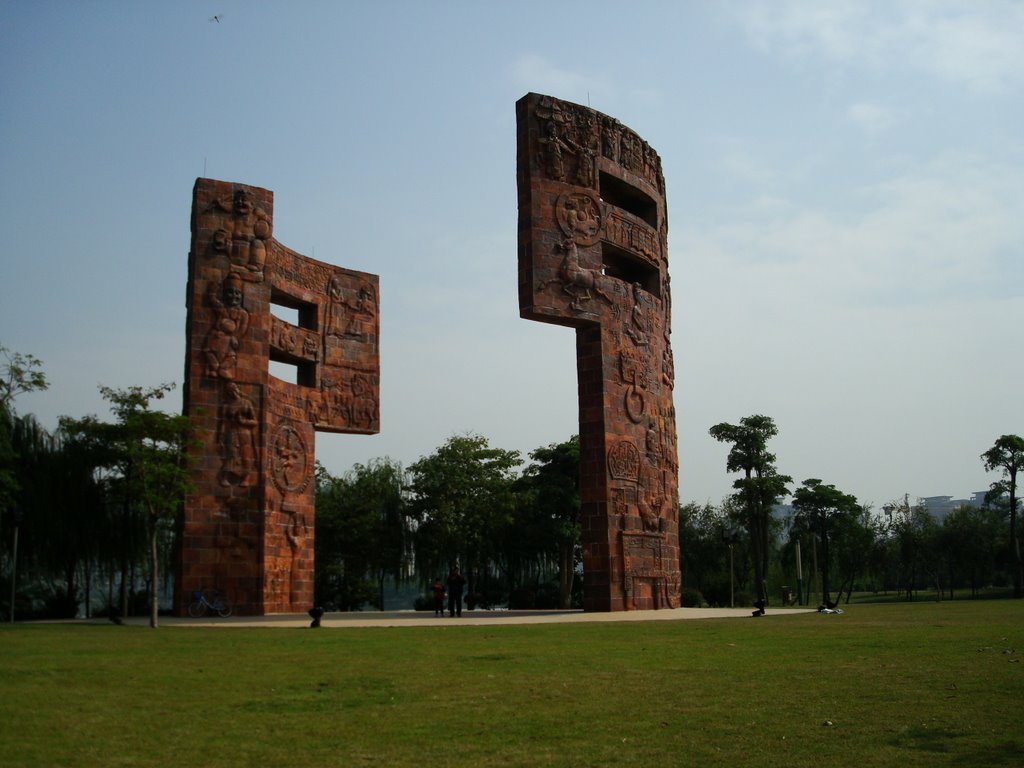
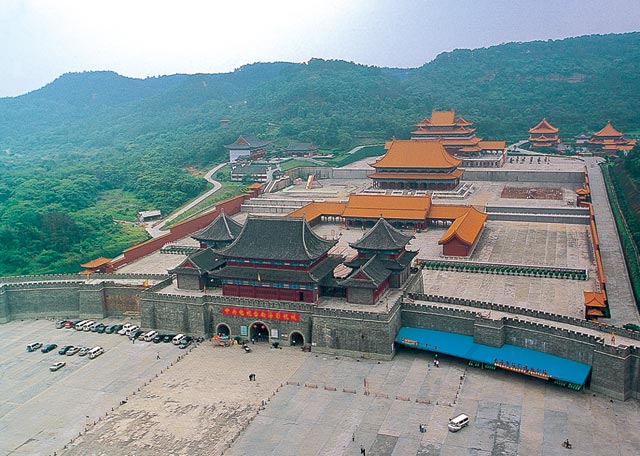
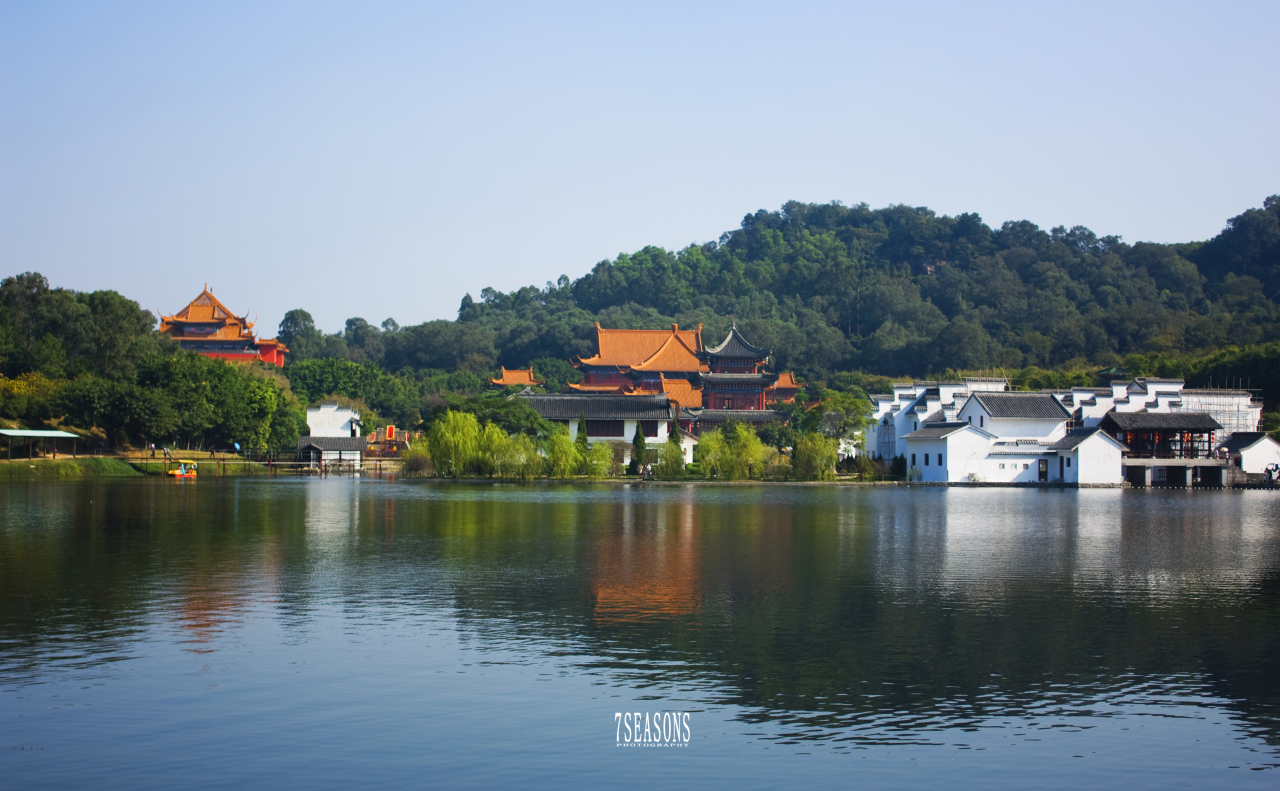
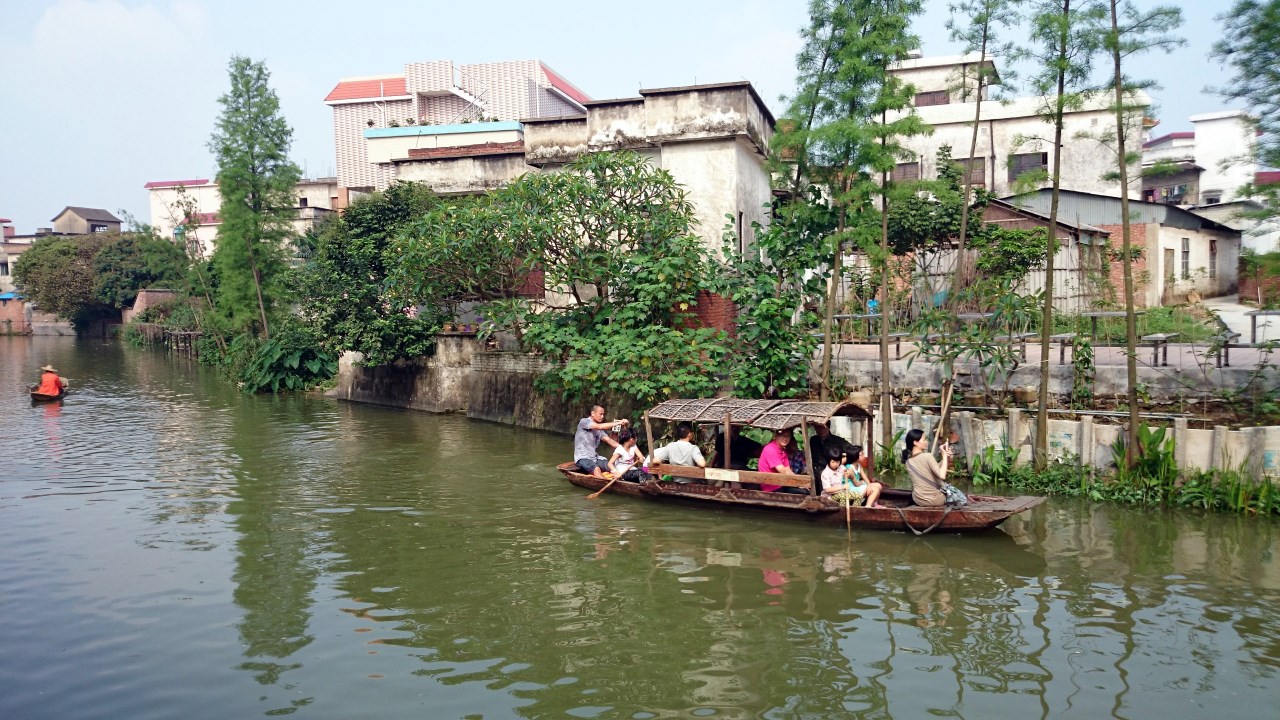
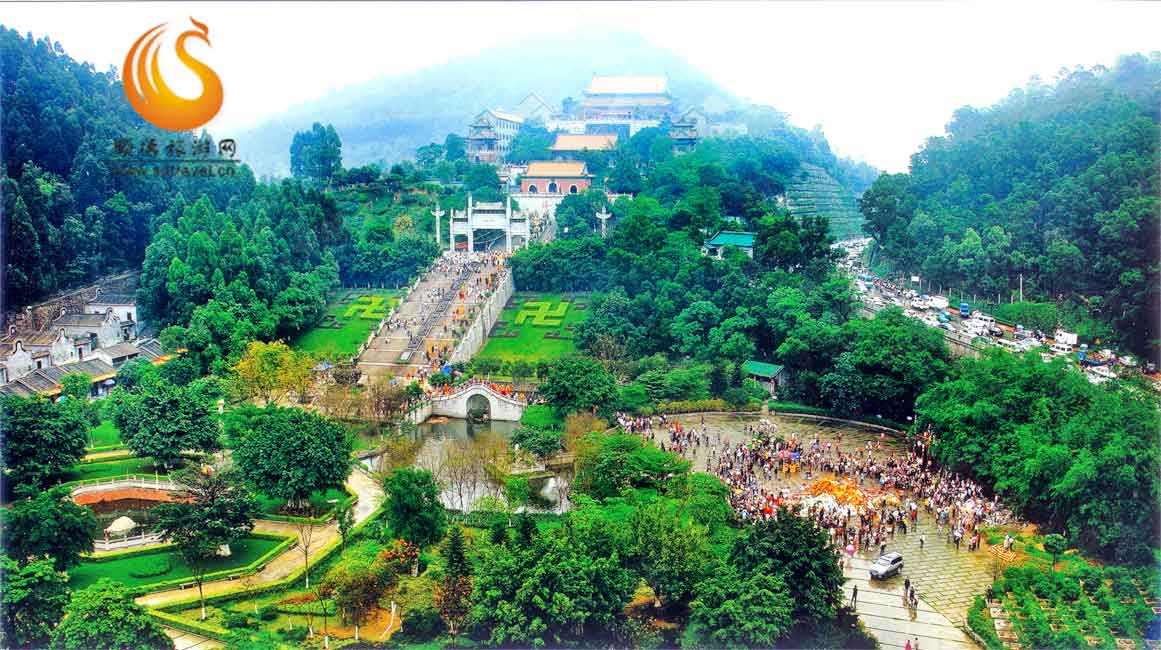
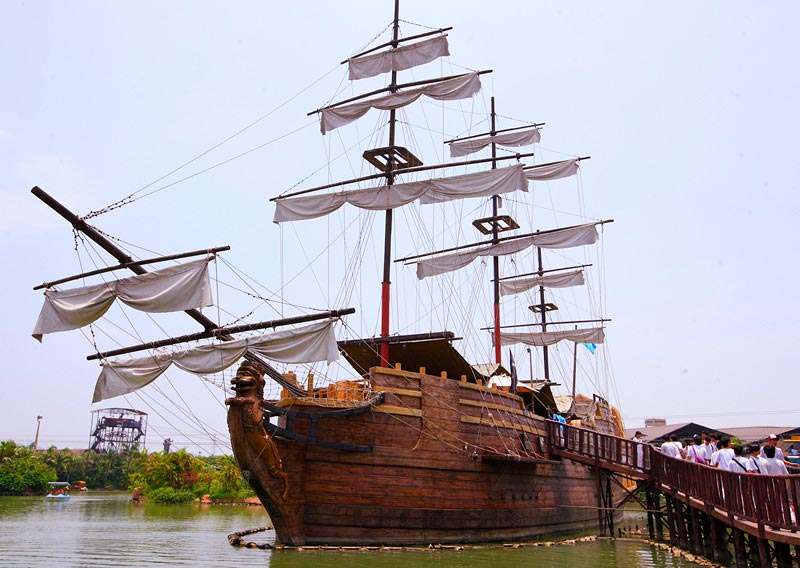
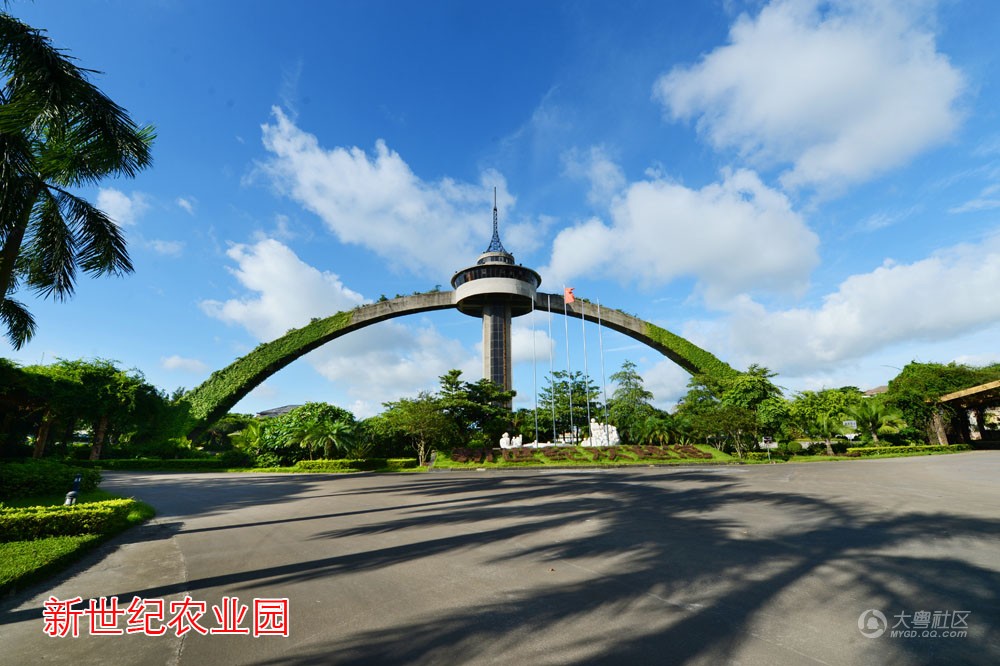
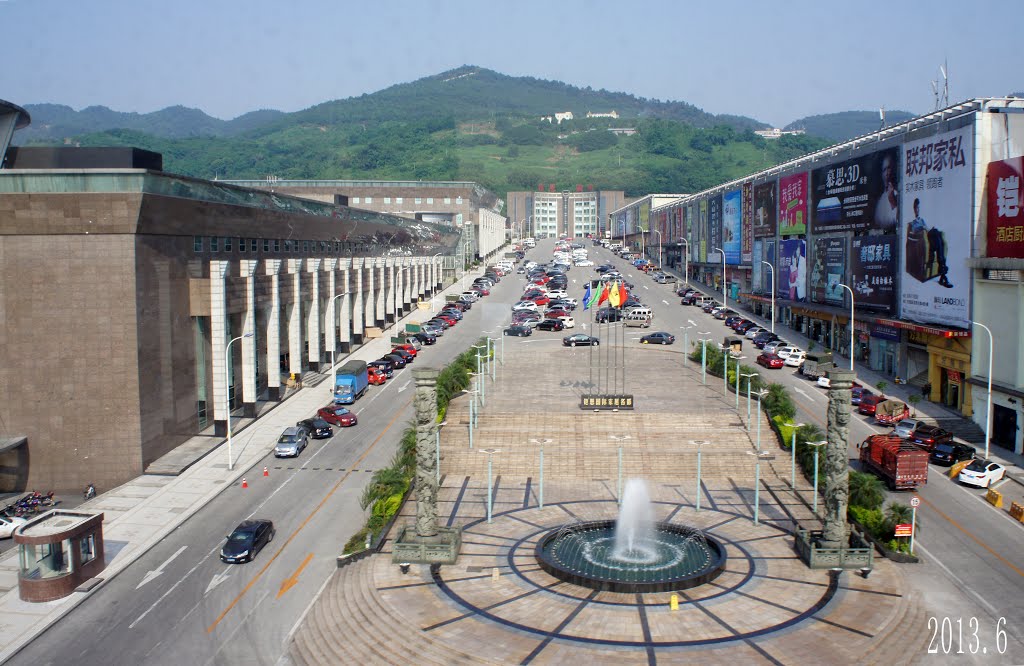
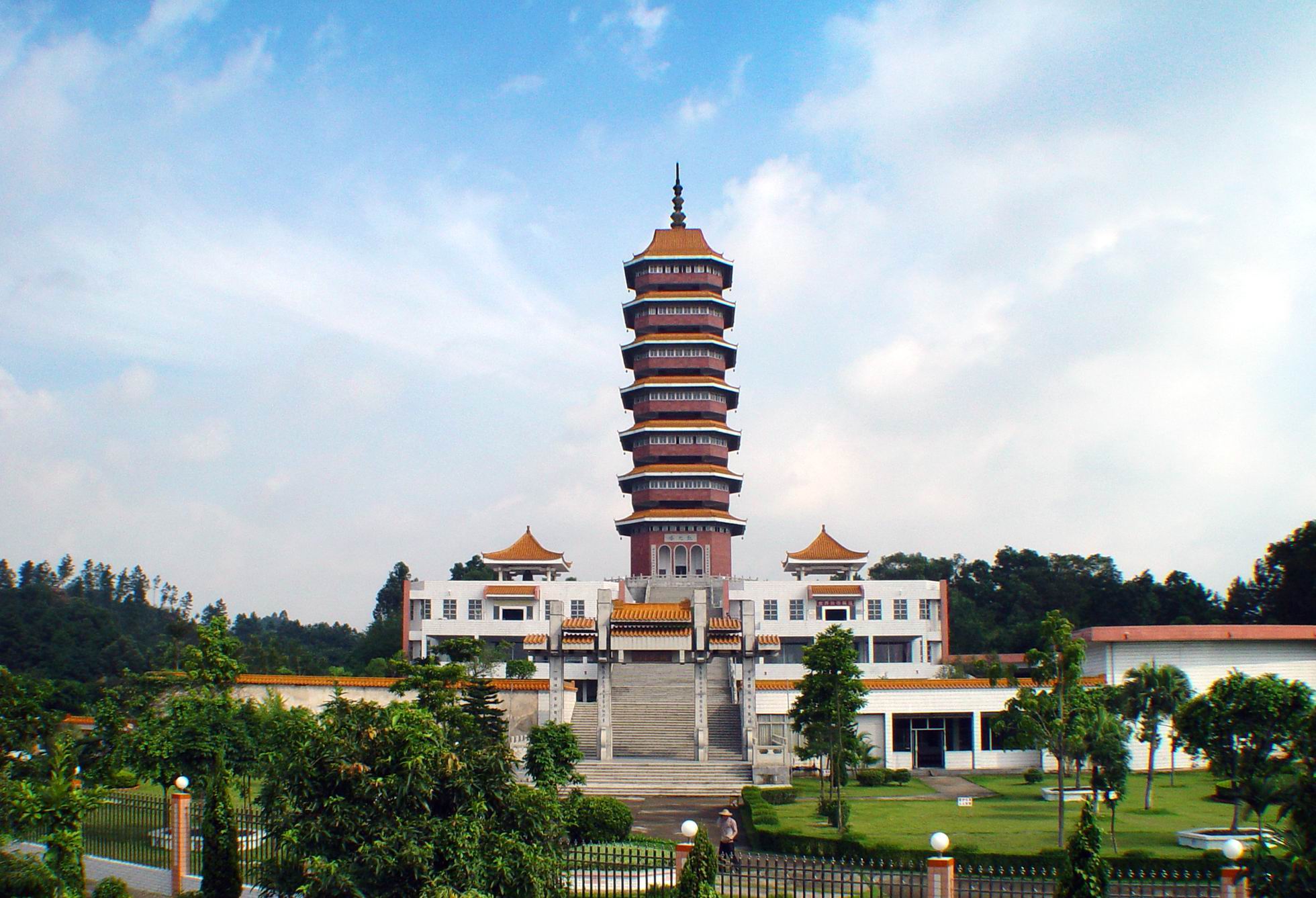
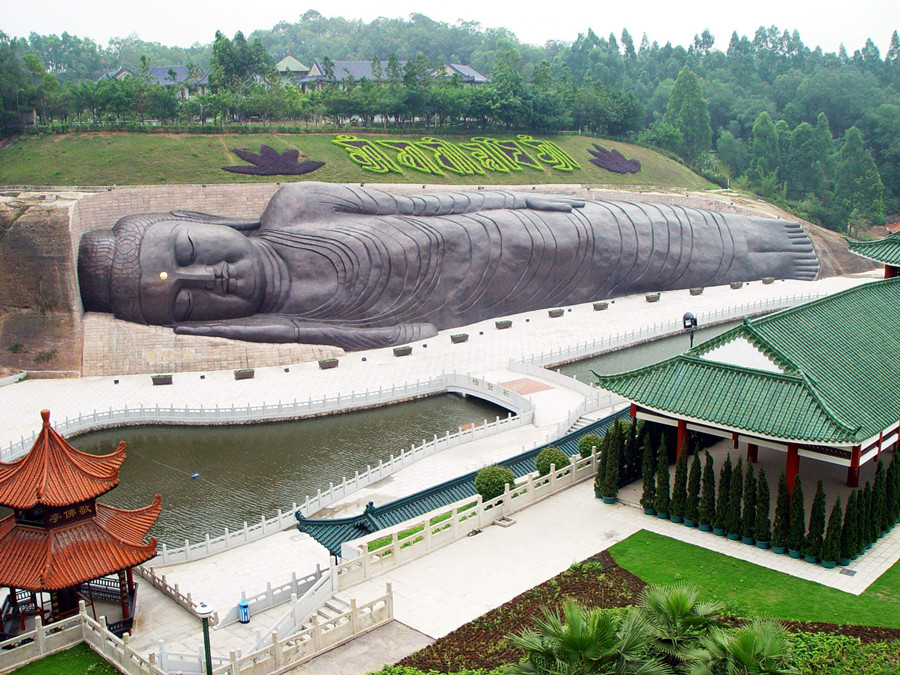
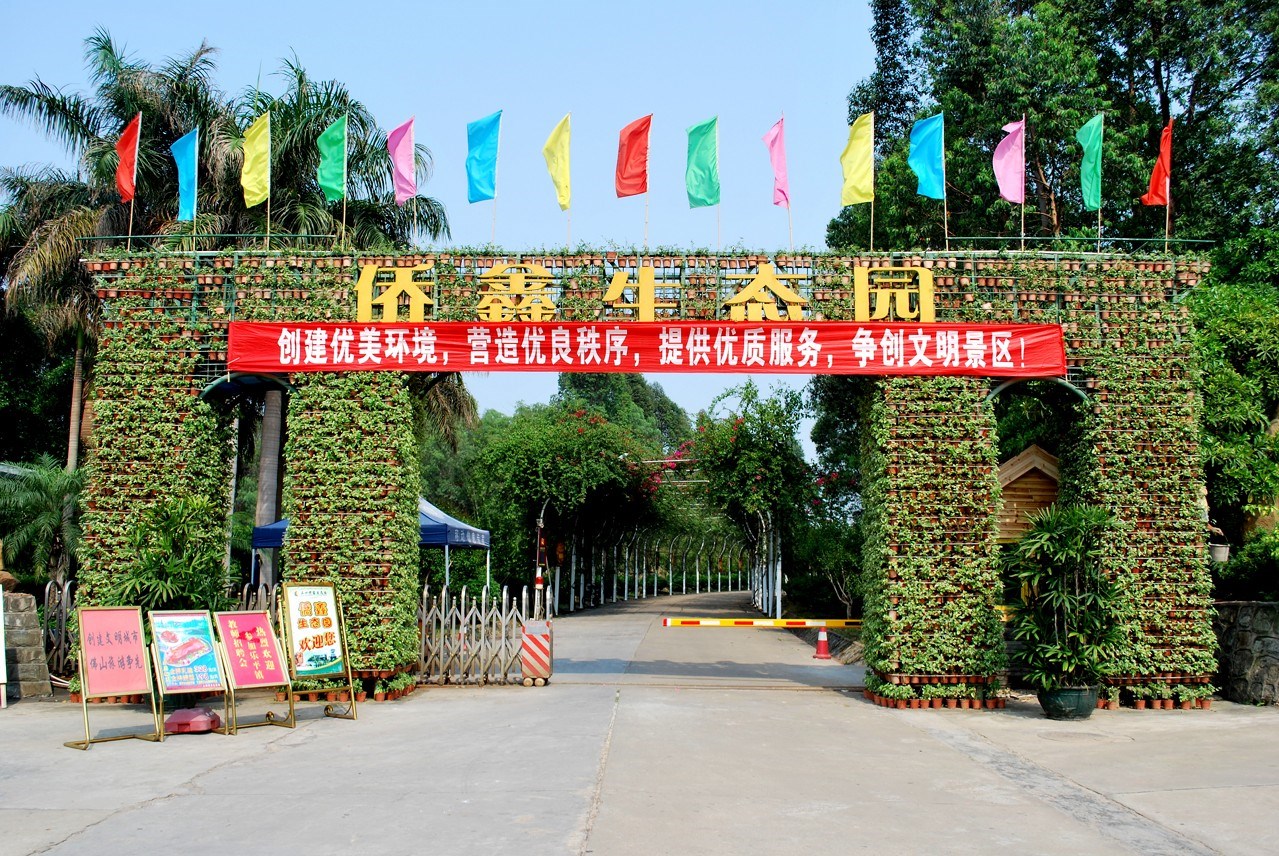
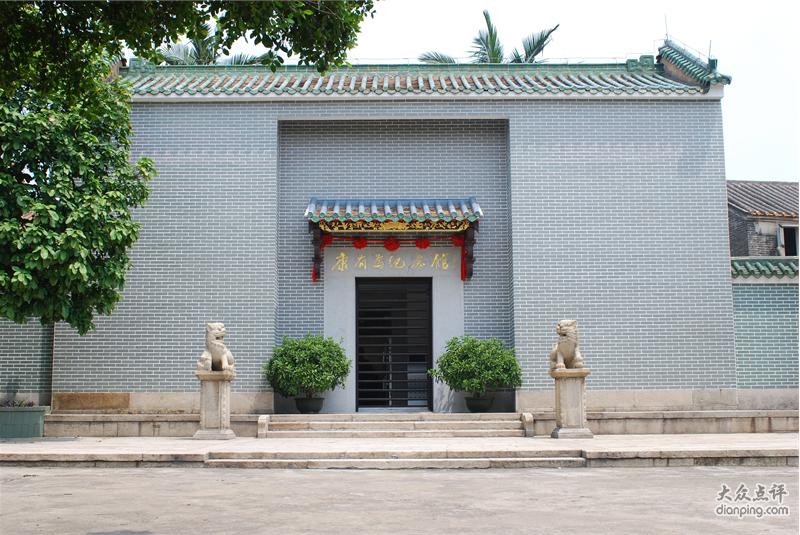
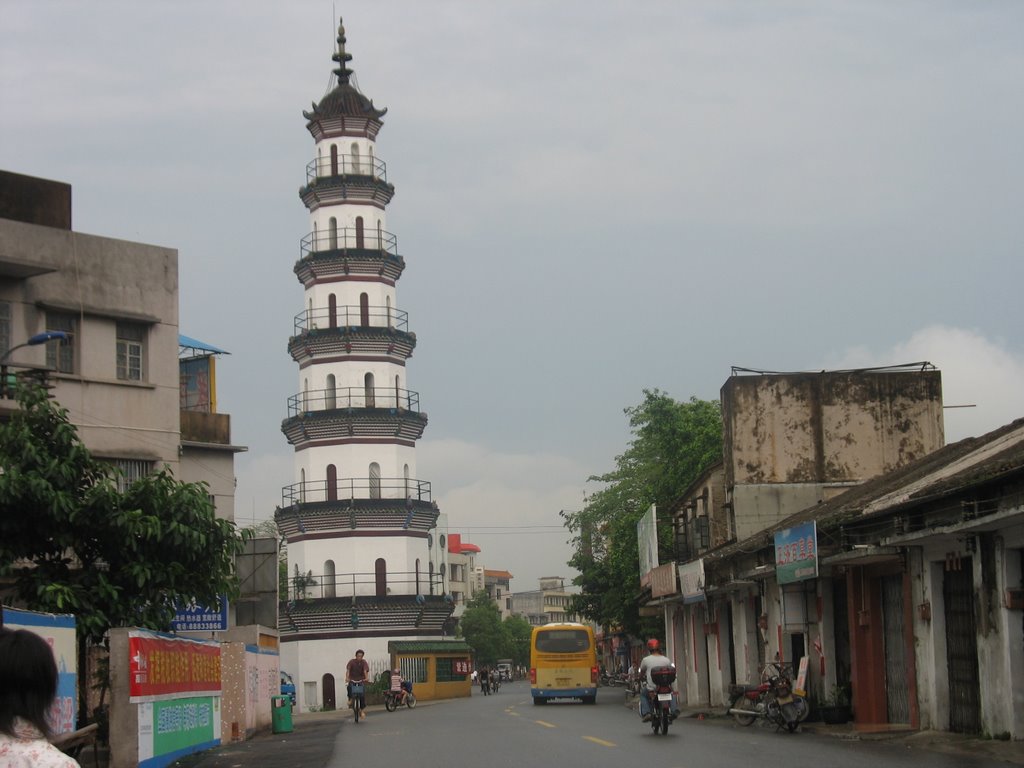
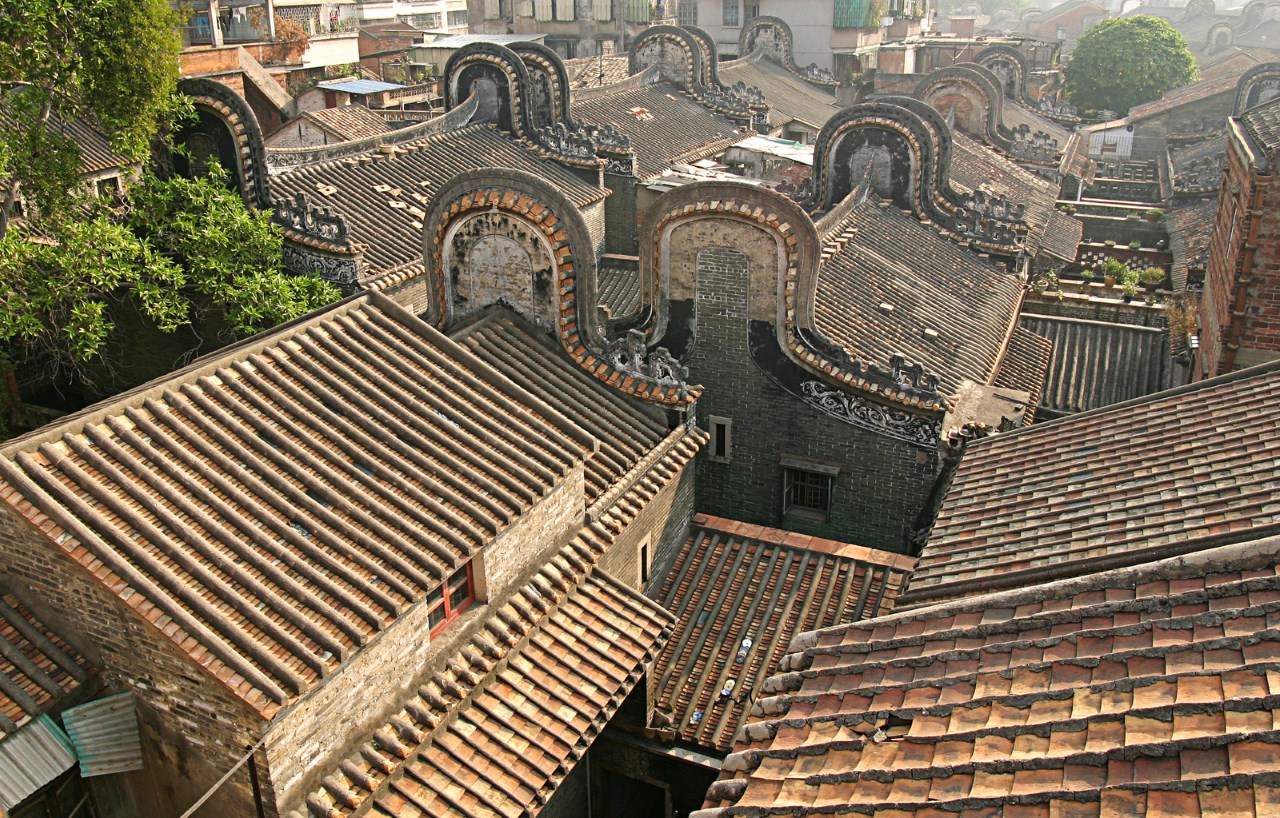

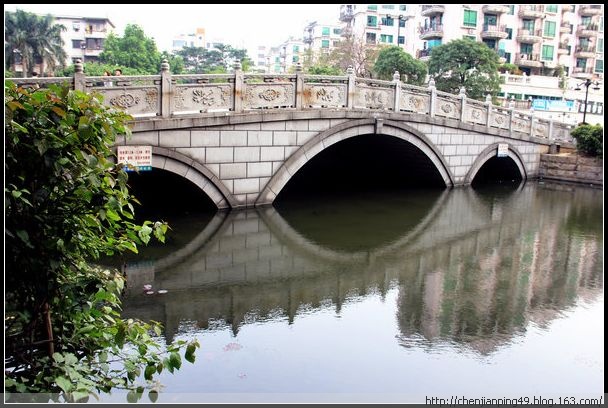
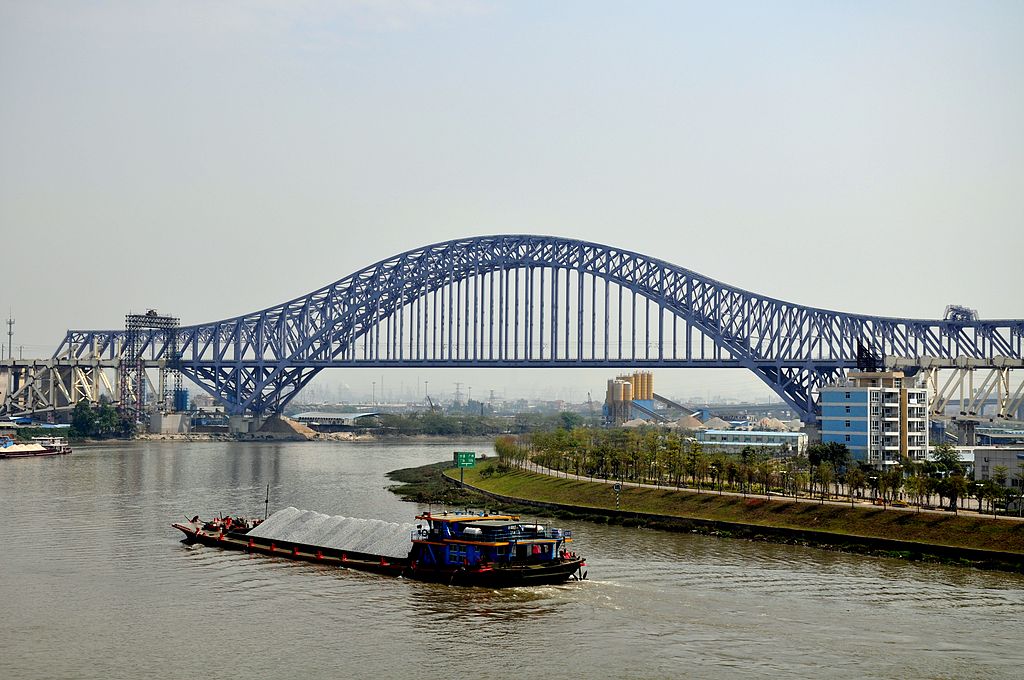
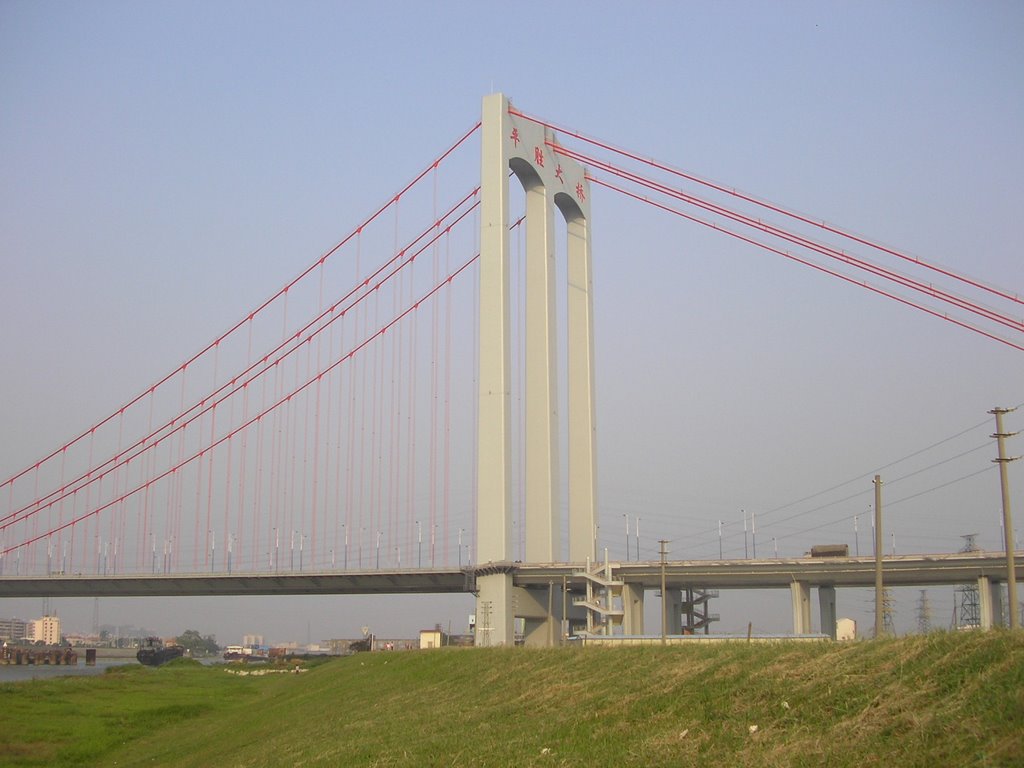
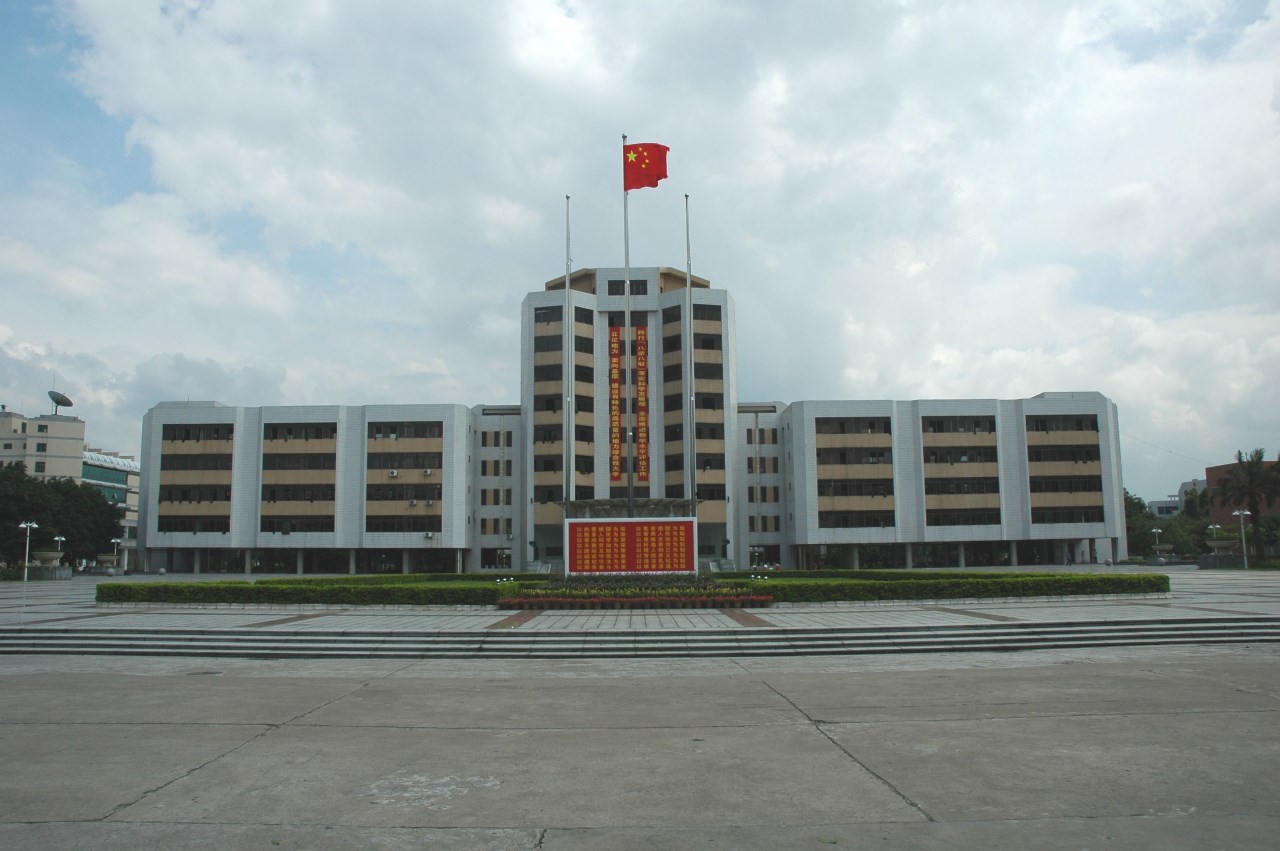
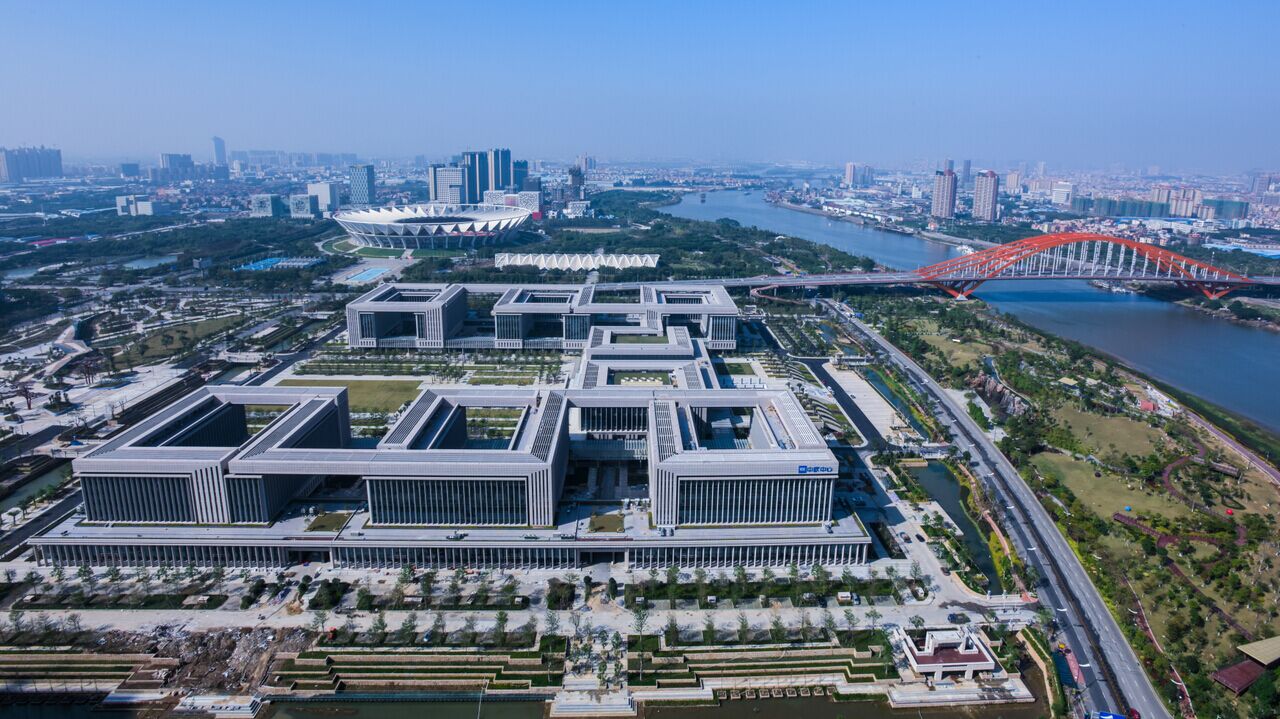
Legendary Foshan, a Dancing Lion South China
Foshan, an ancient and vigorous city, lies in the heart of the Pearl River Delta, neighboring Hong Kong and Macao, bordering Guangzhou to the east, Jiangmen and Zhongshan to the south, Zhaoqing to the west and Qingyuan to the north, enjoying a favorable geographic position and a well-developed transportation system. Foshan is fertile in soil, mild in climate, adequate in rainfall and the average temperature is 22.1 C. Foshan is a suitable place for travelers all year around.
Foshan is now administratively divided into Chancheng, Nanhai, Shunde, and Gaoming District. The total area of Foshan is 3,813.64km2 and the population is 3.4425 million. It has been honored as State Historical & Cultural City. Top Tourist City in China, "Healthy City Status", "Garden City at Country Level", "Best Practice on Human Inhabitation" by the United Nation and " Native place of Chinese Chefs".
Foshan boasts a long history. It is recorded that "Foshan was inchoative in the Jin Dynasty, and got its name the Tang Dynasty." In the second year of Zhenguan Period of the Tang Dynasty(A.D. 628), three figures of Buddha were excavated on a hillock named Tapogang. So the local people erected a stone stele engraved "Foshan" (a hill of Buddha), shortened as "chan"{Zhen). Foshan has long been a place where merchants swarmed and traffic smooth, and was famous for its textile, ceramics, foundry, medicine industry and folk arts. In Ming and Qing Dynasties, the city expanded its role as one of the "Four well known towns" and one of the "Four Distribution Centers". Foshan is the showcase of the Lingnan culture, the cradle of the Cantonese opera, the home to Chinese Kung Fu, art, delicacies, ceramics.
Foshan is also the main cradle land of Cantonese dishes, Foshanese chefs are famous for their excellent craft far and wide. It has long been said that "to eat in Canto, while good chefs come from Foshan". The artware of Foshan is superb in techniques and well-known both at home and abroad. The paper-cut of Foshan is exquisite and beautiful, bright and refined. Qiuse( autumn craft) in Foshan is lifelike and wonderful in workmanship. Shiwan ceramic sculpture is true to life and spirit. Additionally. Foshan's wood-carving, lion-craft and cake-making mold are also popular for its exquisite workmanship.
Foshan is well developed in economy, and has a solid industry base. A modemly equipped and sizable industry system has been established in Foshan. Foshan has a lot of nationally known brands and many magnificent specialty markets and exhibition halls have been set up here. Up till now, Foshan has hosted national and international expositions for many times.
Foshan is abundant in tourist resources. Apart from the state and provincial "Key Protected Relic Unit" and famous scenic area such as the Ancestral Temple, Qinghui Garden, Ancient Nanfeng Kiln, the Liangs' Garden, Sanshui Ancient Village and Nanhai Xiqao Mountain, in recent years, six scenic spots in Foshan have been named as "National Industrial and Agricultural Pilot bases ". and eight wonderful sights of "Xiqiao Diecui", "Zumiao Shengyu", "Qinghui Yuxiu", "Guzao Xinchuan", "Huahai Qiguan", "Yunshui Hexiang", "Zhaomu Lingyun and "Nanguo Taoyuan" has been selected and named as "Eight Scenic Spots" of Foshan.
Foshan is your best choice for sightseeing, recreation and tradenegotiating. Welcome you to foshan!
http://www.foshan-hotels.com/general.html
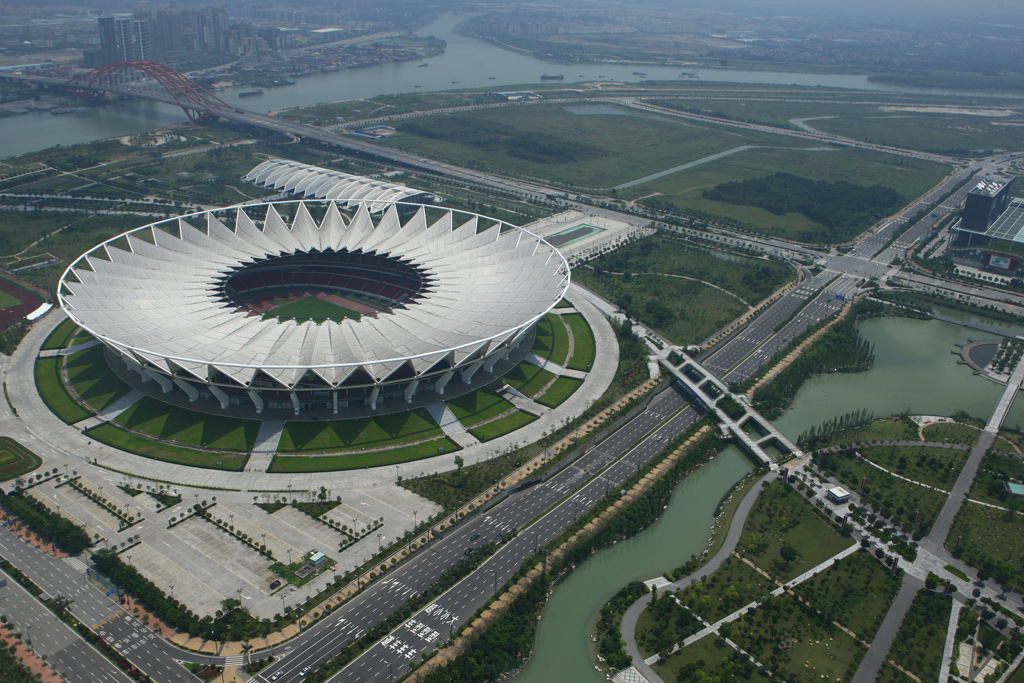
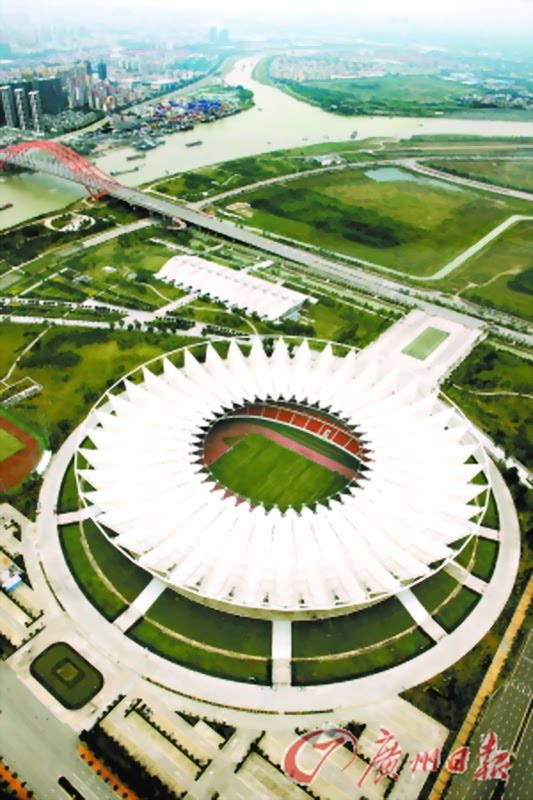
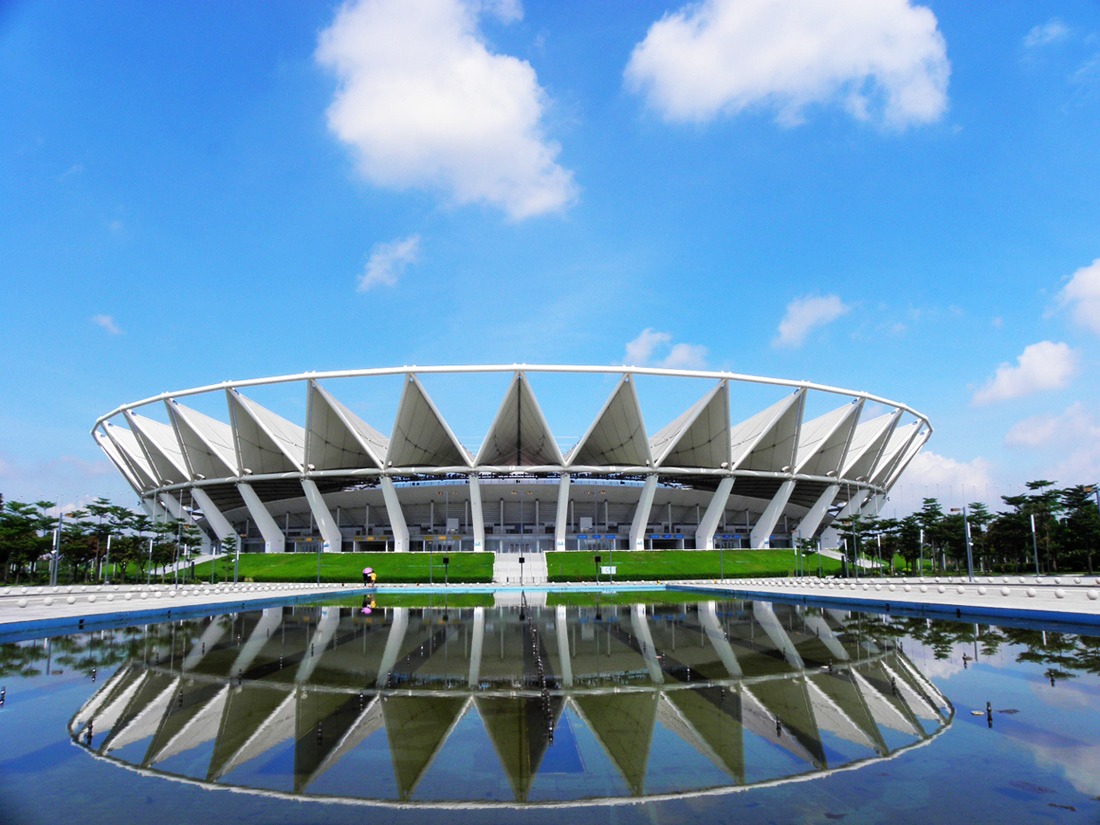
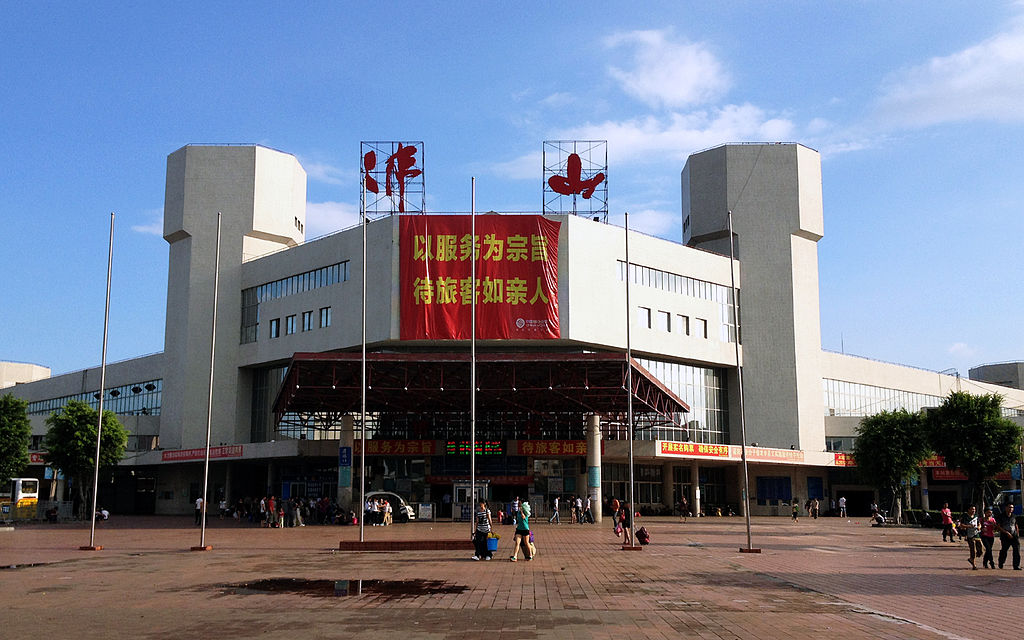
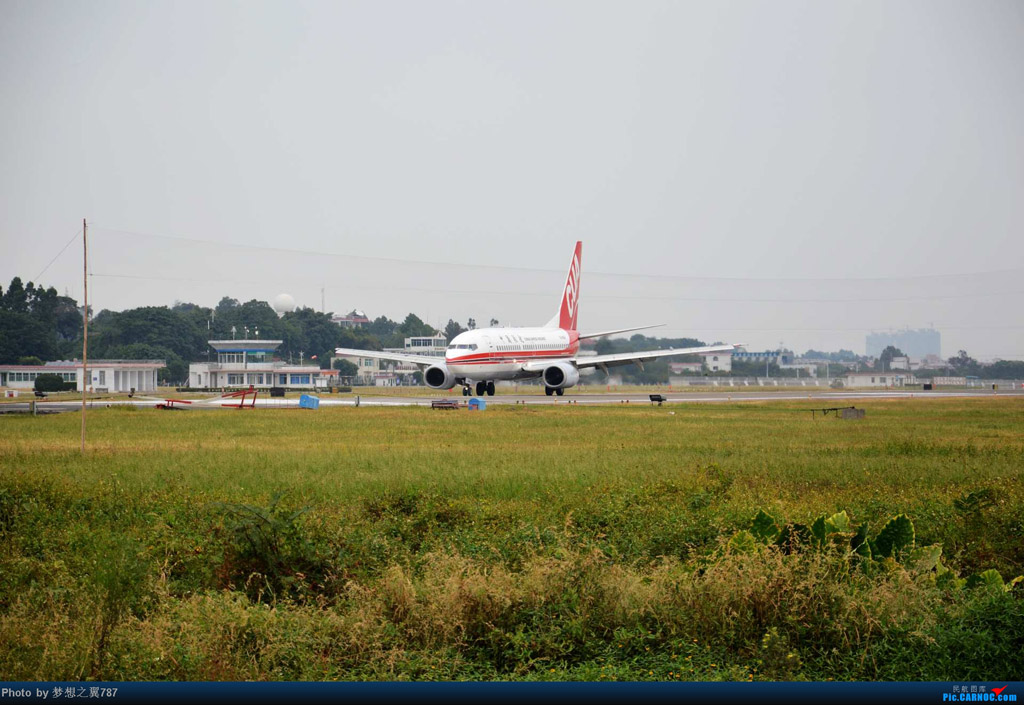
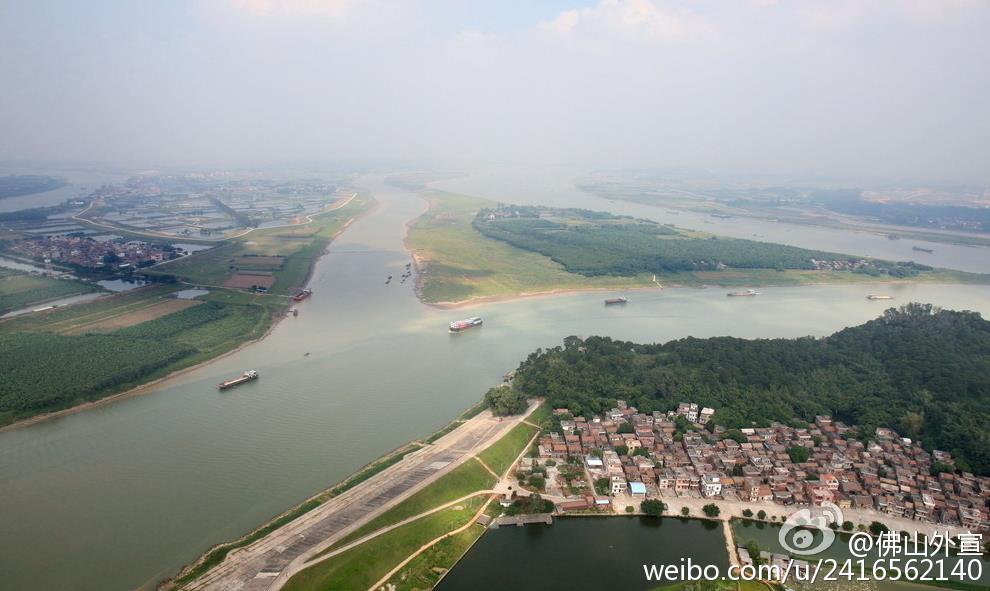
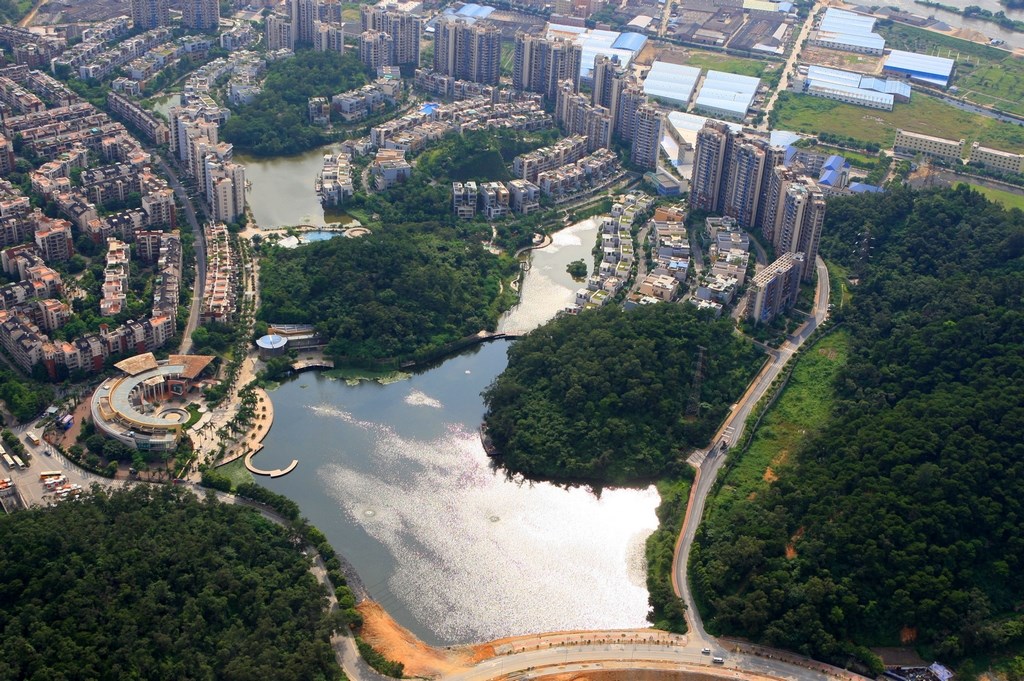
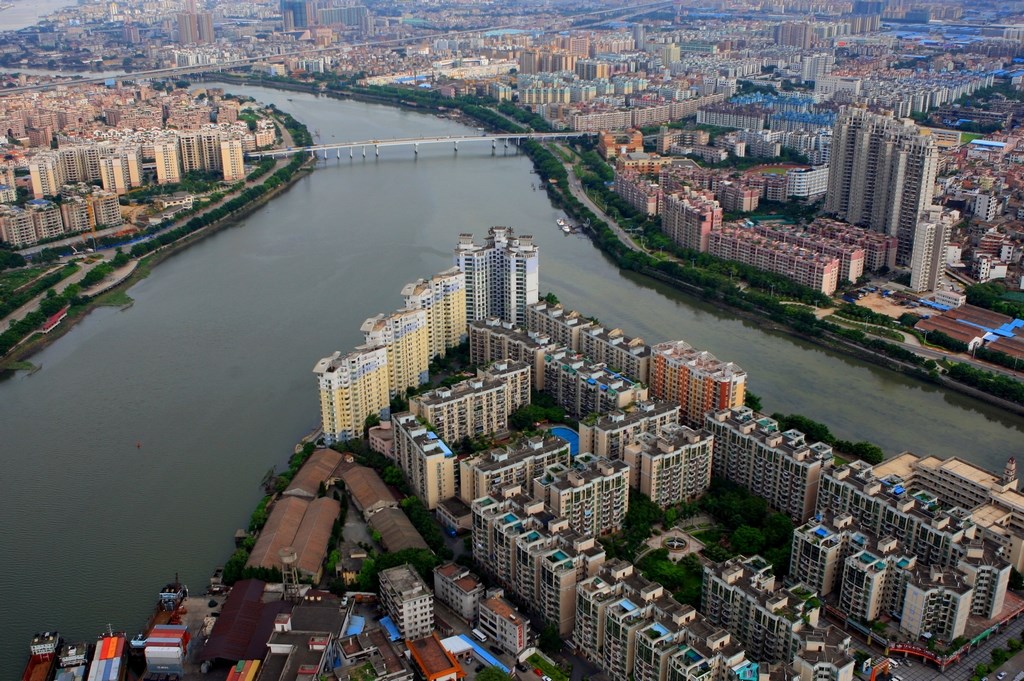
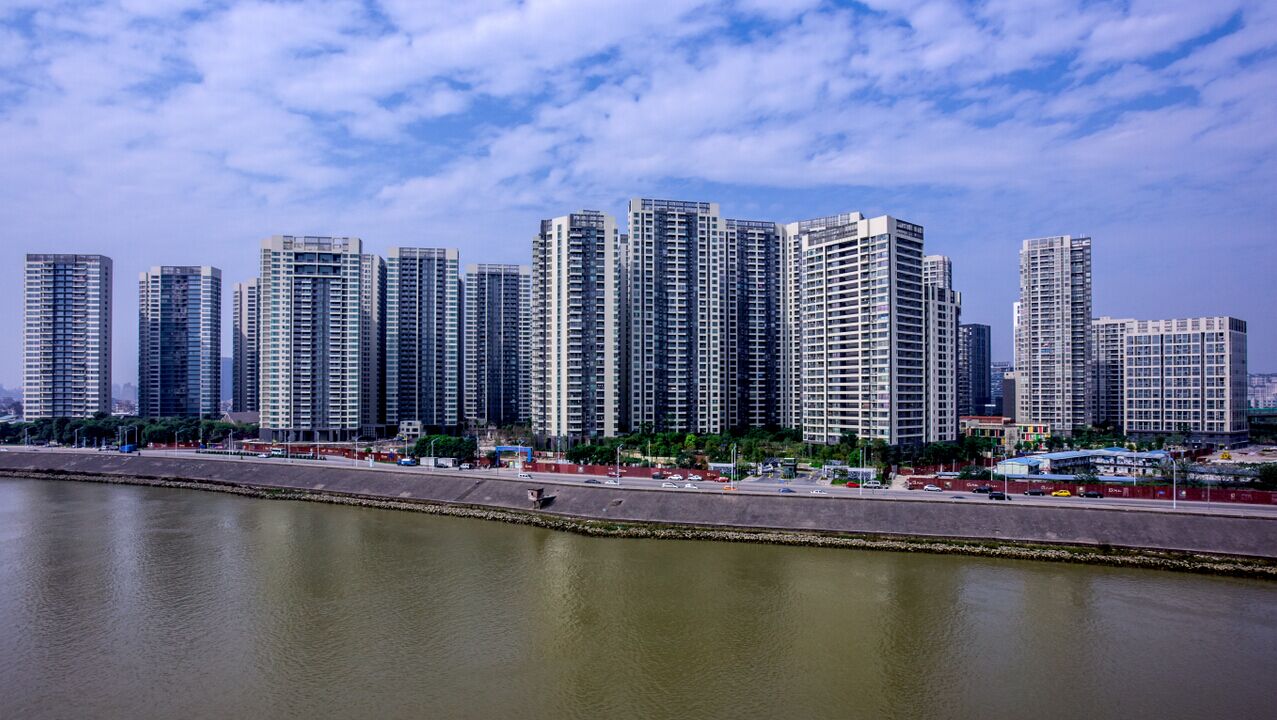
Foshán (chino: 佛山市, pinyin: Fóshān) Es una ciudad-prefectura en la provincia Guangdong, al sur de la República Popular China. Foshan está situada a 20 km al sudoeste de Cantón. Su área es de 3.813 km² y su población es de 7,26 millones.
La ciudad tiene fama de siglos en artes manuales y en cerámicas vitrificadas, especialmente en tejas muy elaboradas.
Toponimia
Los caracteres de la ciudad (佛山市) traducen literalmente a "La ciudad del monte Buda"
Historia
Foshán tiene una larga historia que se remonta a unos 5.000 años. Su nombre lo adquiere de las tres estatuas de Buda descubiertas en esta área durante la dinastía Tang. La ciudad ha sido famosa durante muchos siglos por la industria de la porcelana. Debido al clima templado con abundantes lluvias ha sido centro de pesca y agricultura.
Clima
Debido a su posición geográfica,los patrones climáticos en la siguiente tabla son los mismos de Cantón.
http://es.wikipedia.org/wiki/Foshan
http://en.wikipedia.org/wiki/Foshan
http://zh.wikipedia.org/wiki/佛山市
Pinche para ver las Fuentes seleccionadas
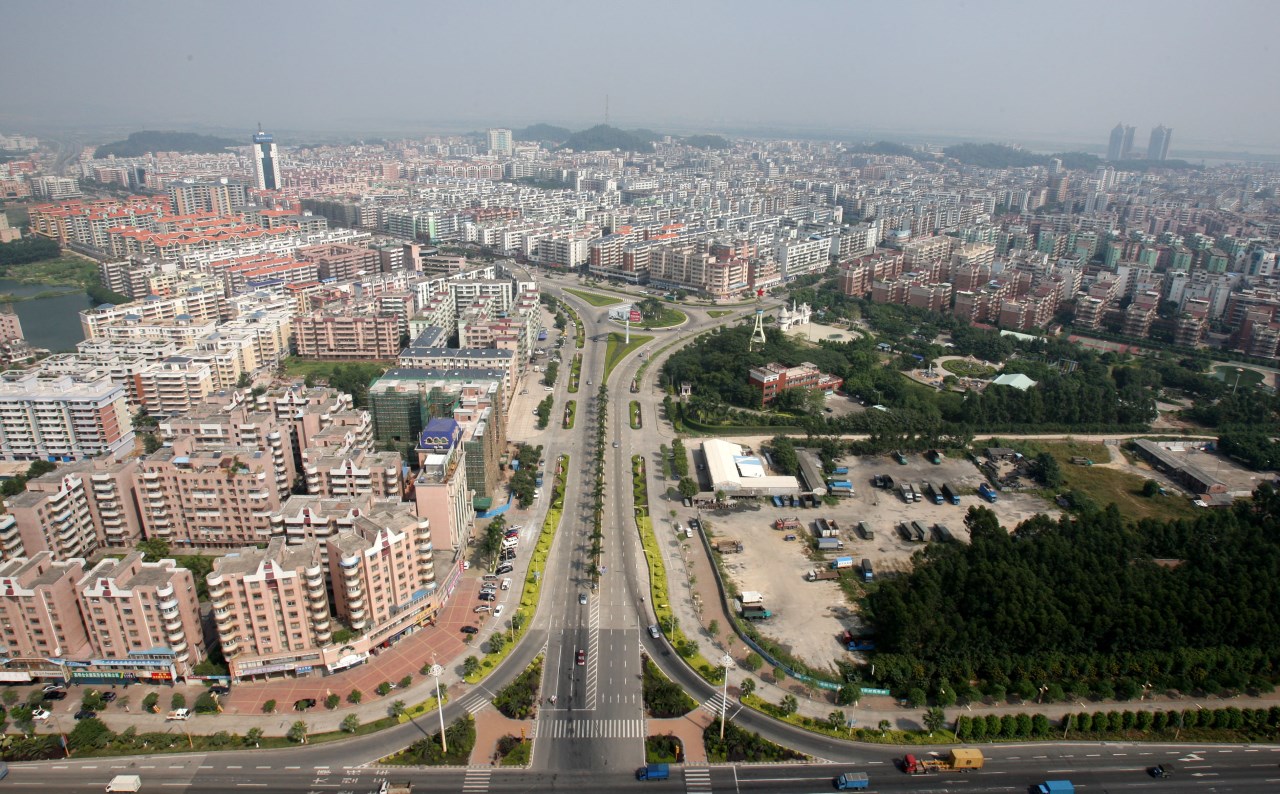
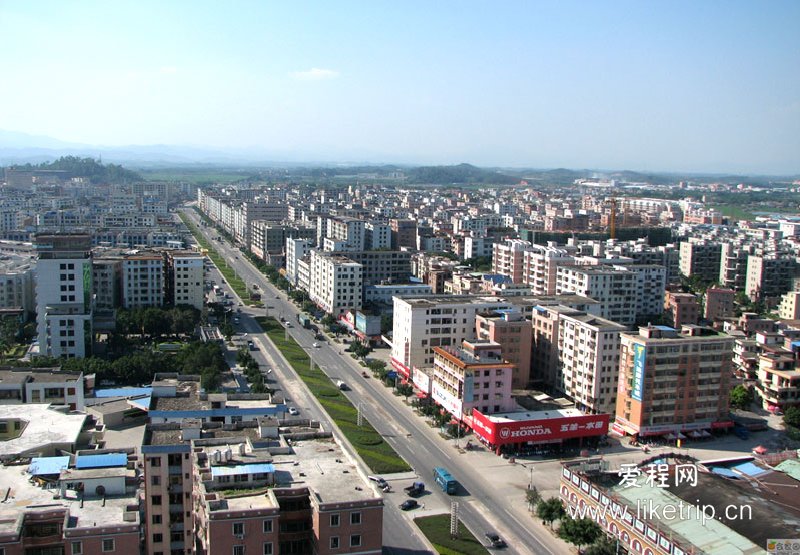
Vídeo:
Web recomendada: http://www.foshan.gov.cn/
Contador: 12815
Inserción: 2015-04-06 21:08:47
Lugares a visitar en un radio de 100 km (en línea recta)
Mapa de los lugares a 100 km (en línea recta)
Mostrando Registros desde el 1 hasta el 0 de un total de 0
Visitas |
Más visitados Basílica de San Marcos 154850 Catedral de Notre Dame (París) 144160 Torre de Pisa 131512 Monte Saint-Michel 100624 Presa de las Tres Gargantas 81436 |
Incorporaciones |
Comentarios hazola Cúpula de la Roca gracias me... gera Buenos Aires las mejores fotos de la mejor ciudad del... Daniel M. - BRASIL San Francisco ... PEQUE Presa Chicoasén SERA QUE ALGUIEN ME PUEDE DAR MAS INFORMACIÓN DE ESTE PROYECTO ESTUDIO EN LA UNACH Y ES PARA UN... Mery Huaca Pucllana Muy interesante, muy buena la información y... |
 Tweet
Tweet


